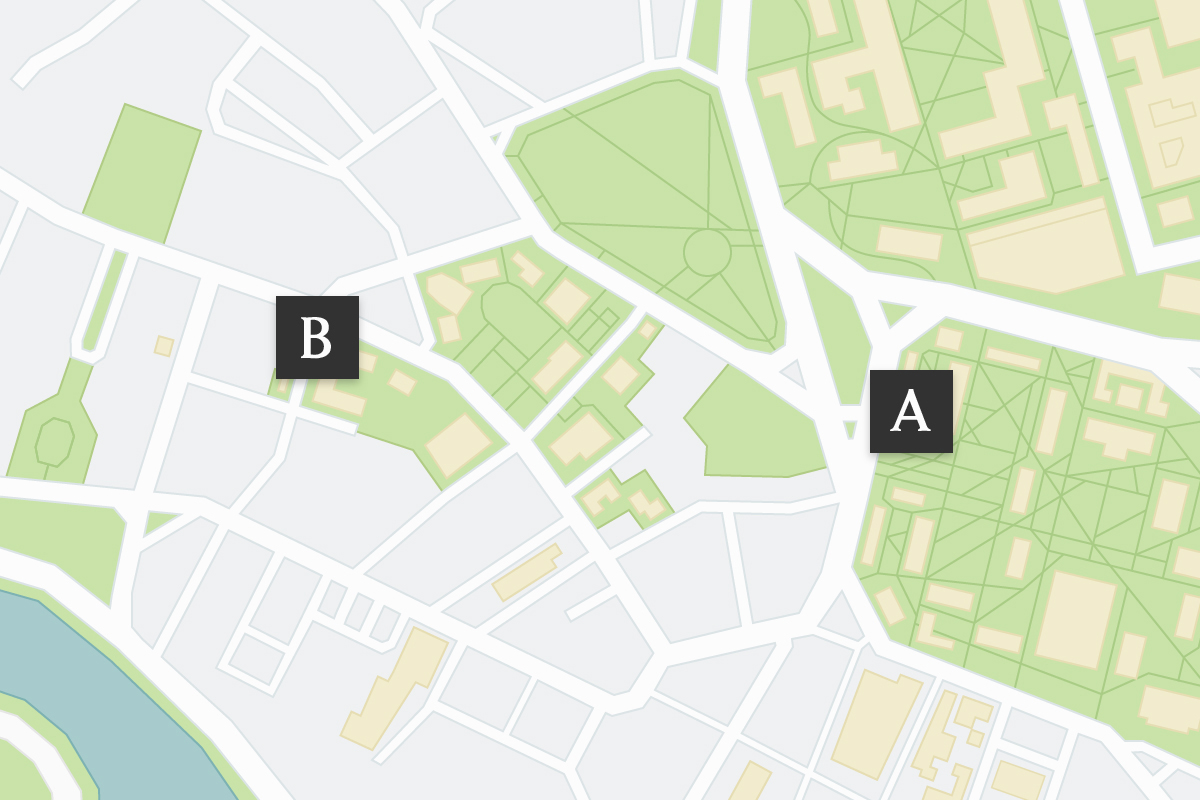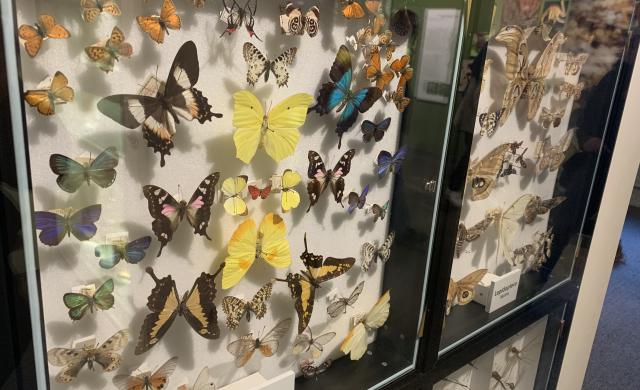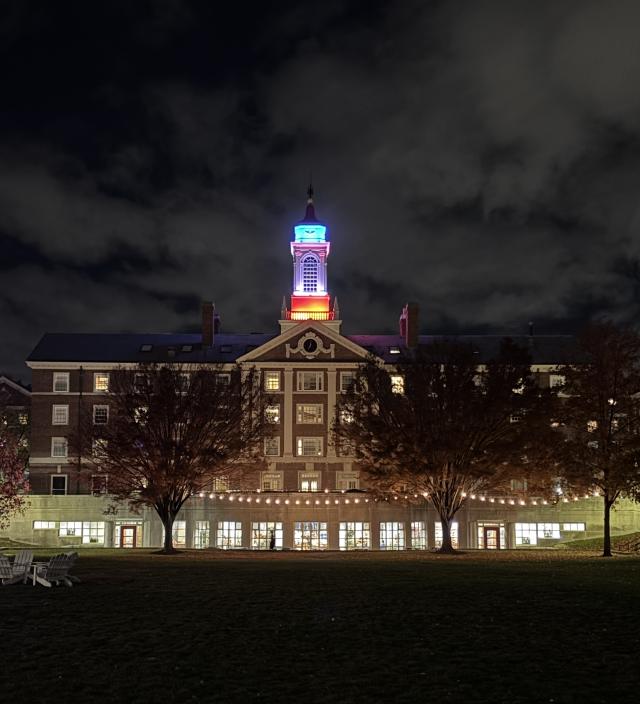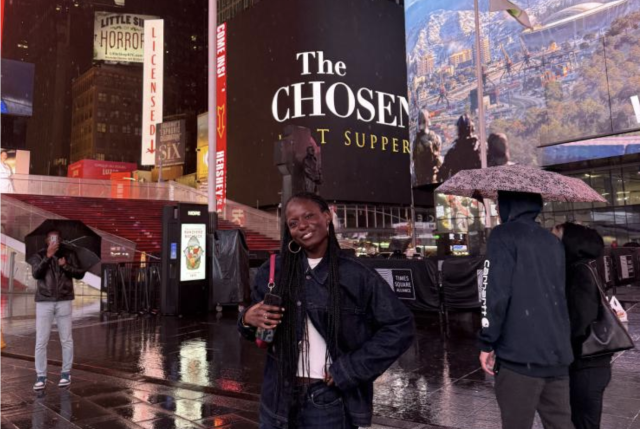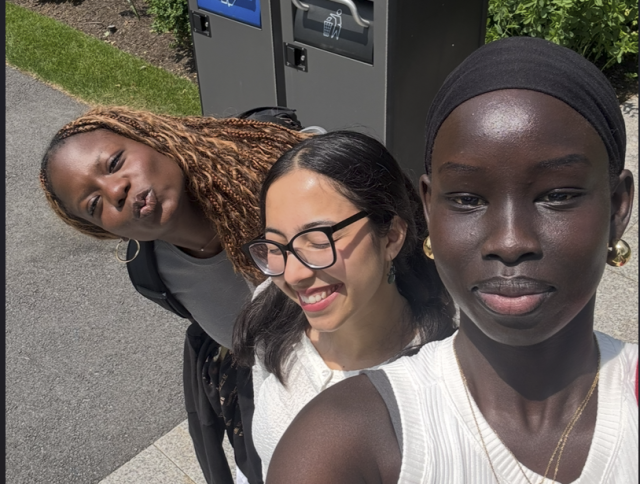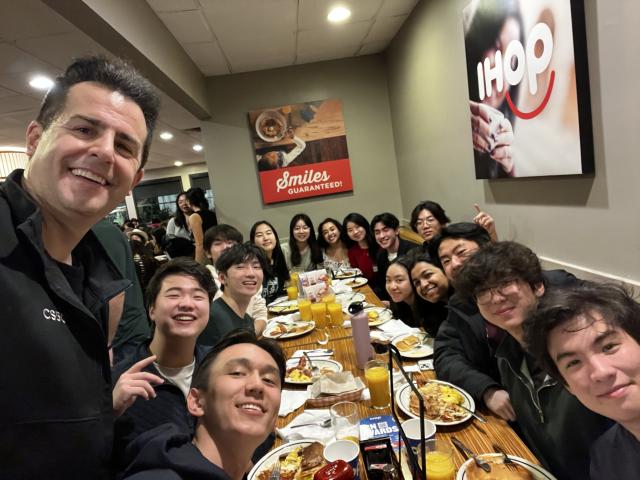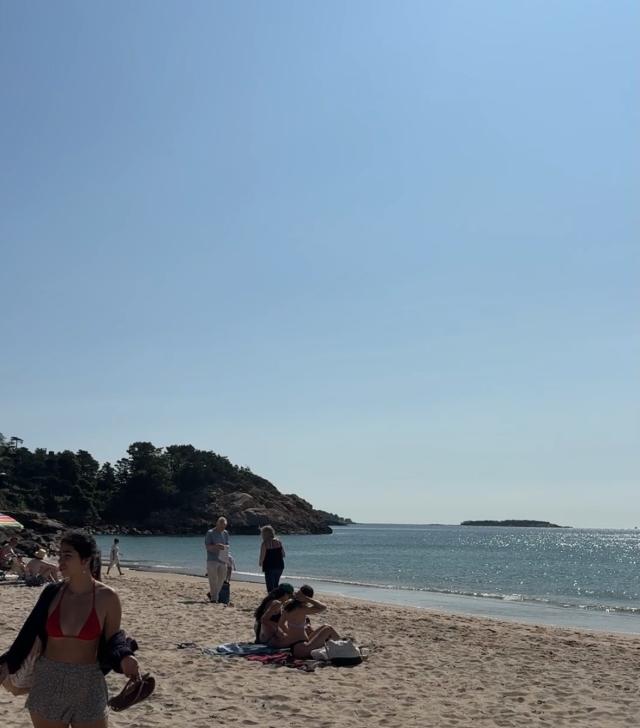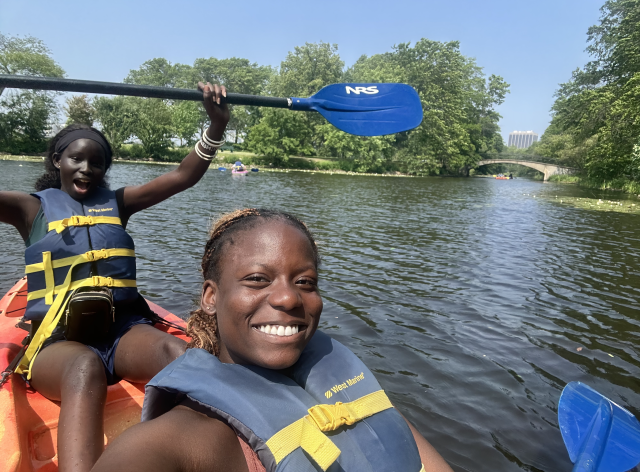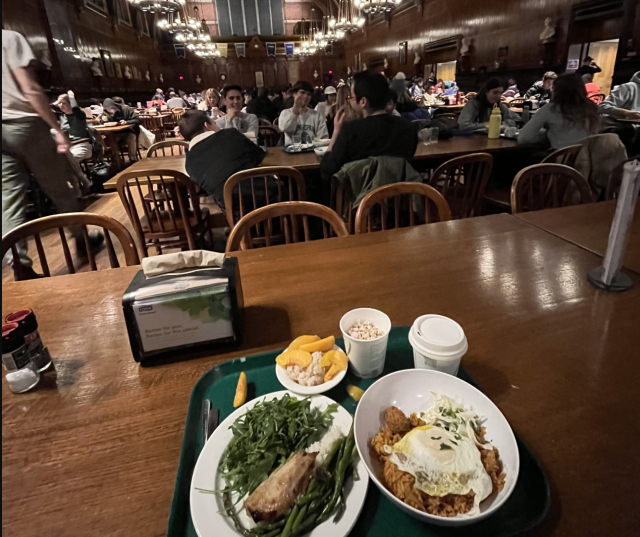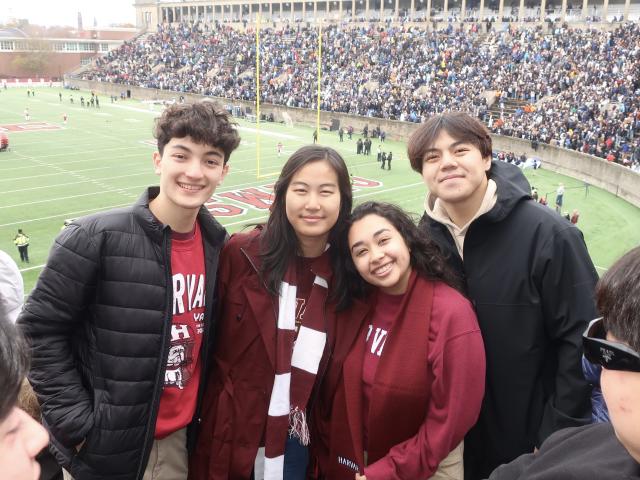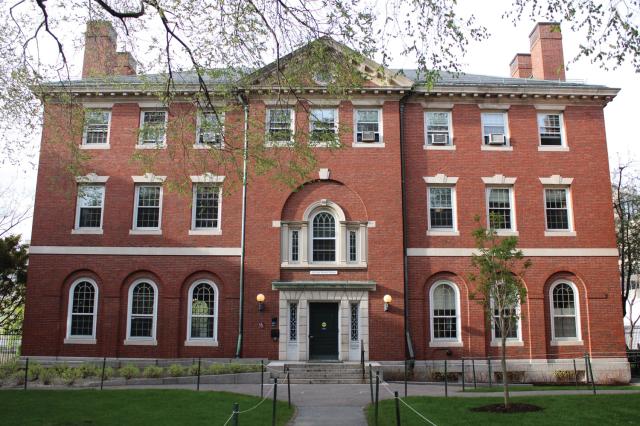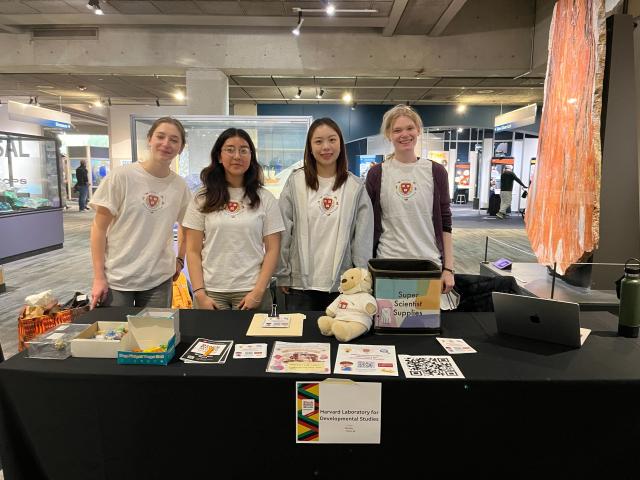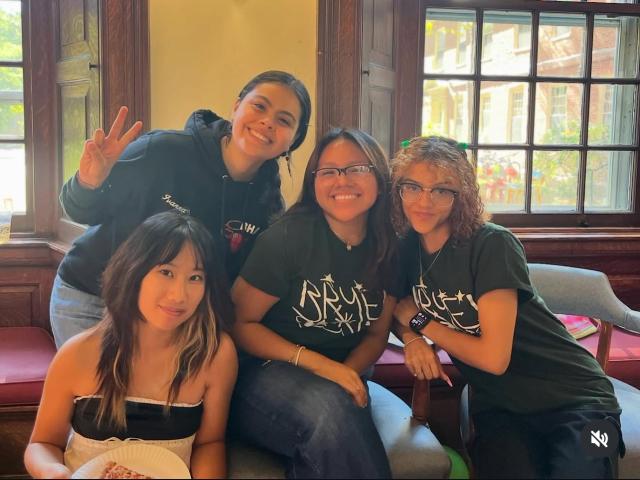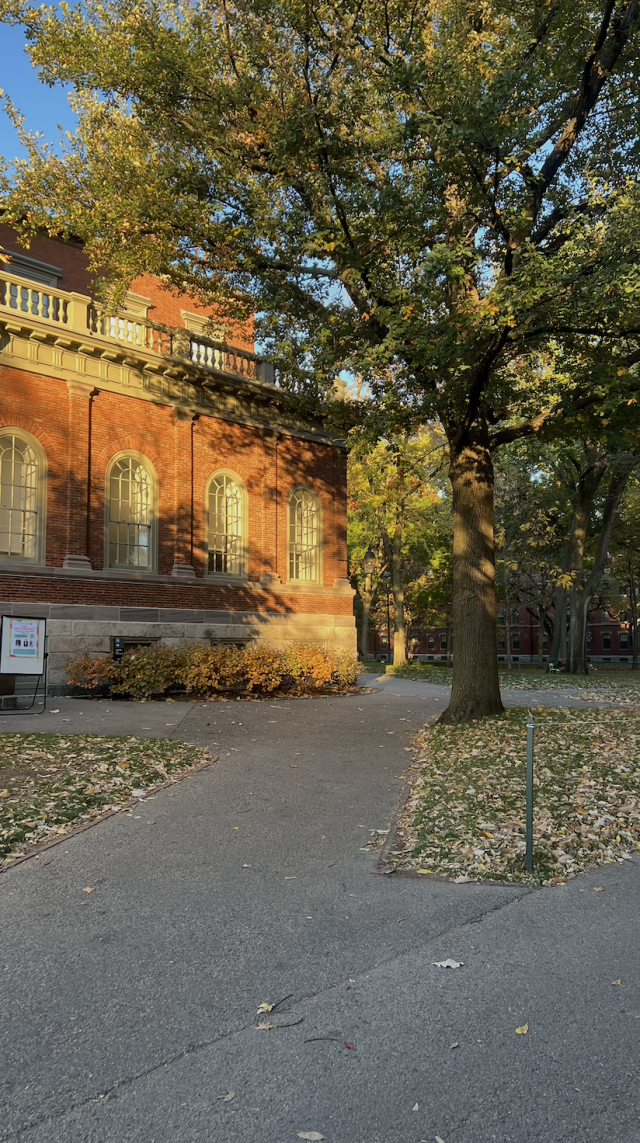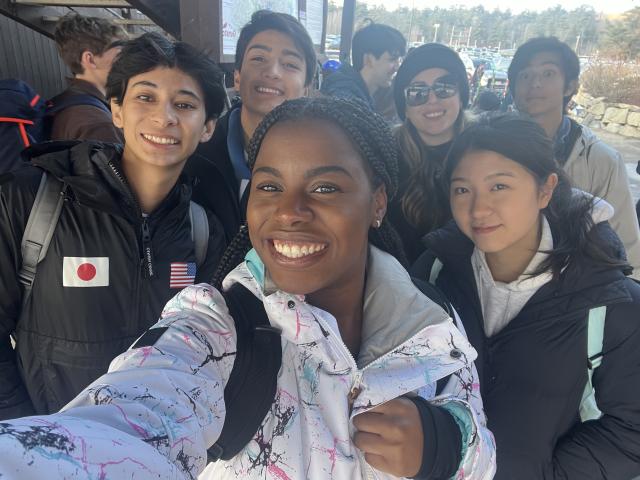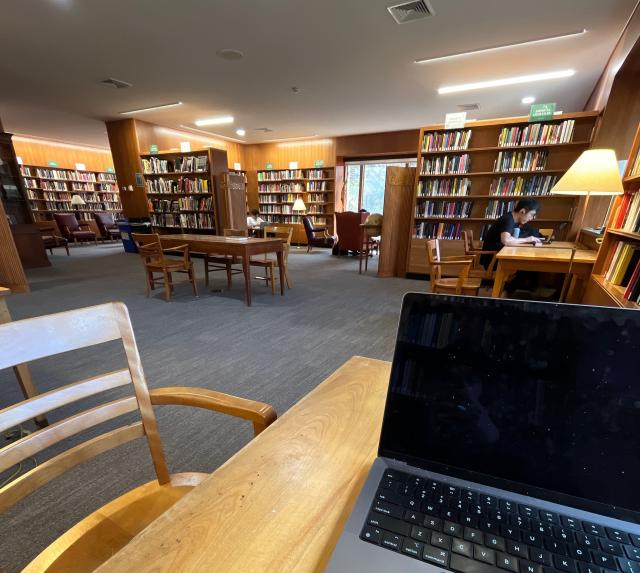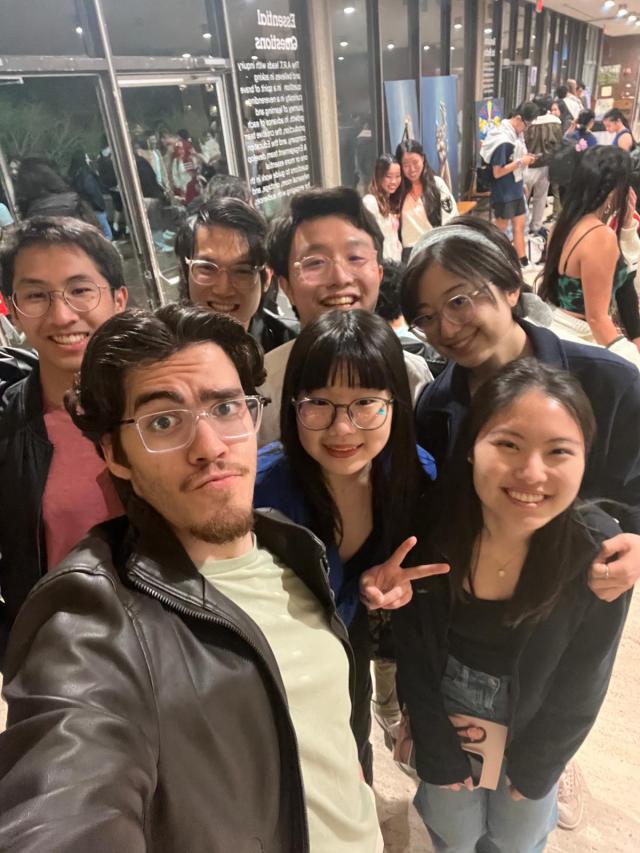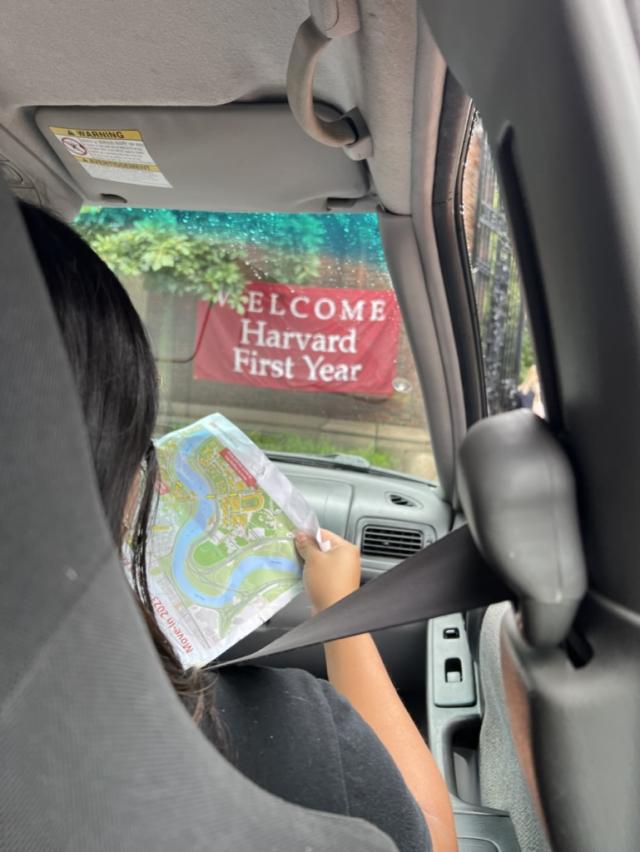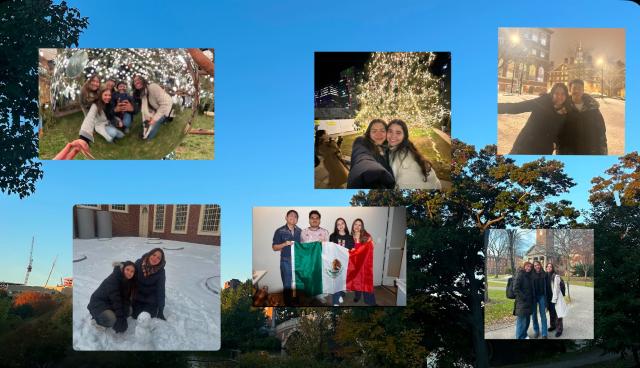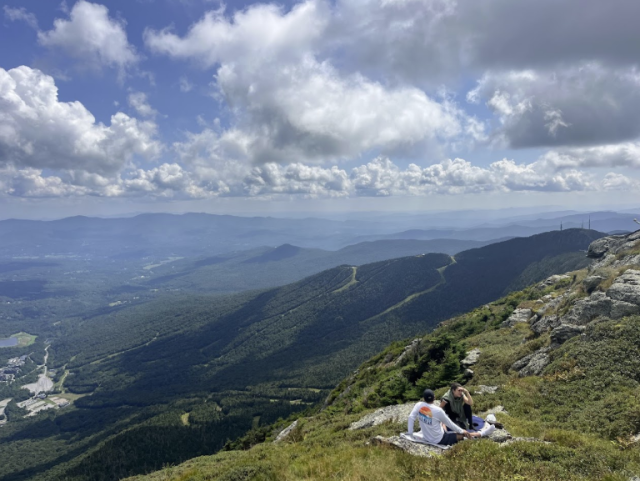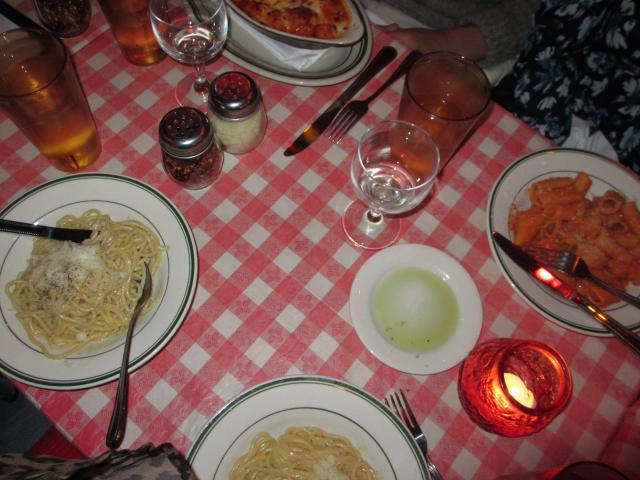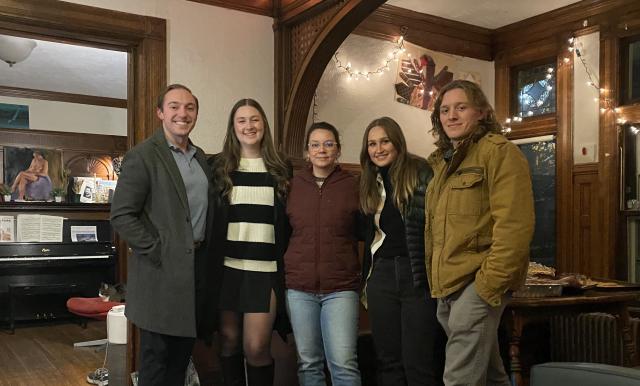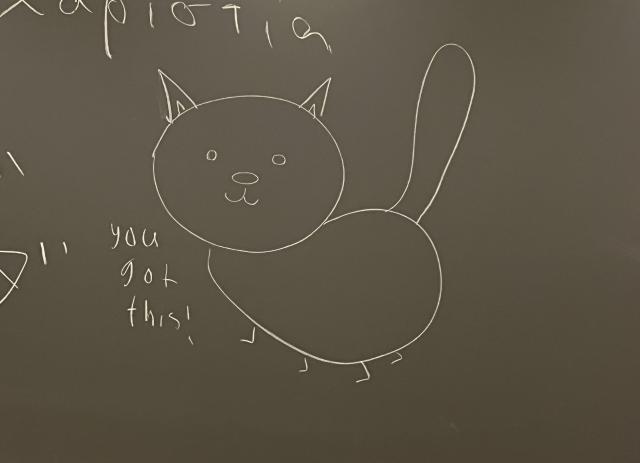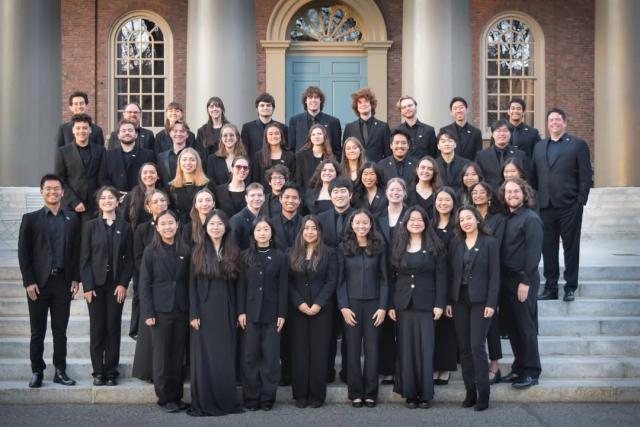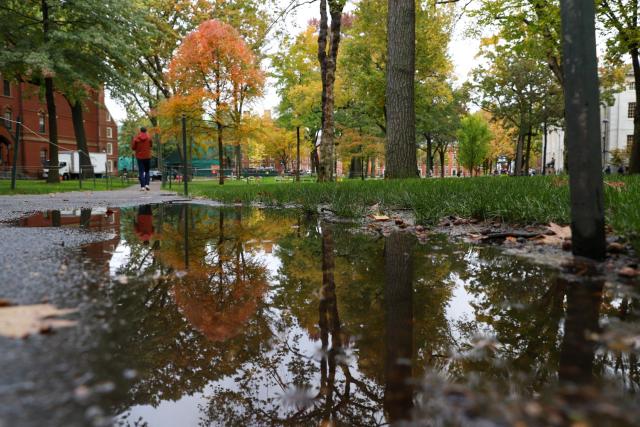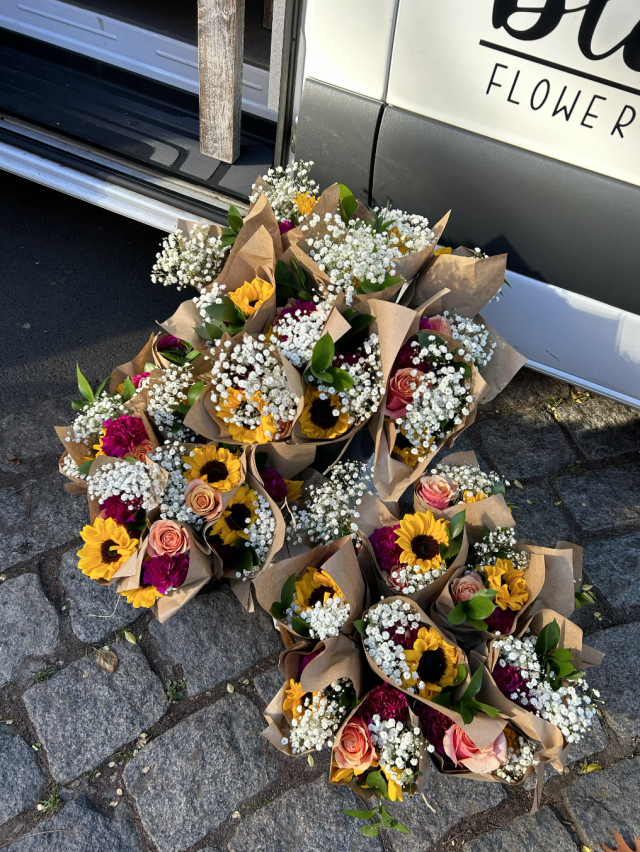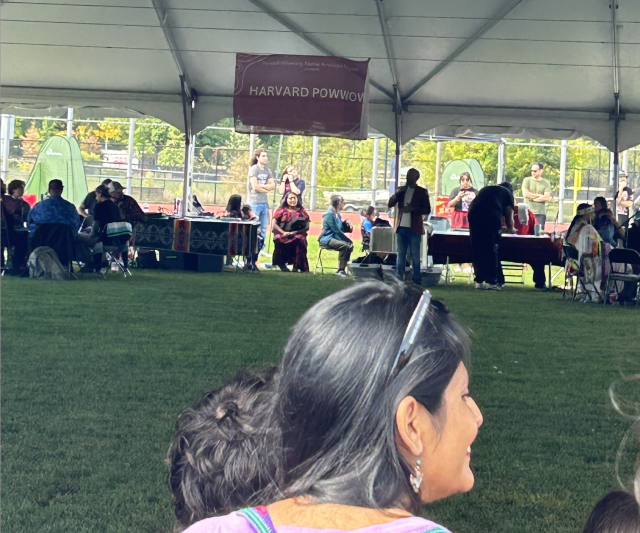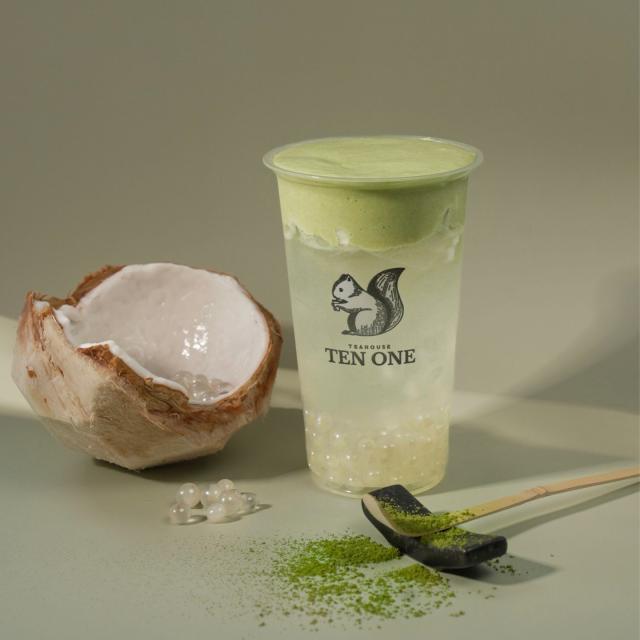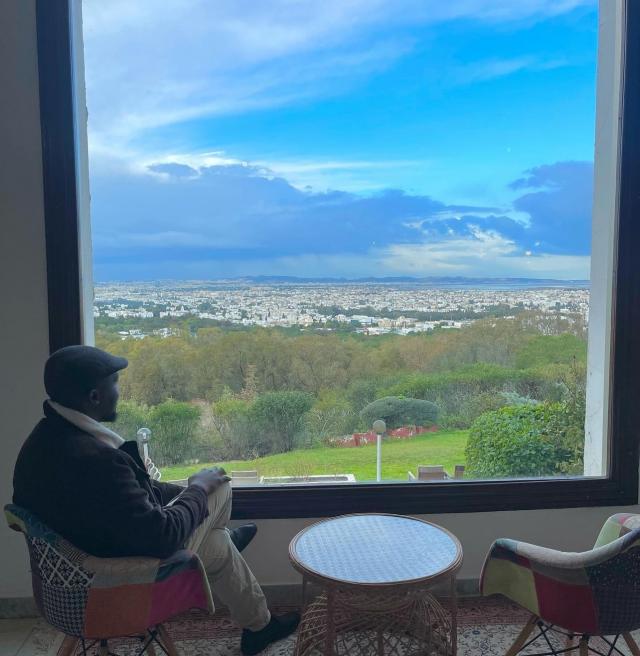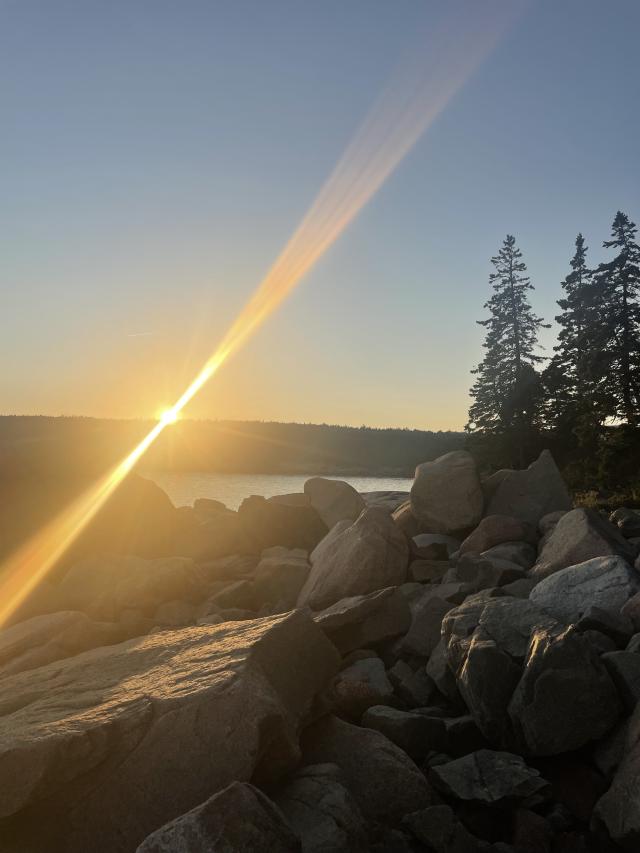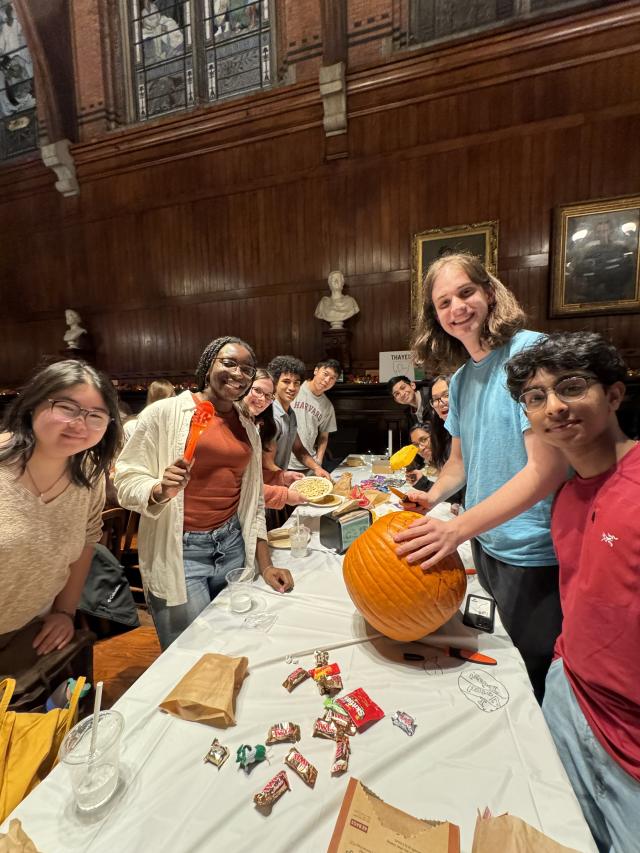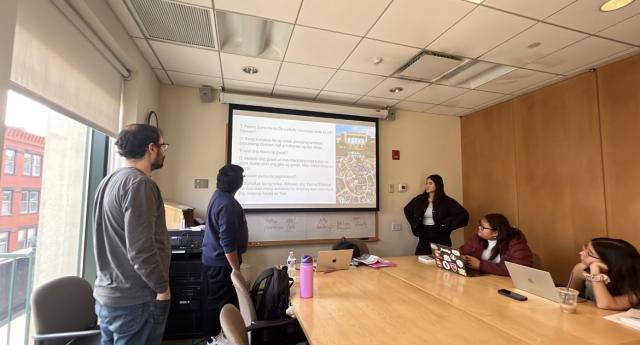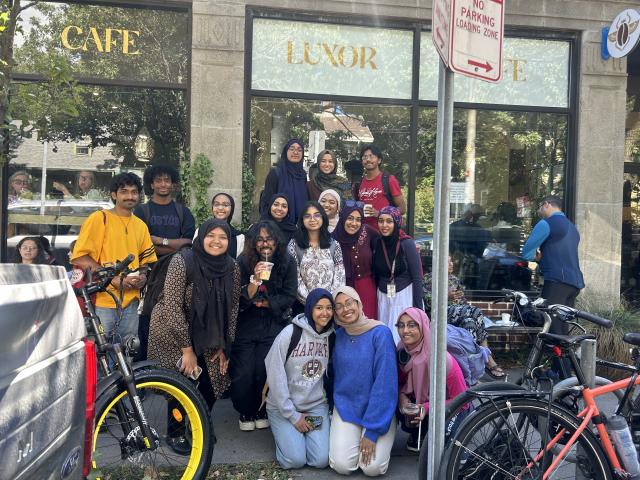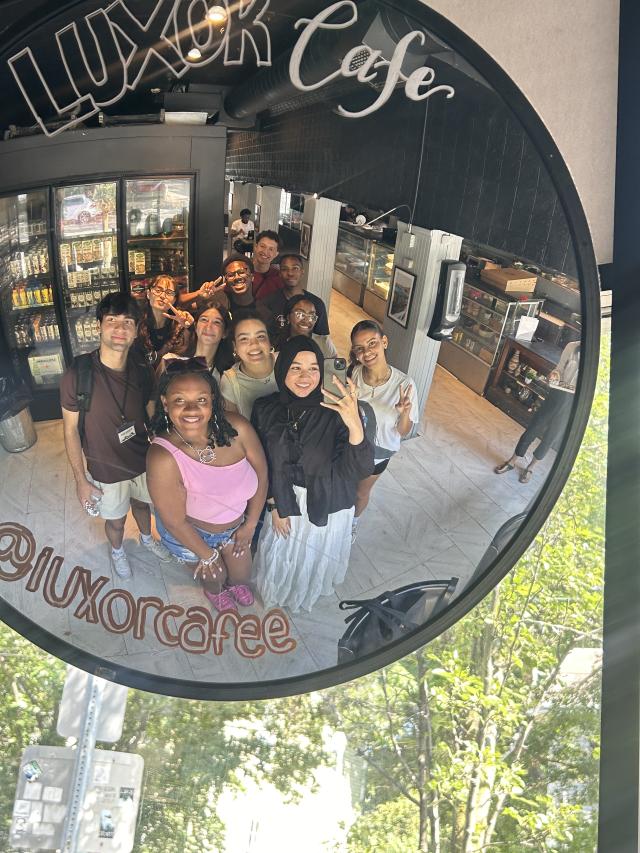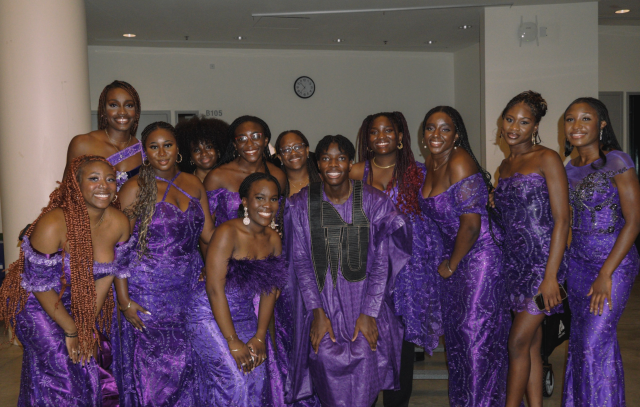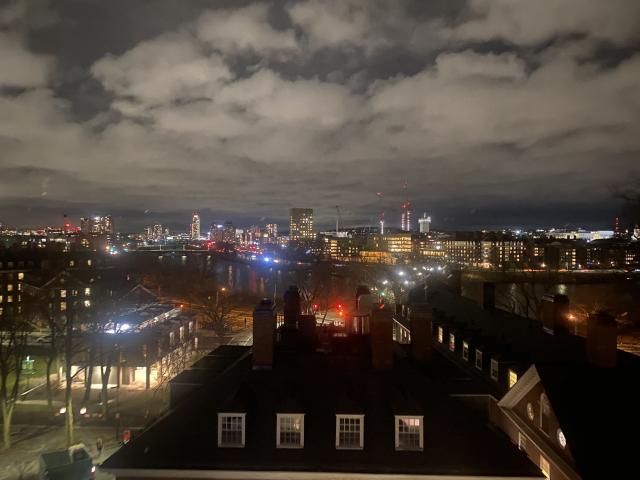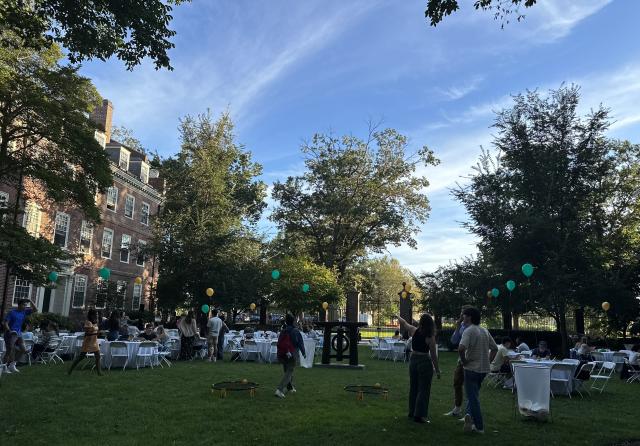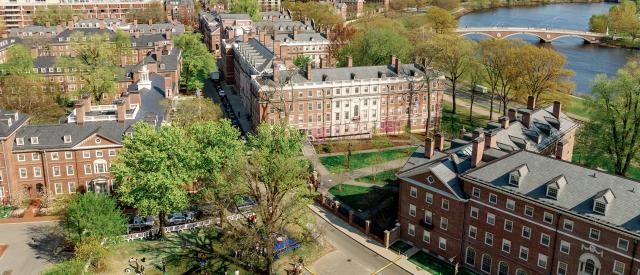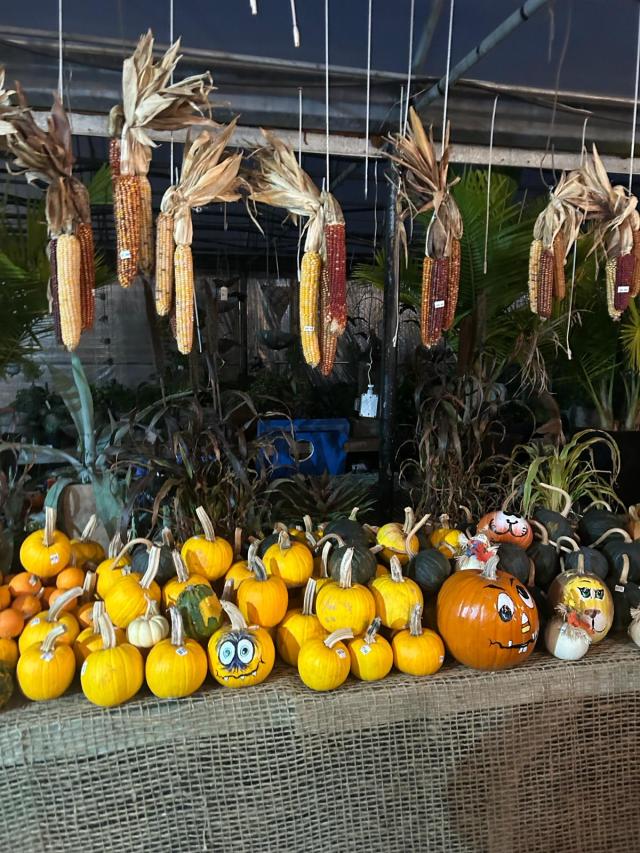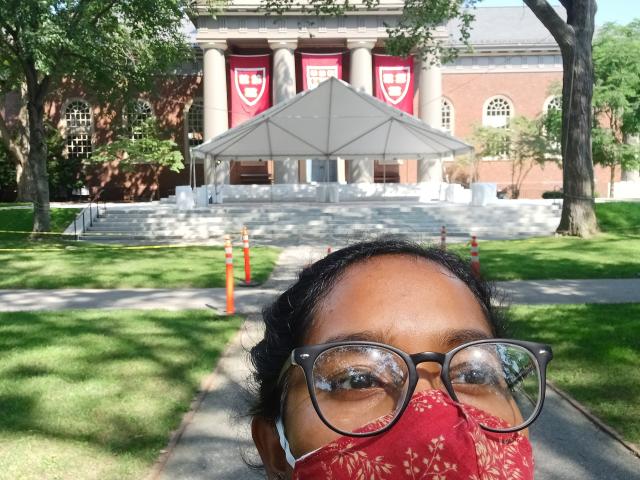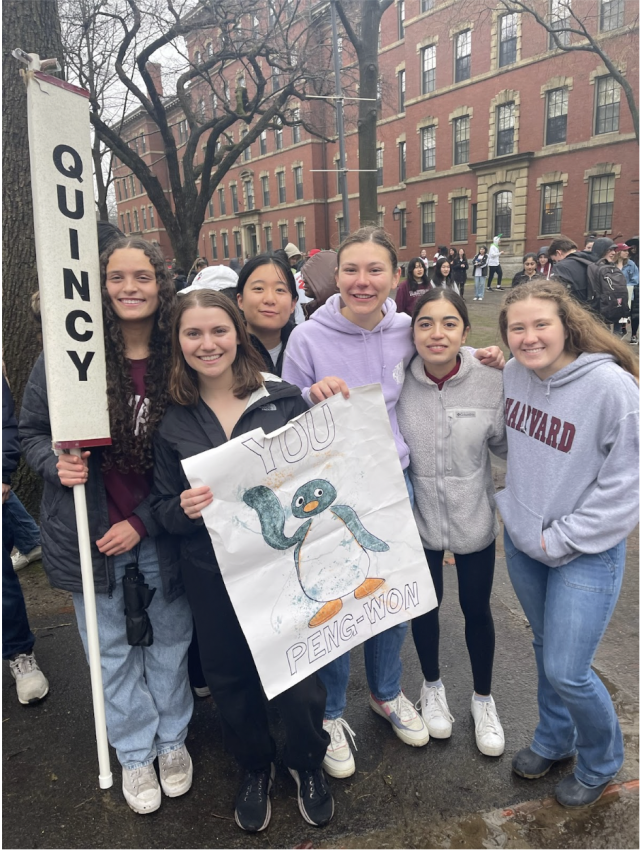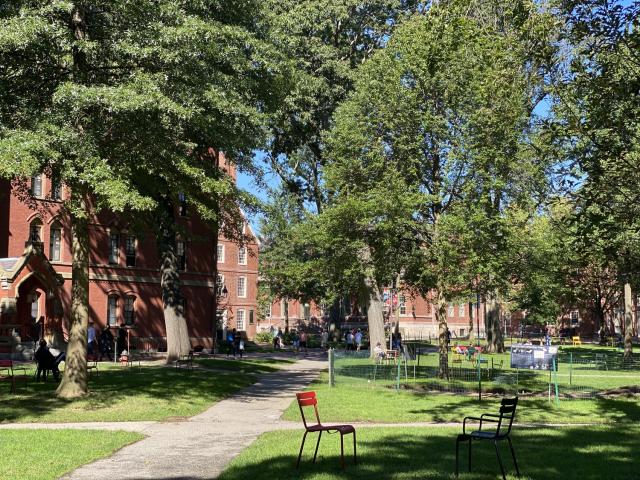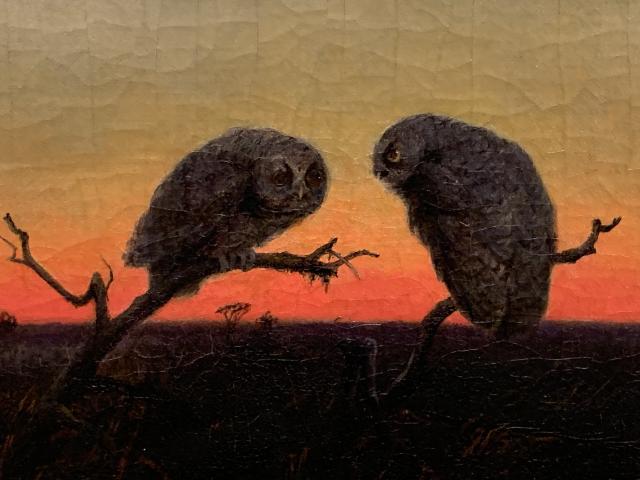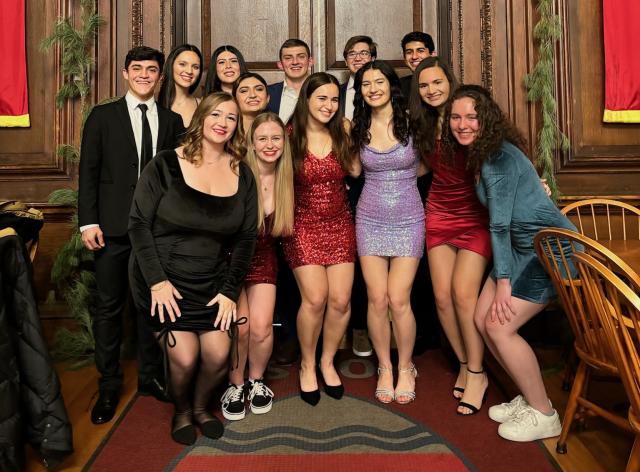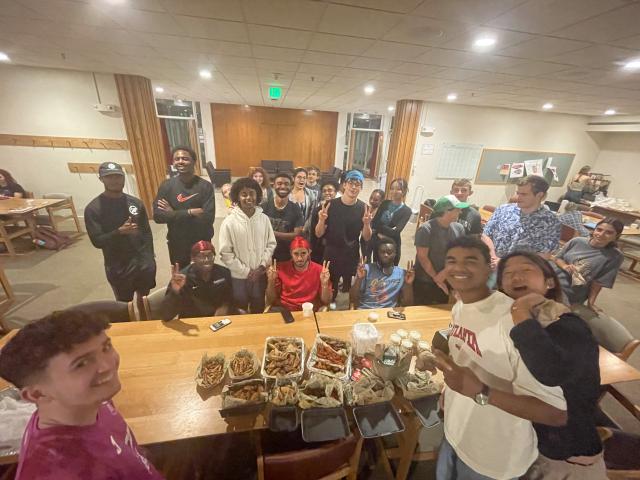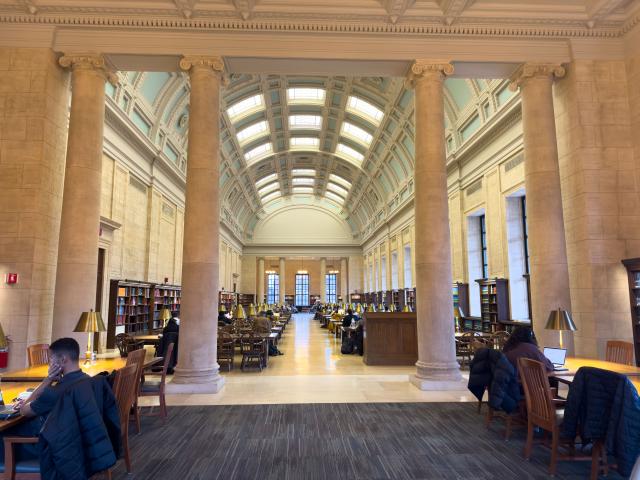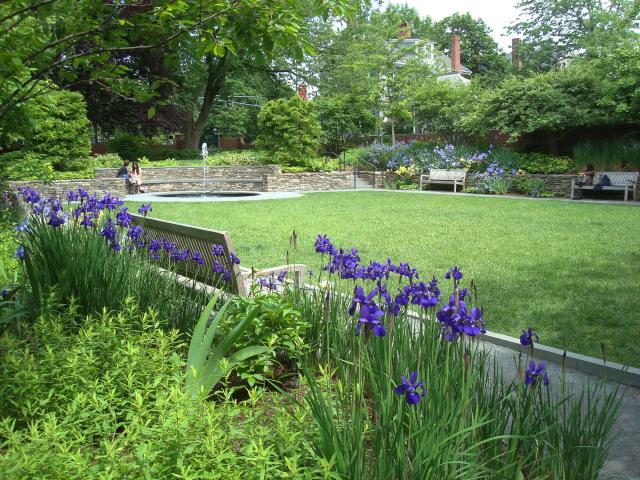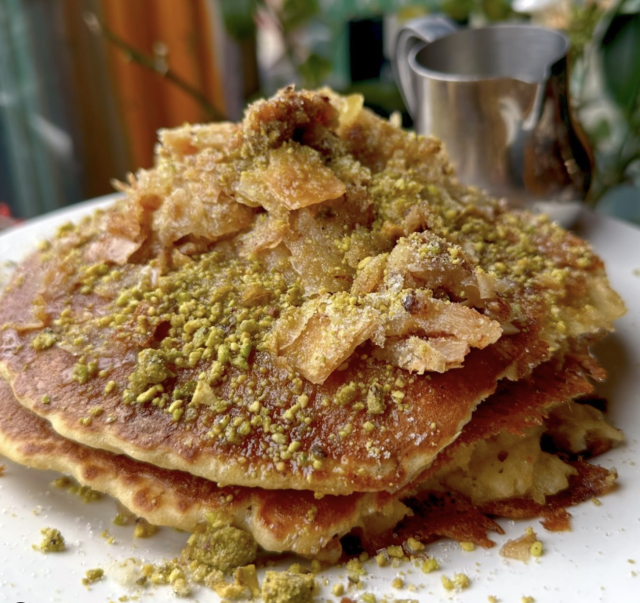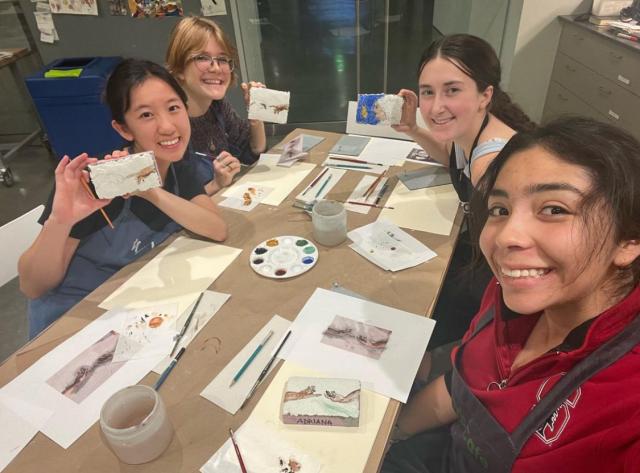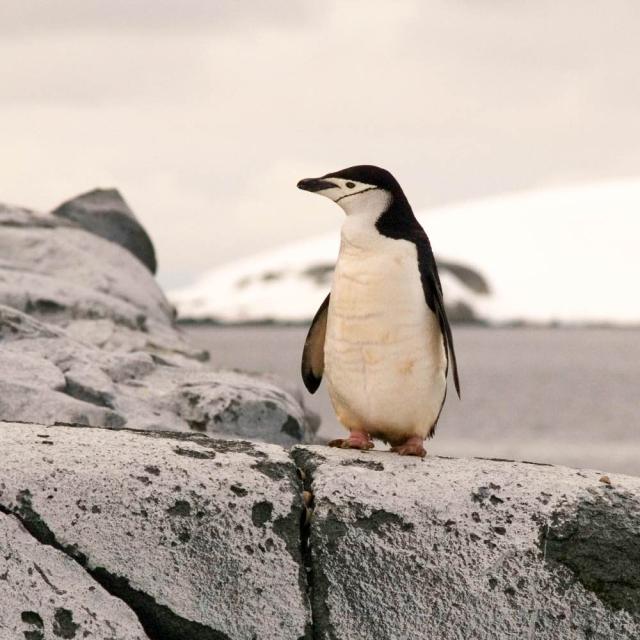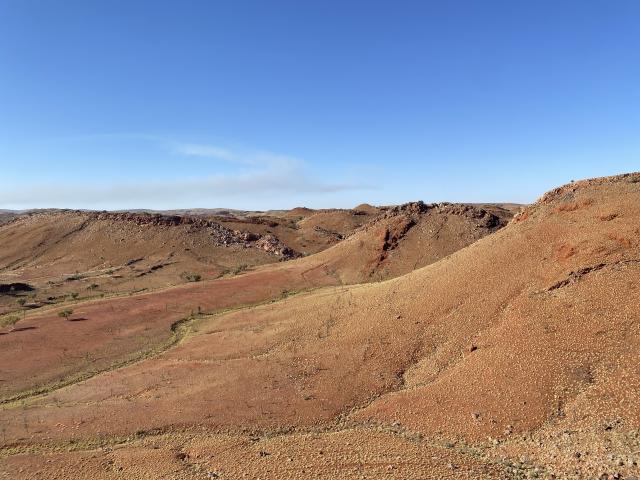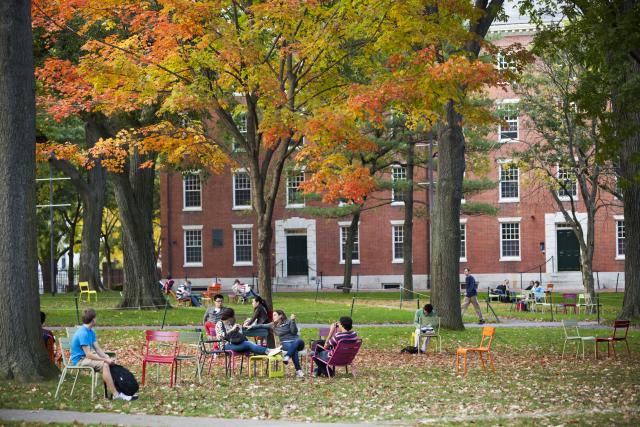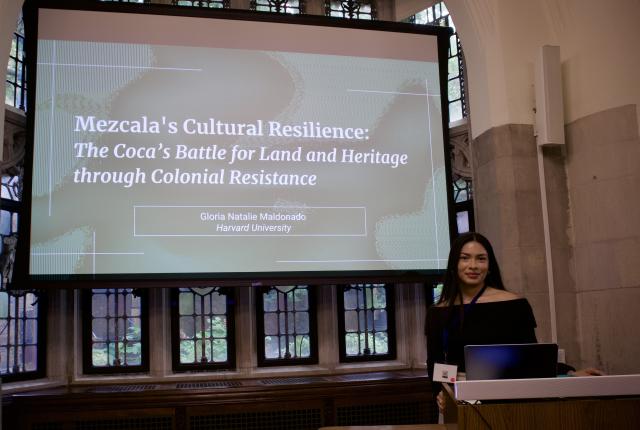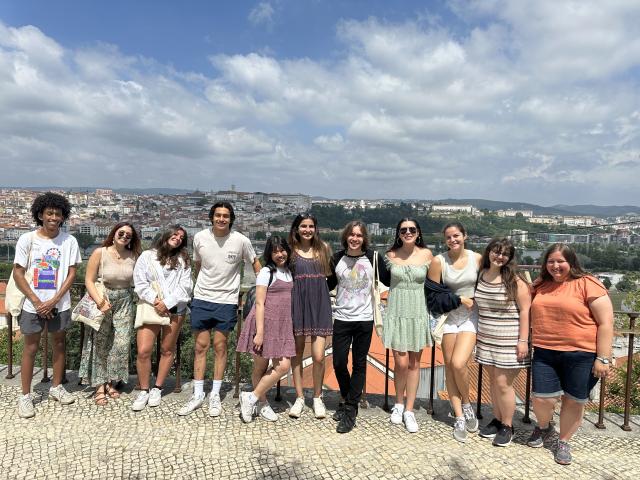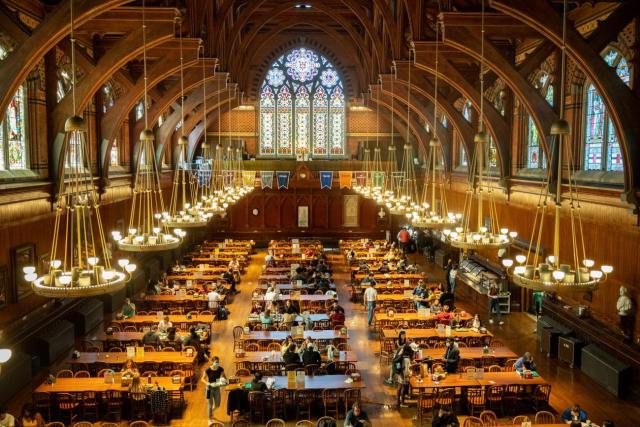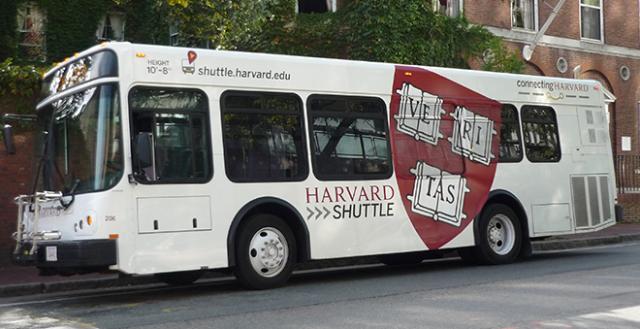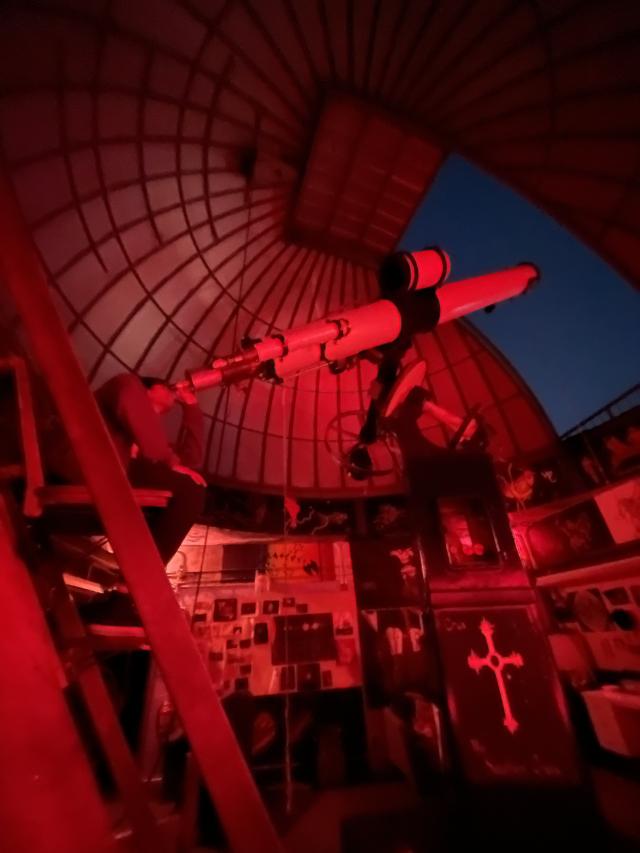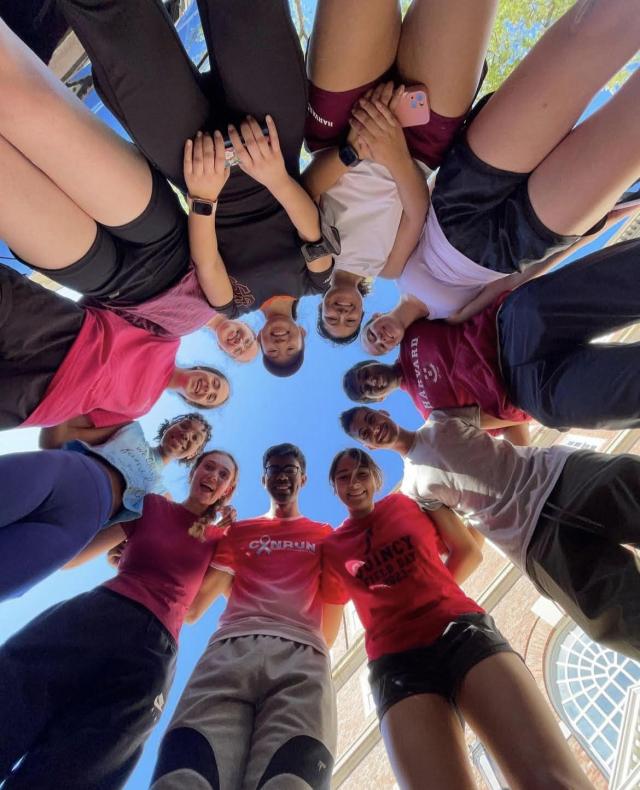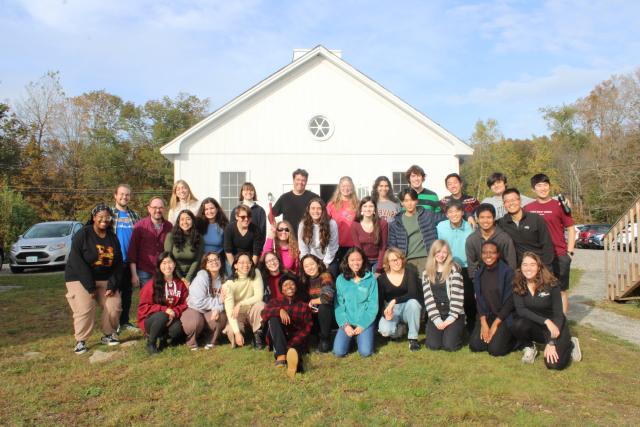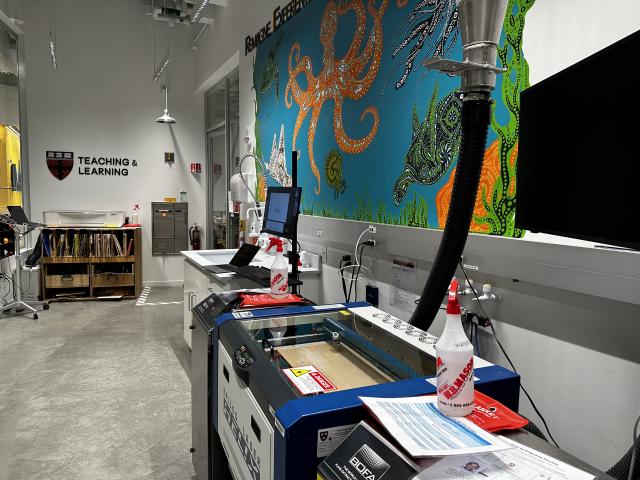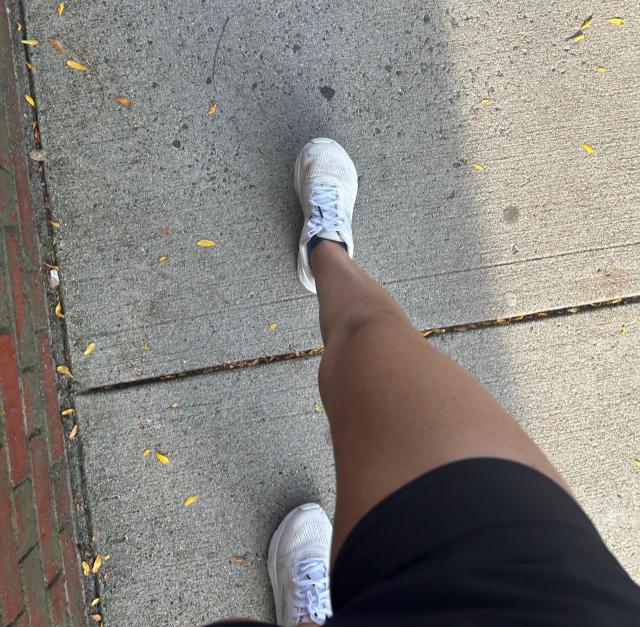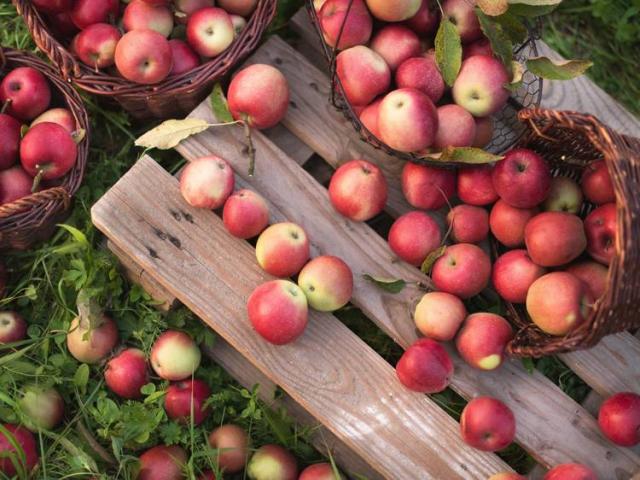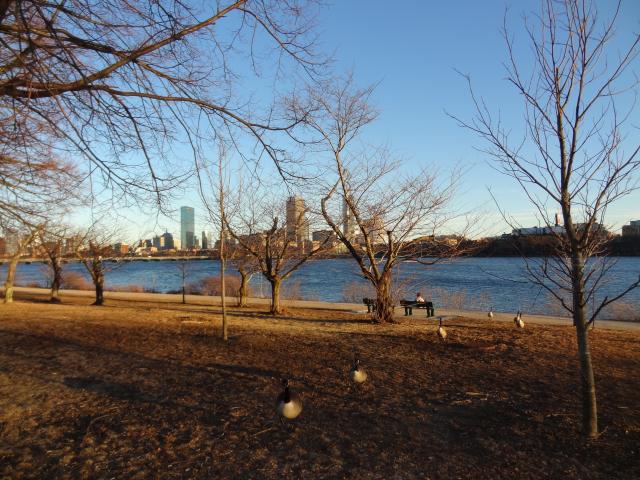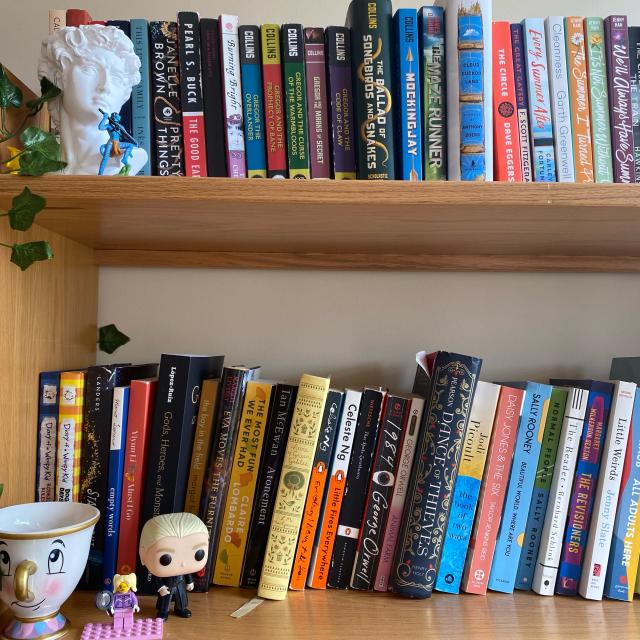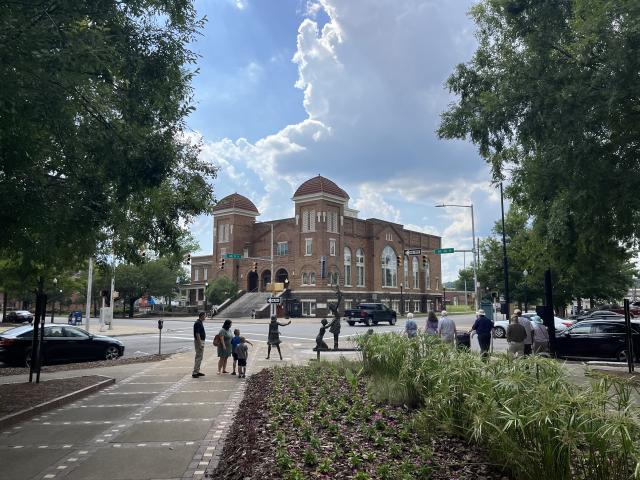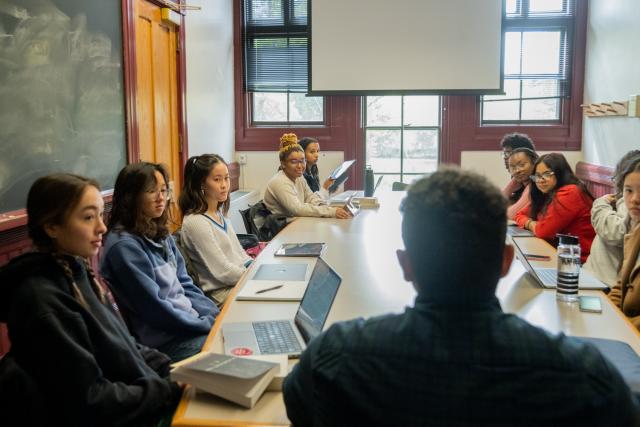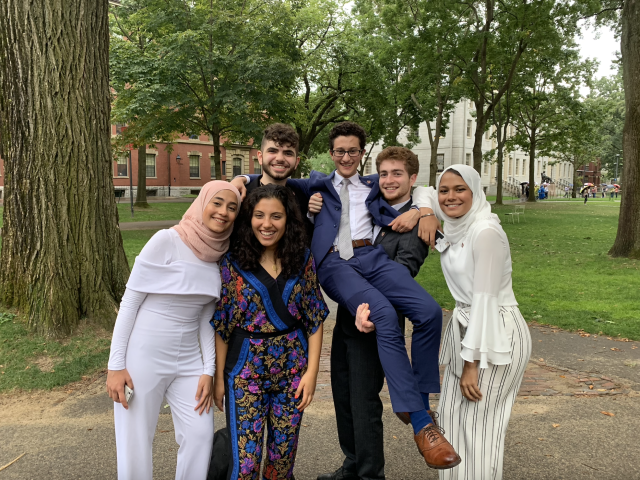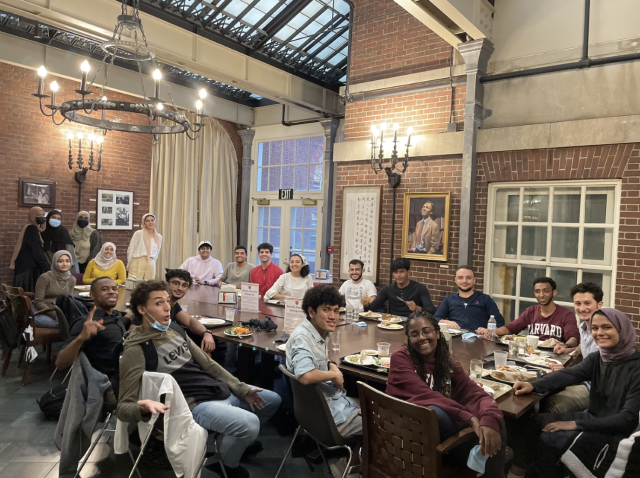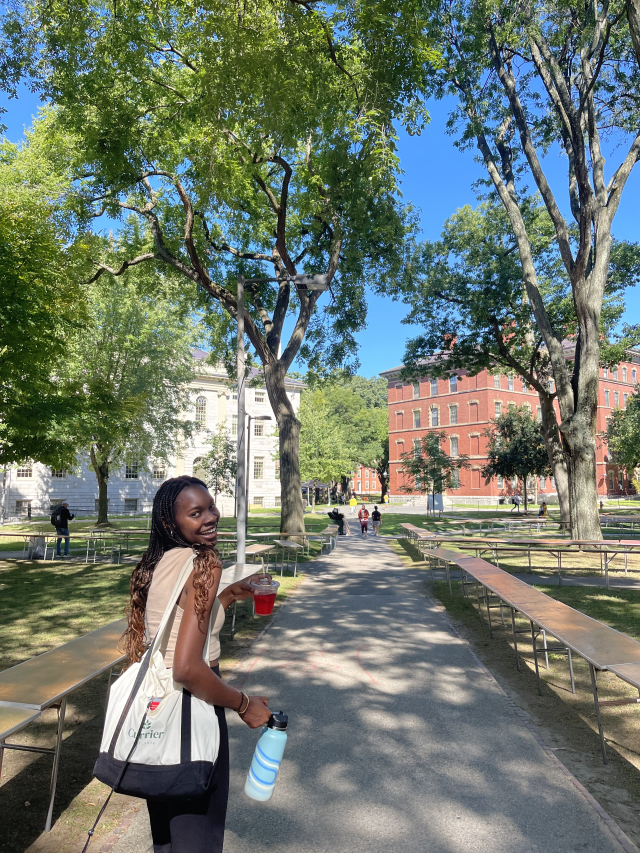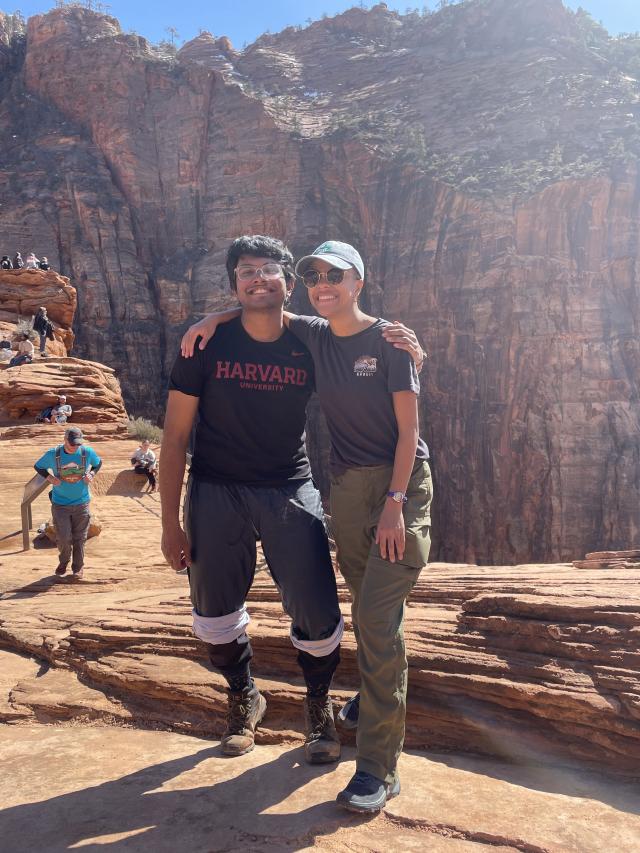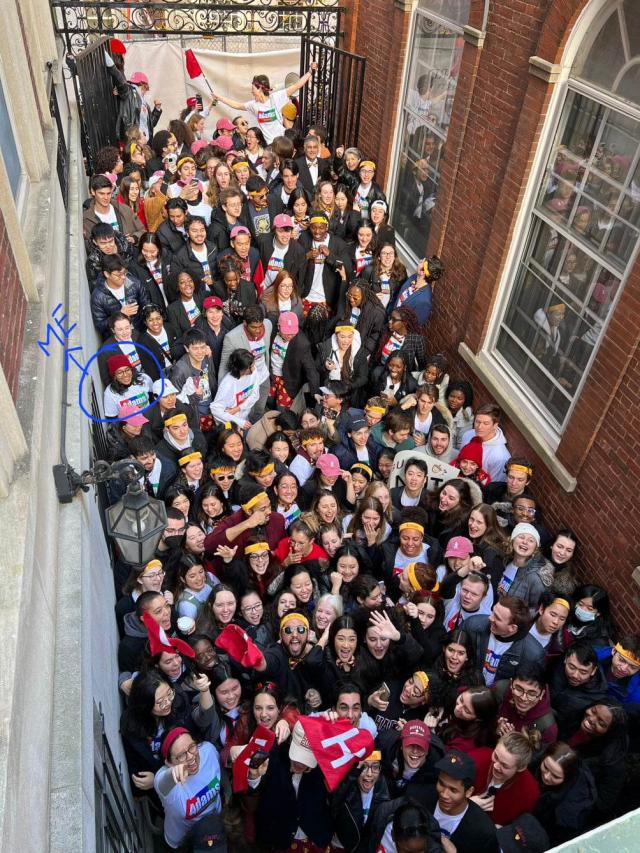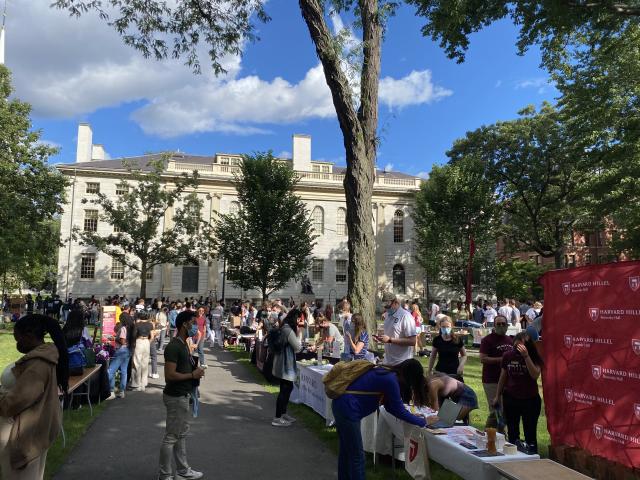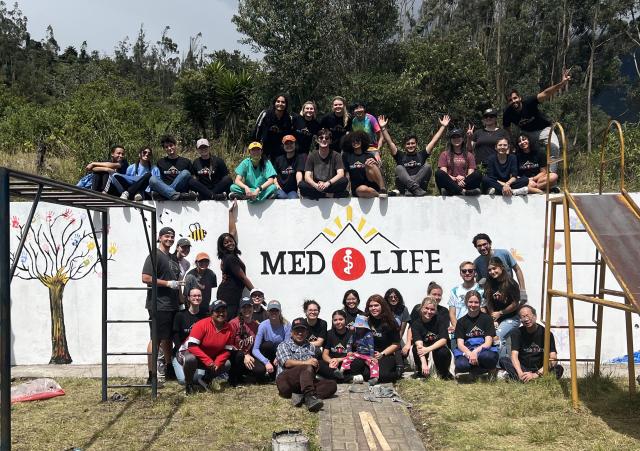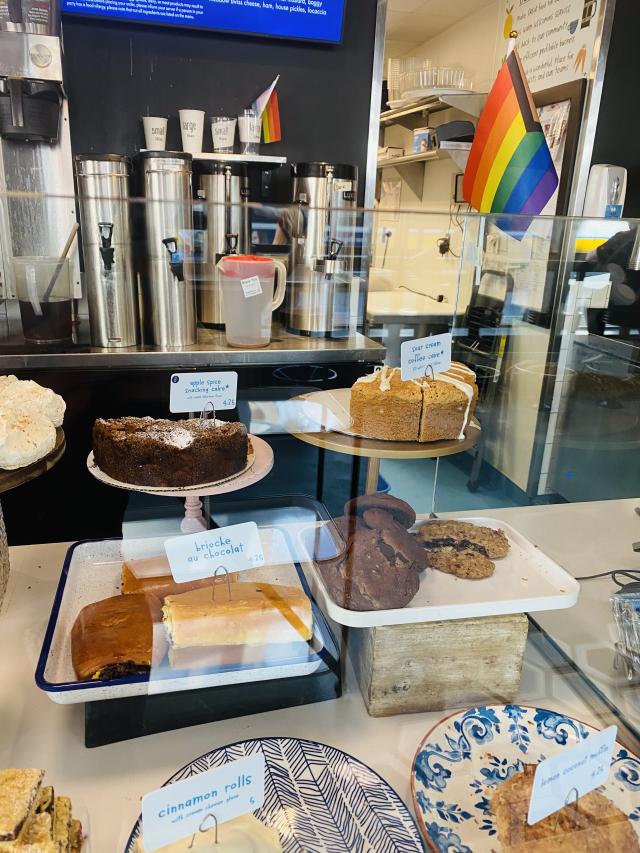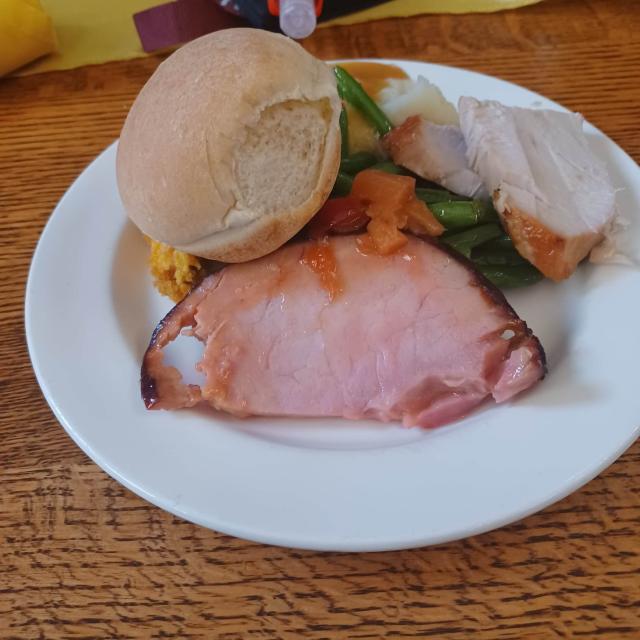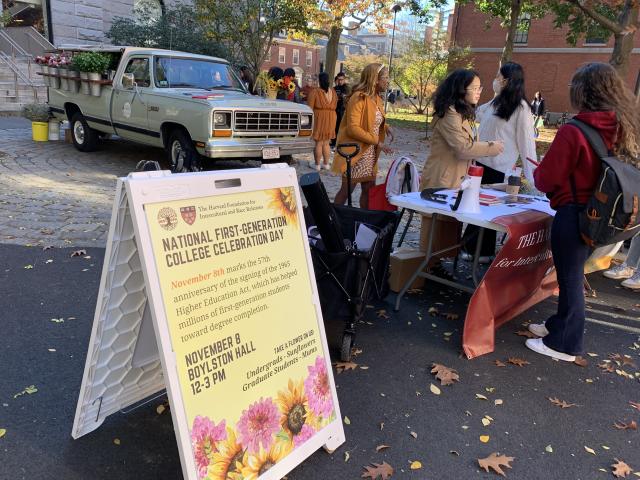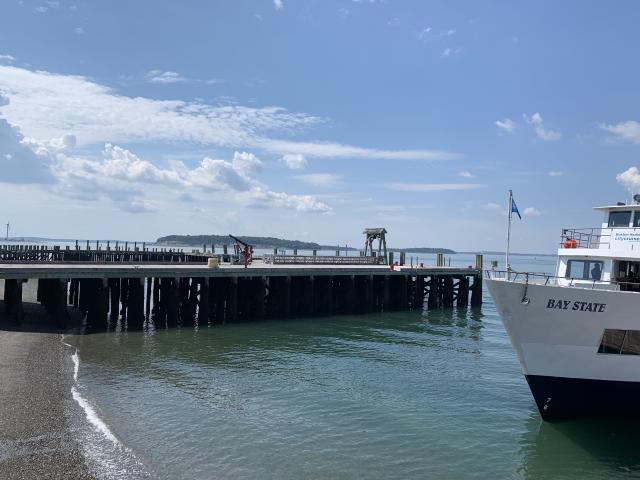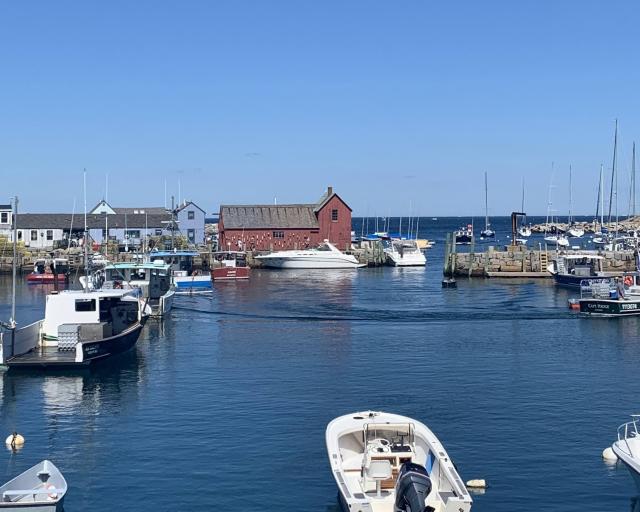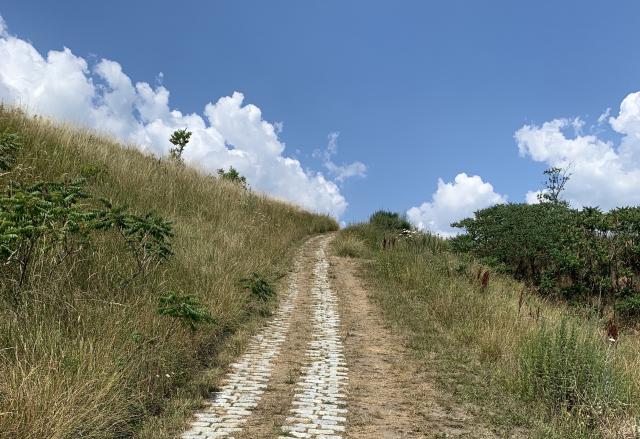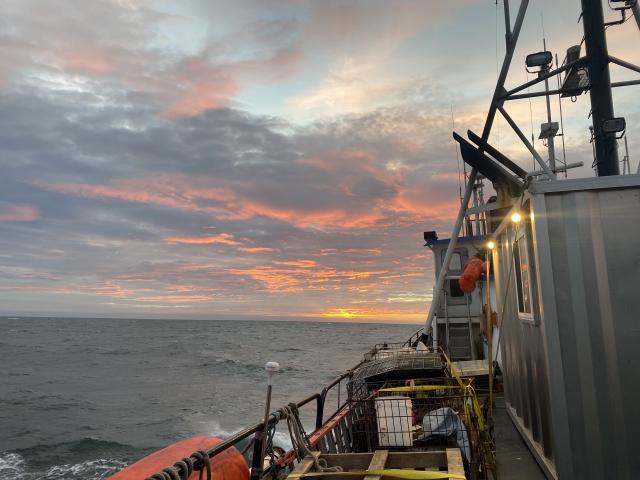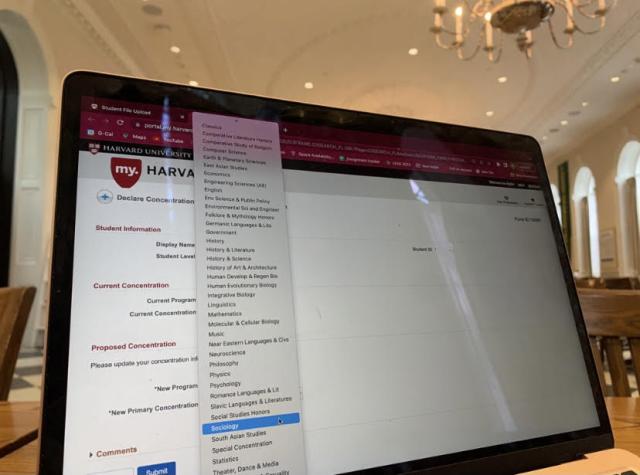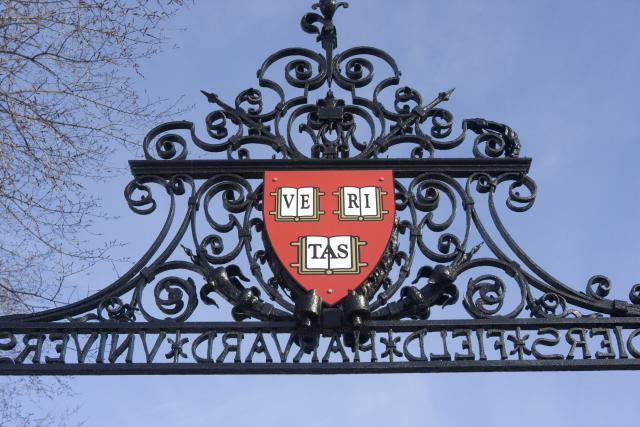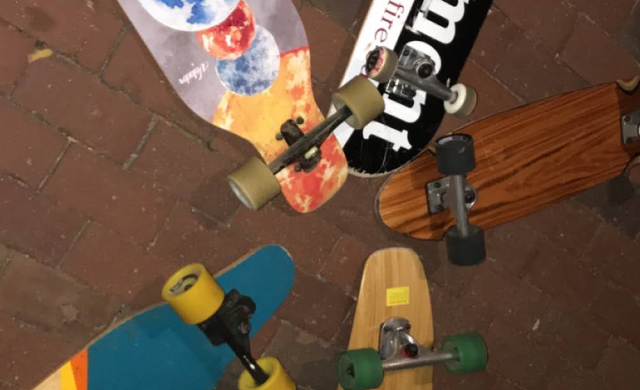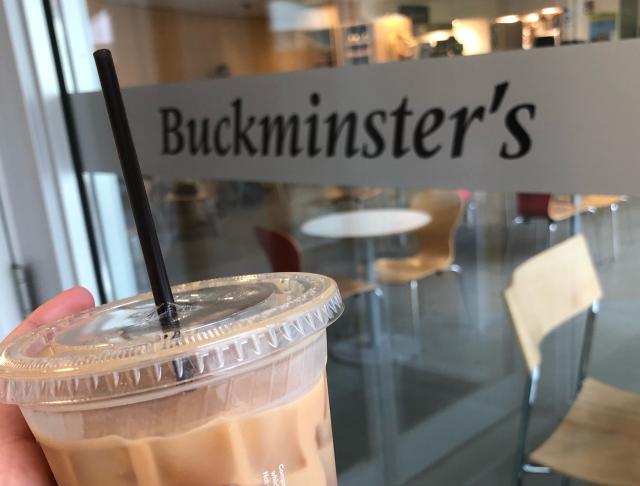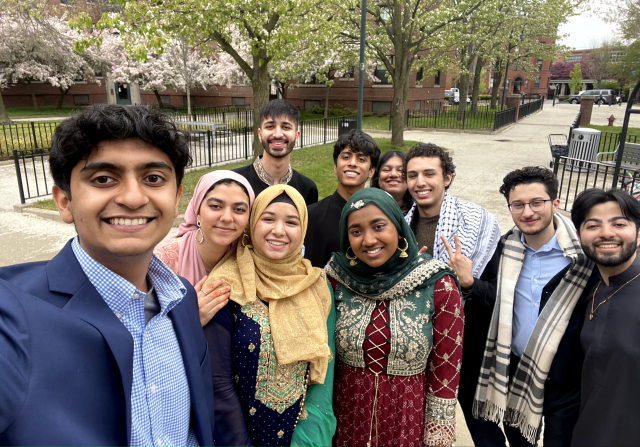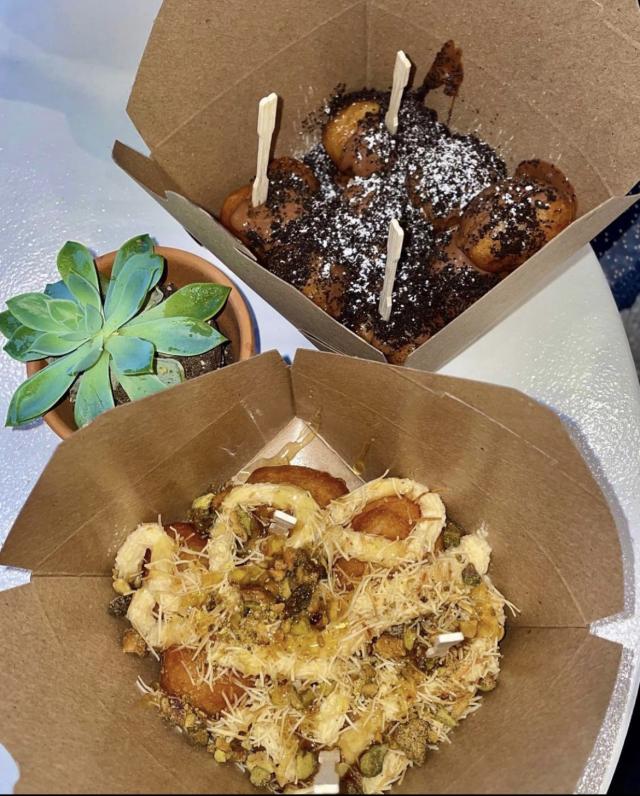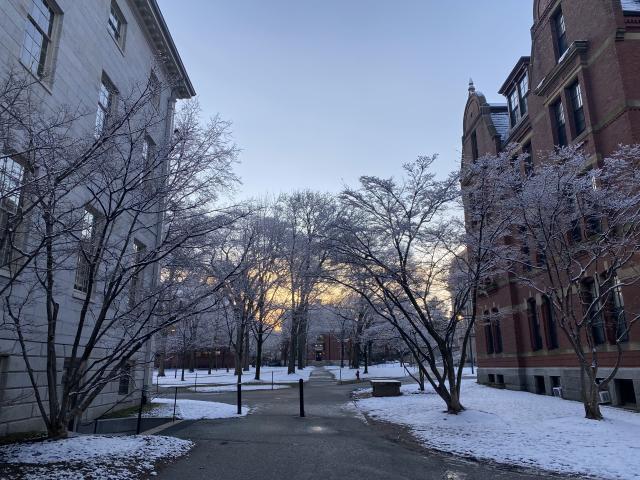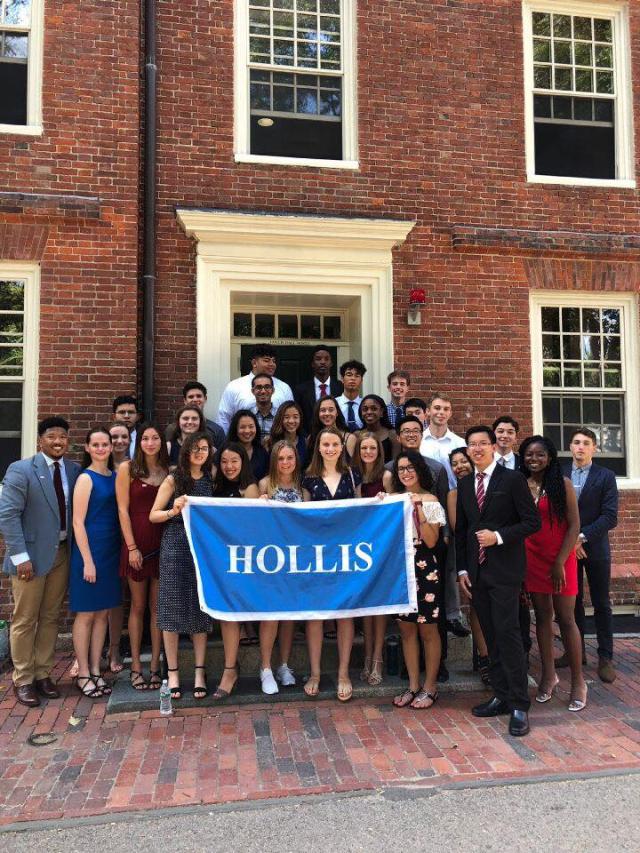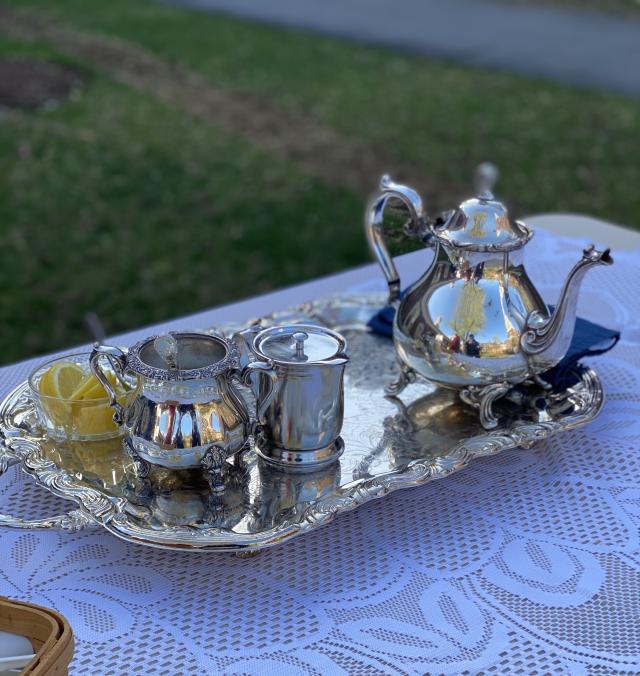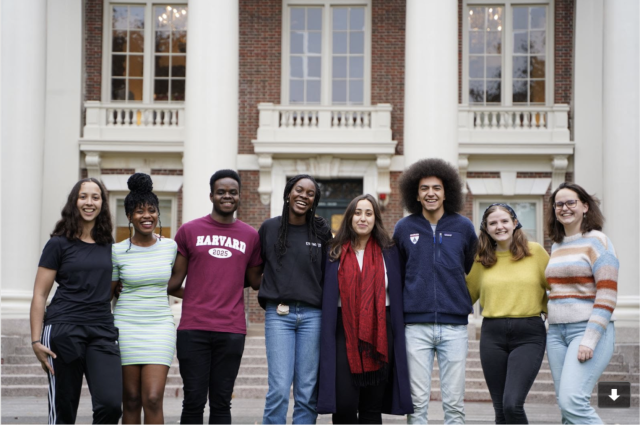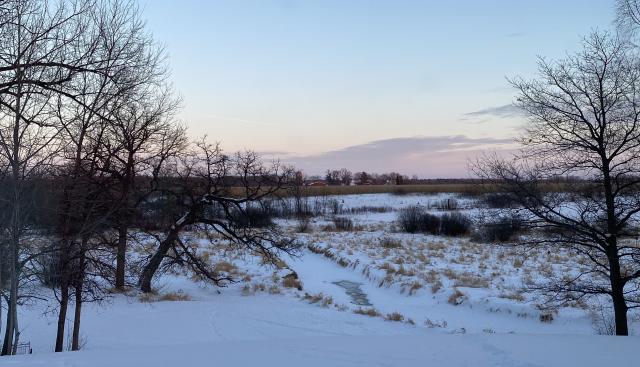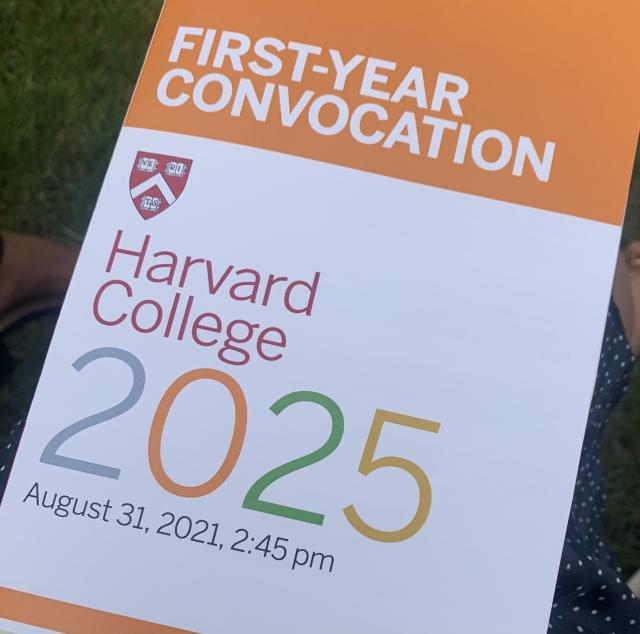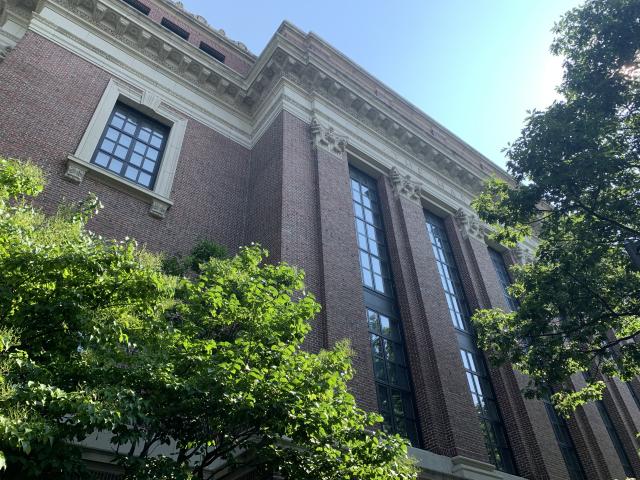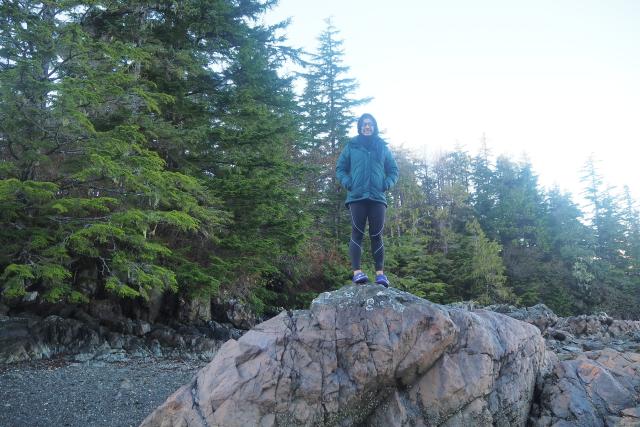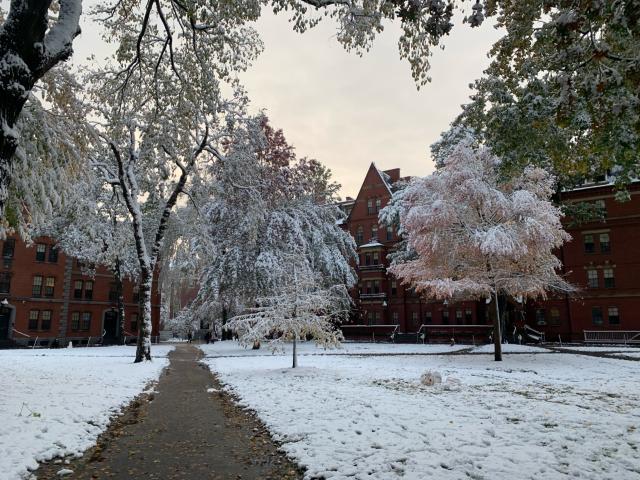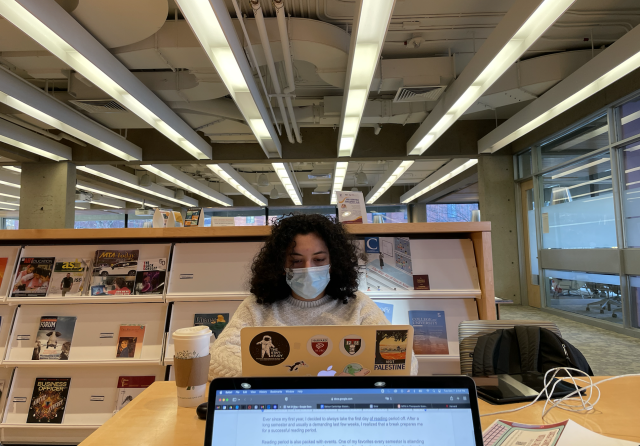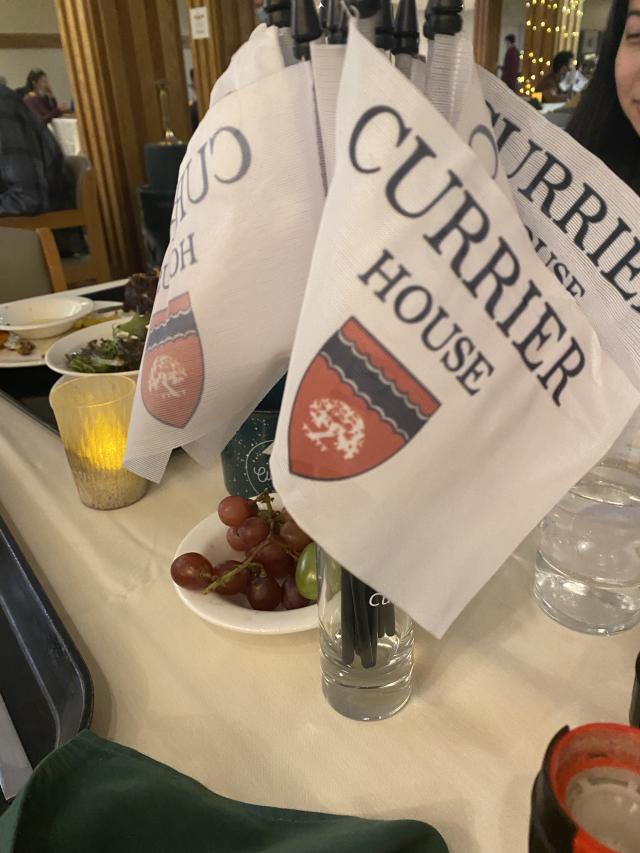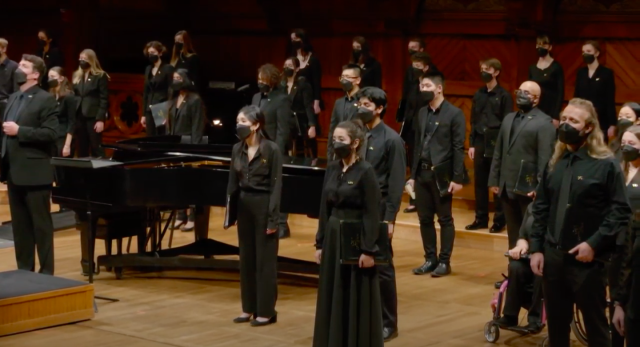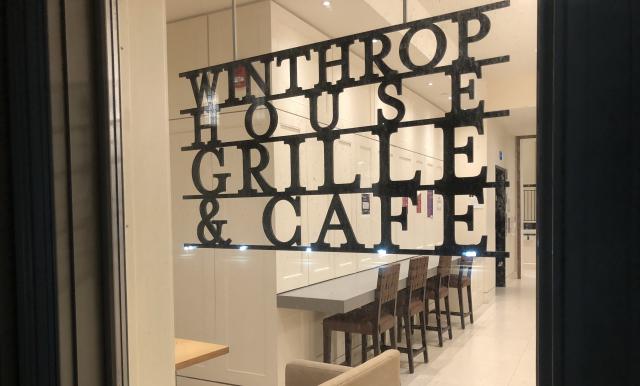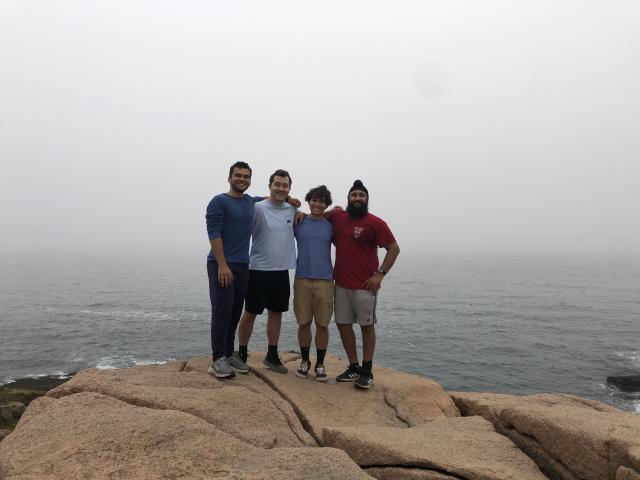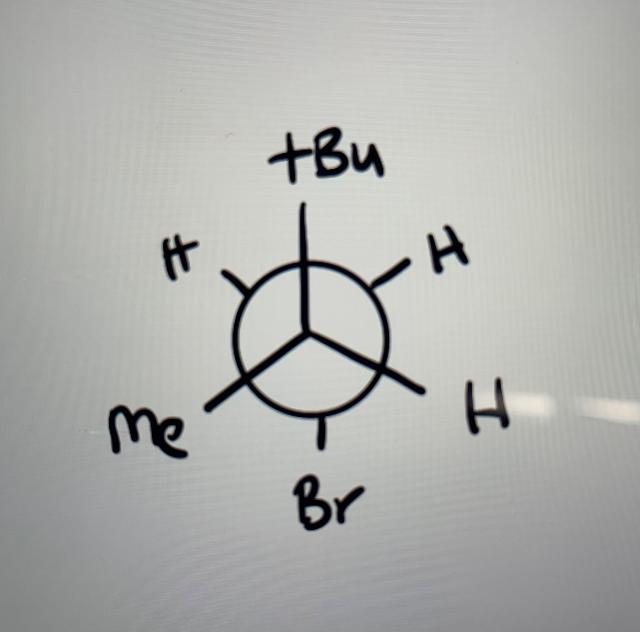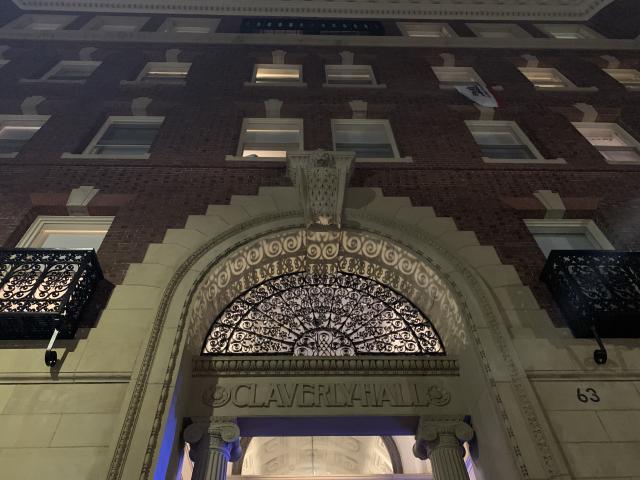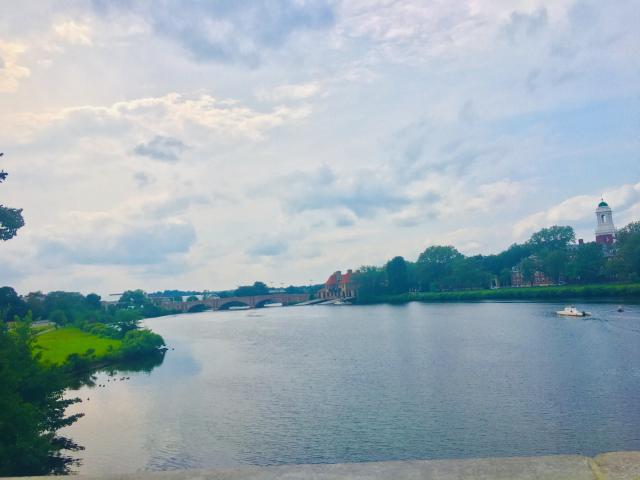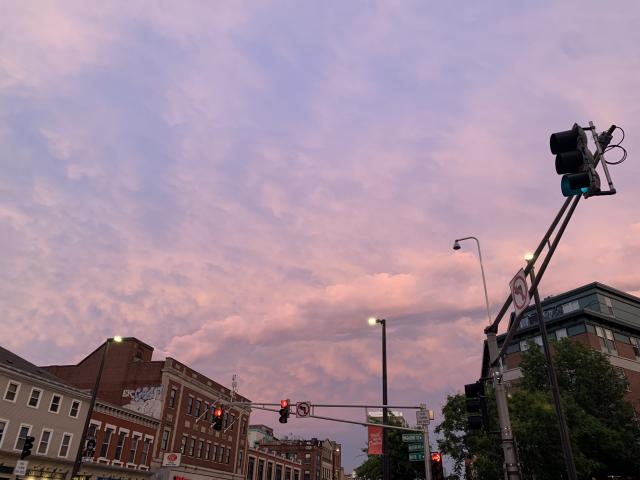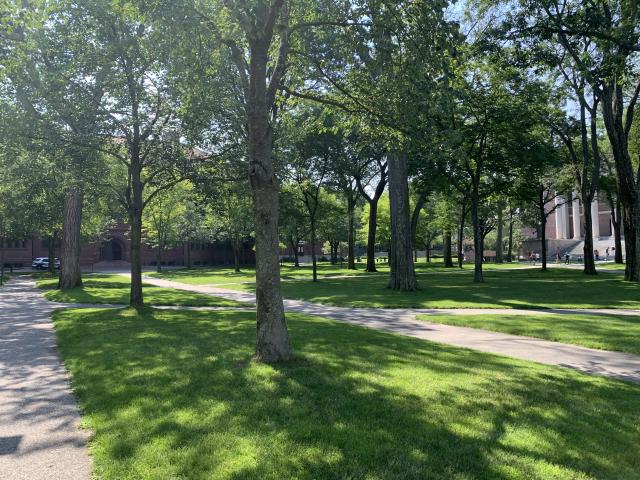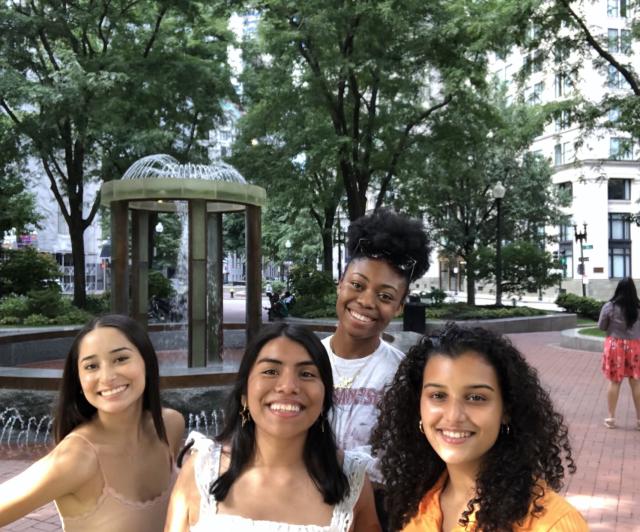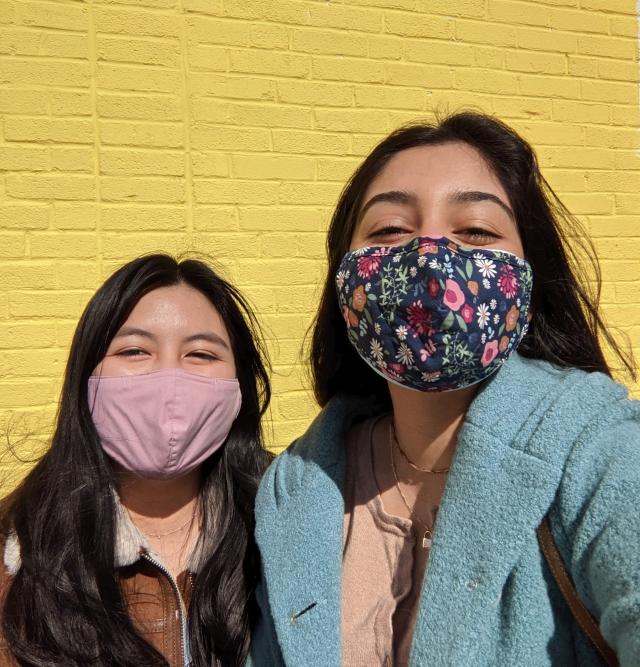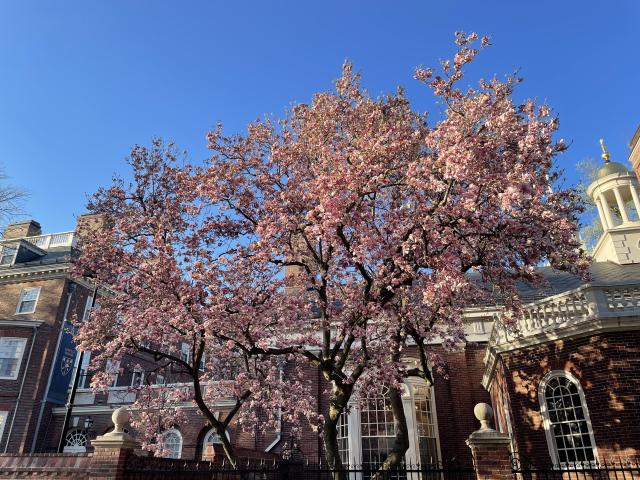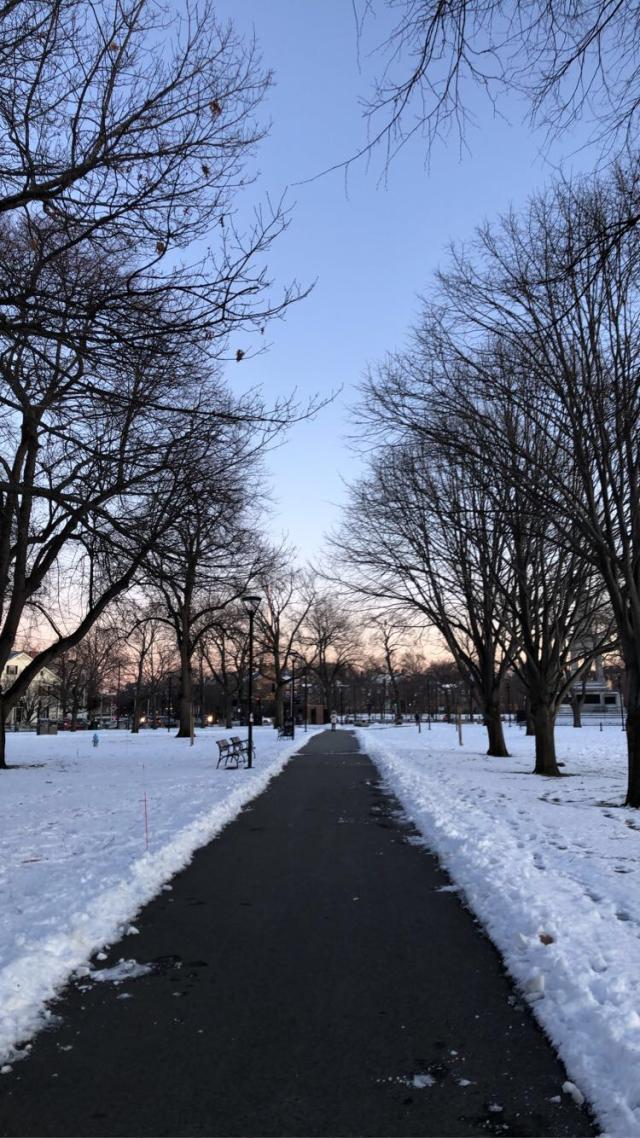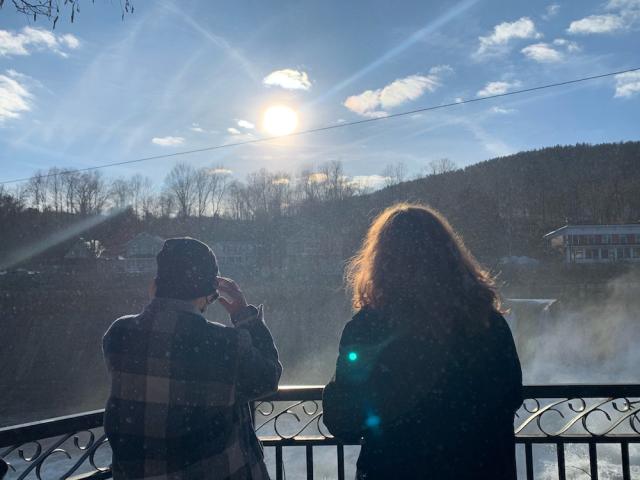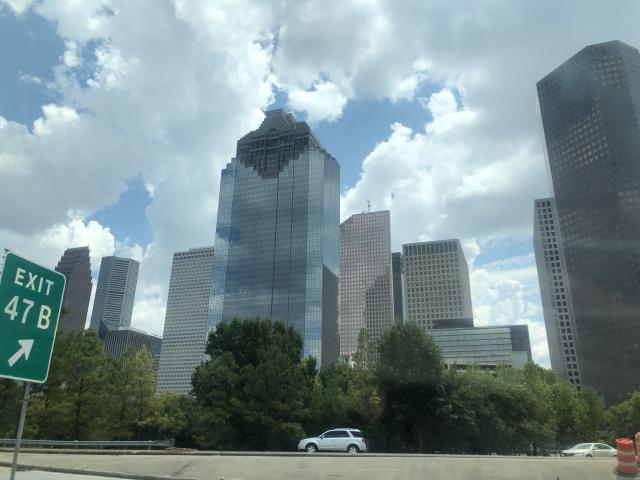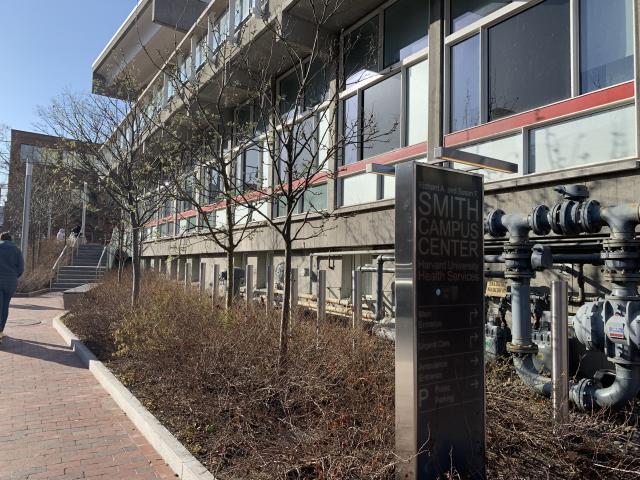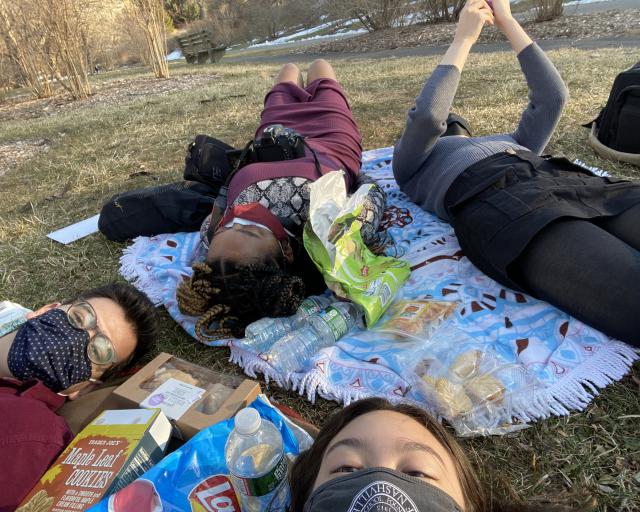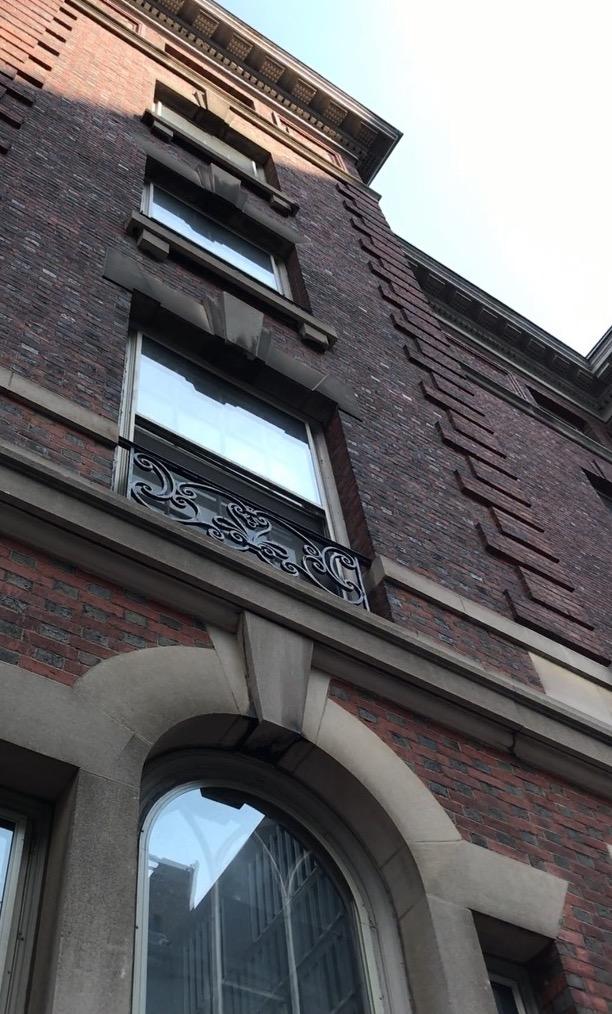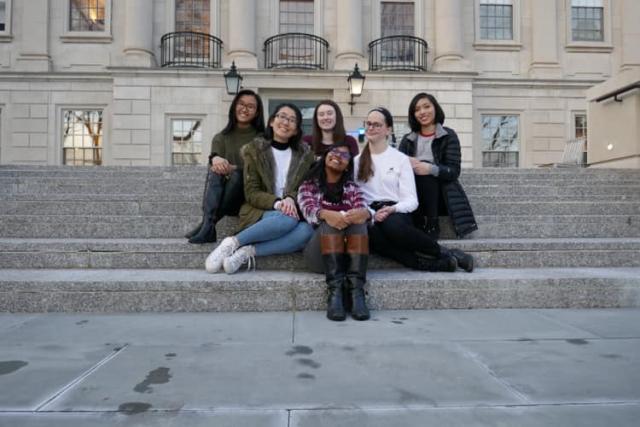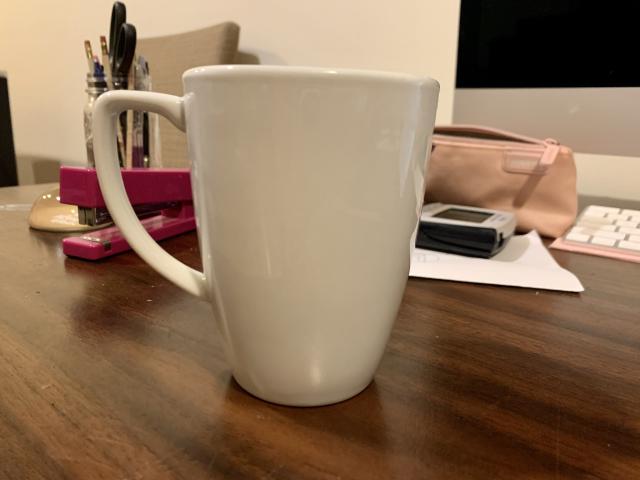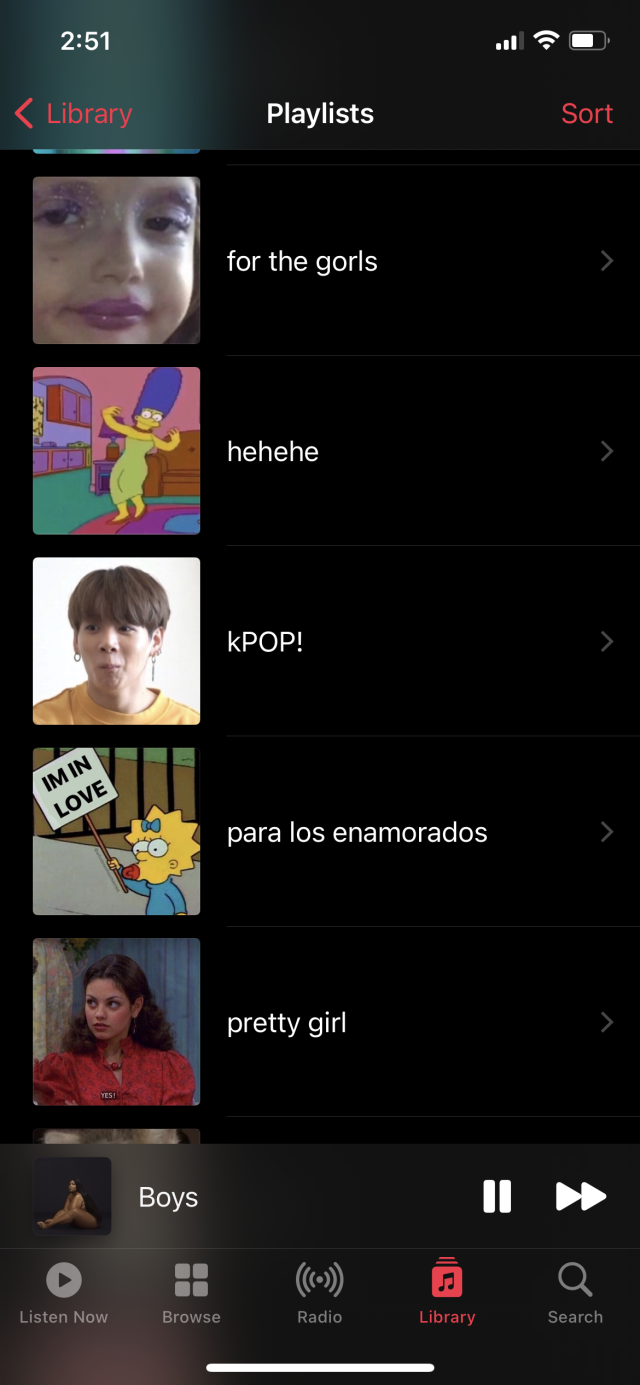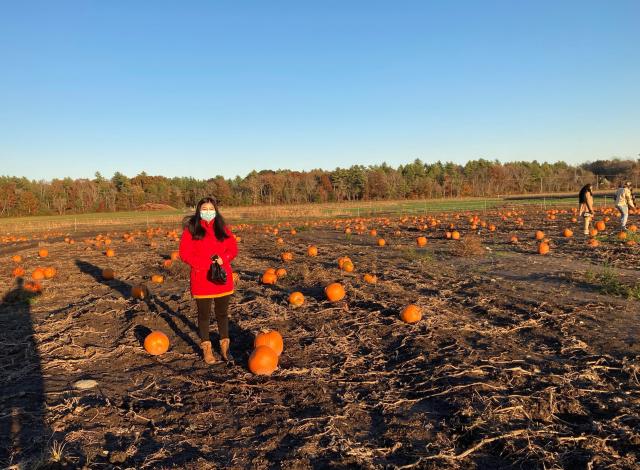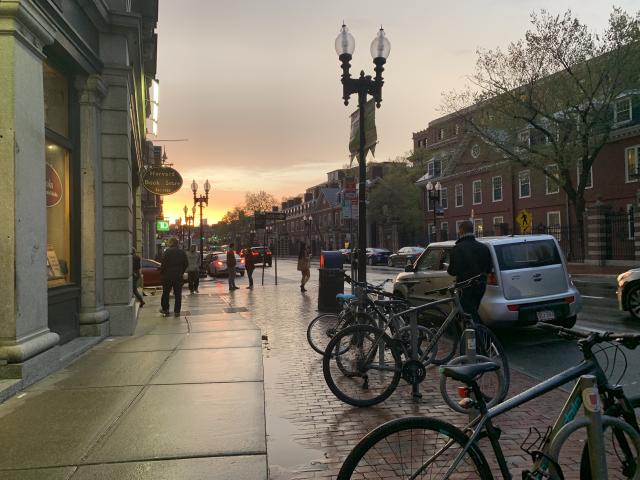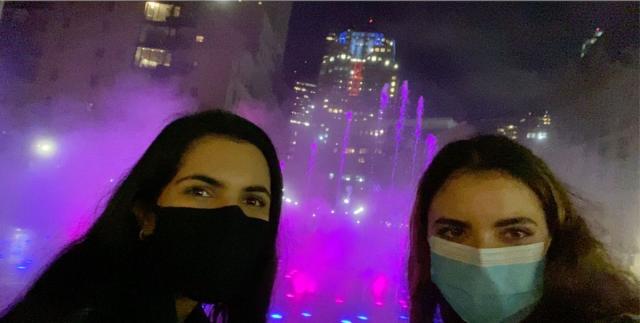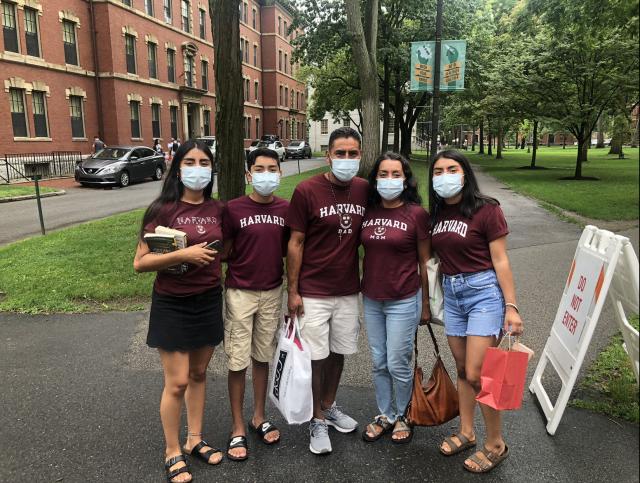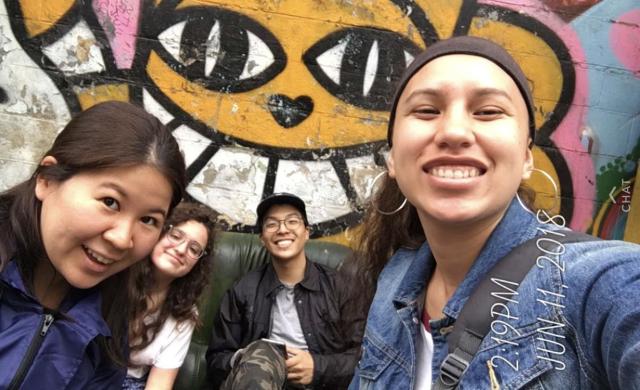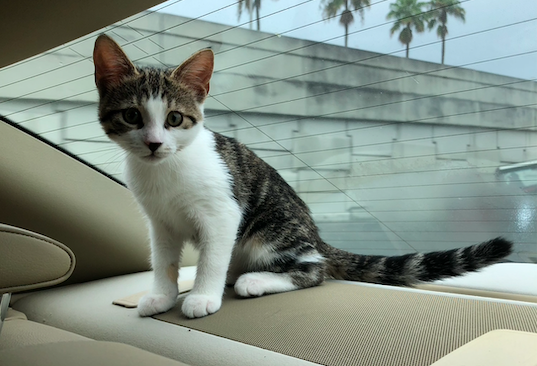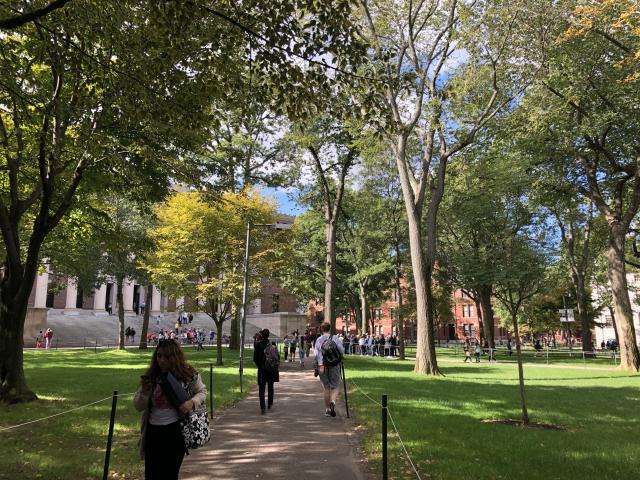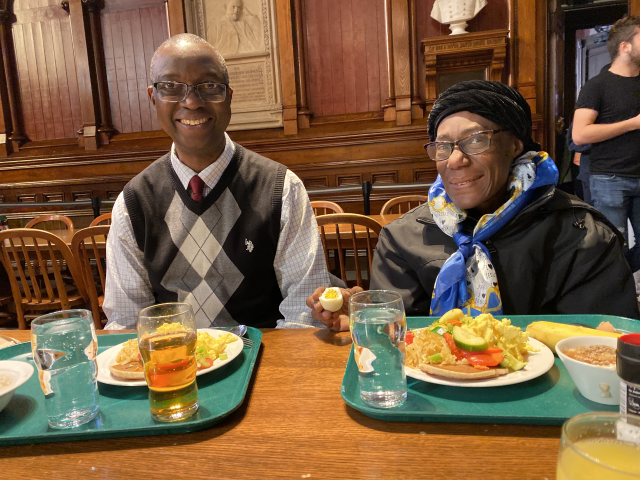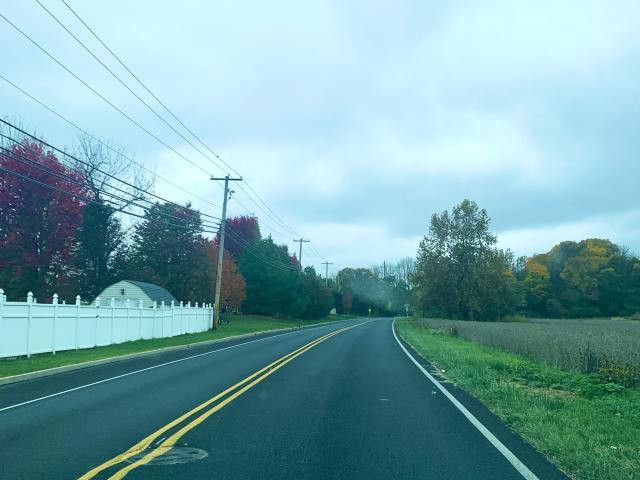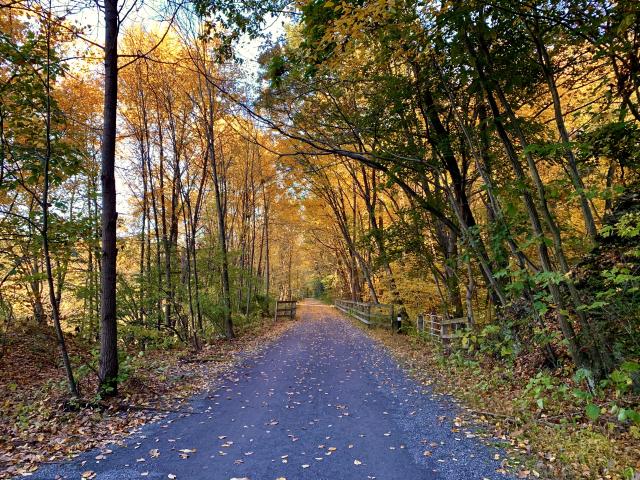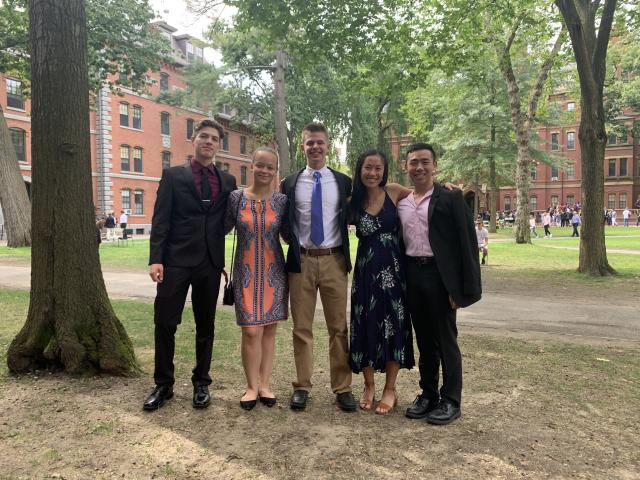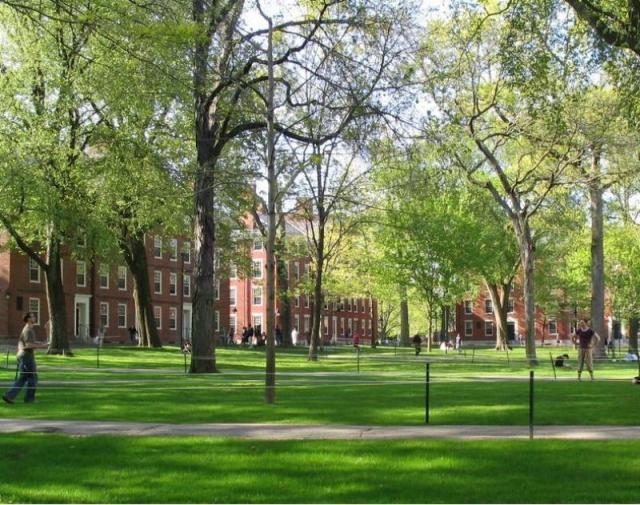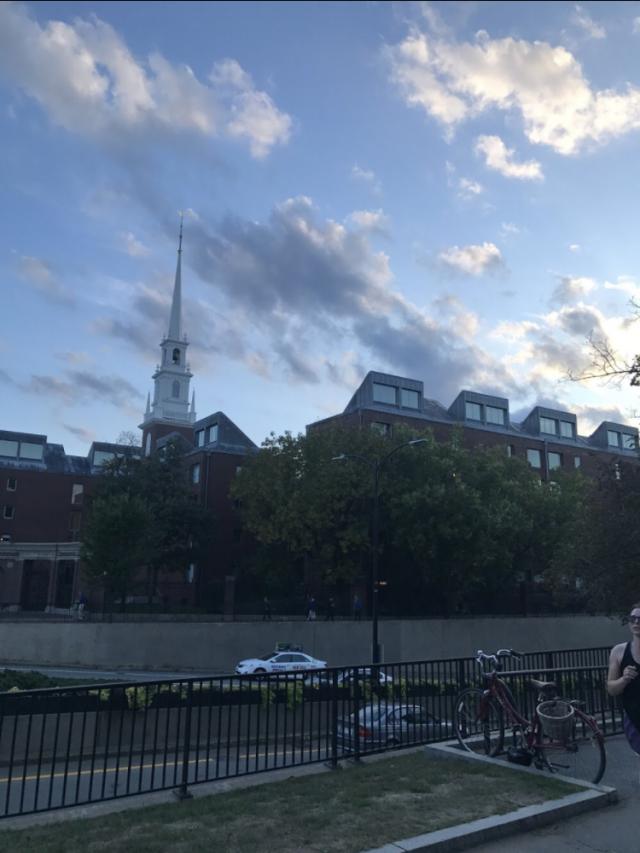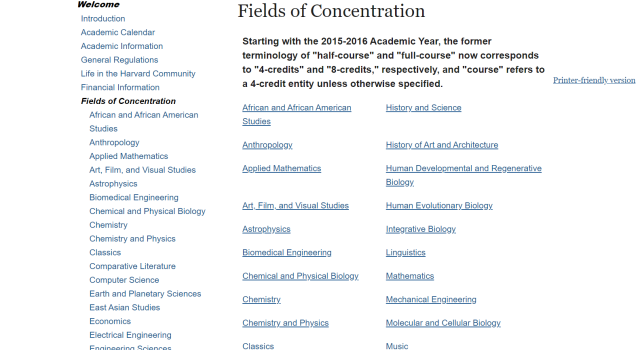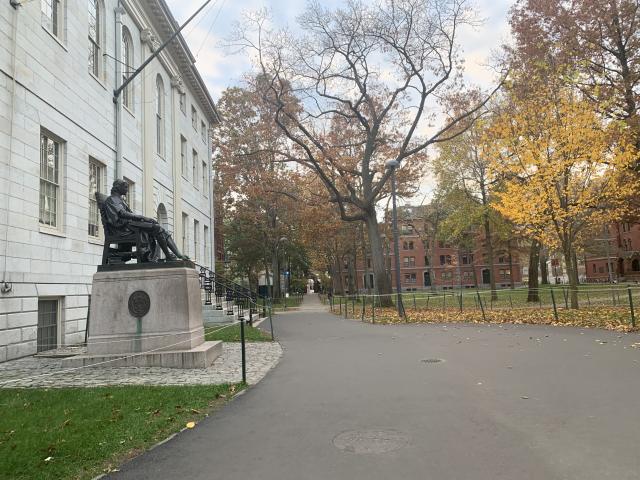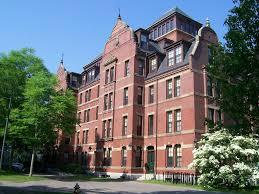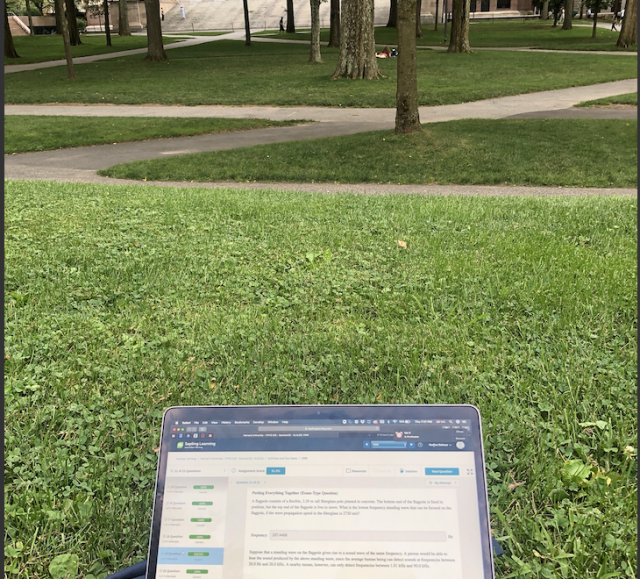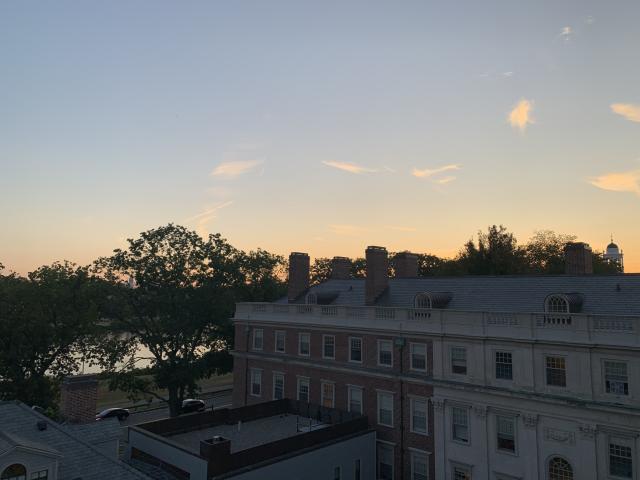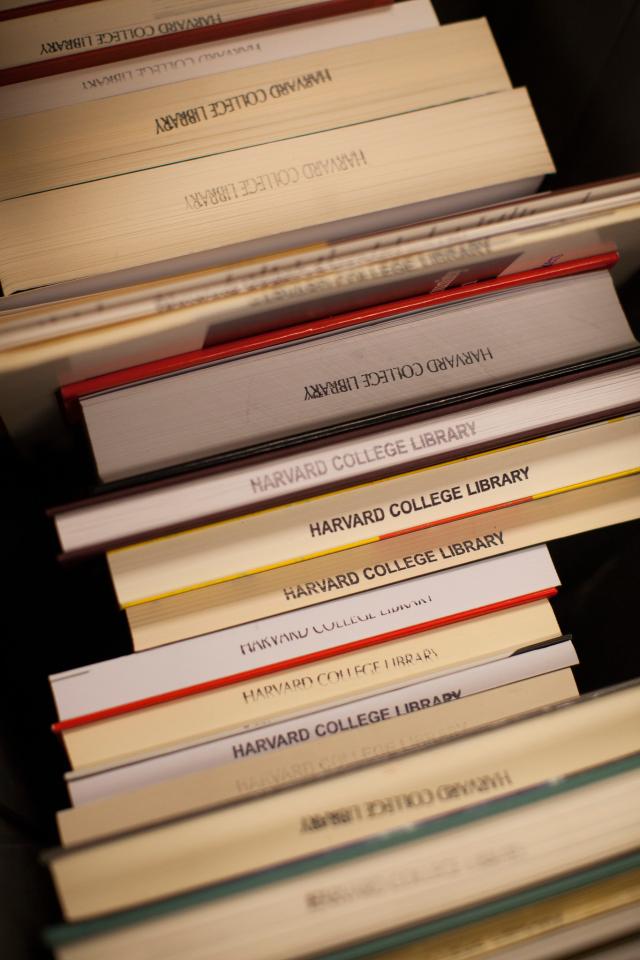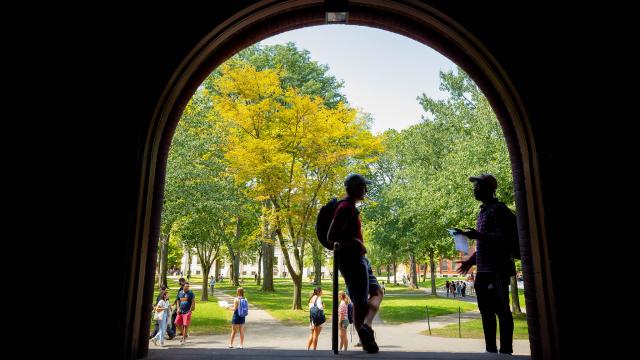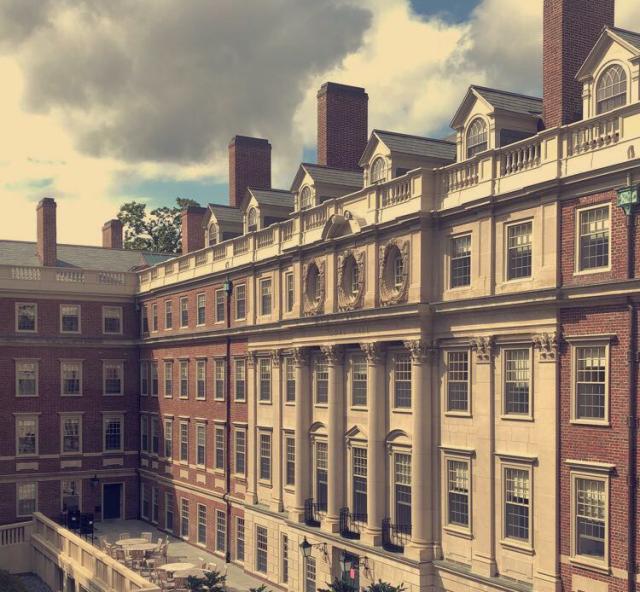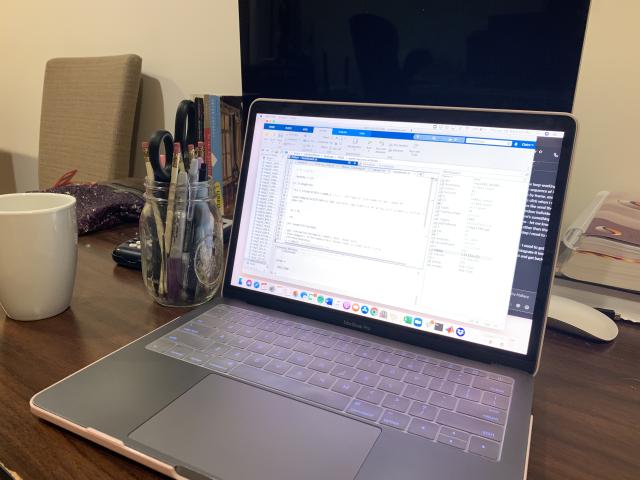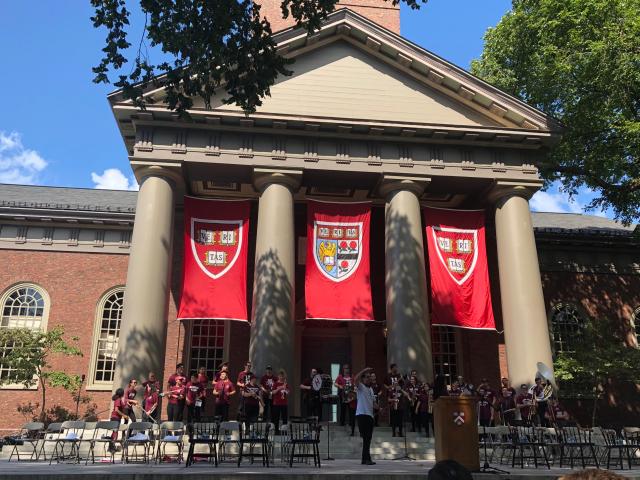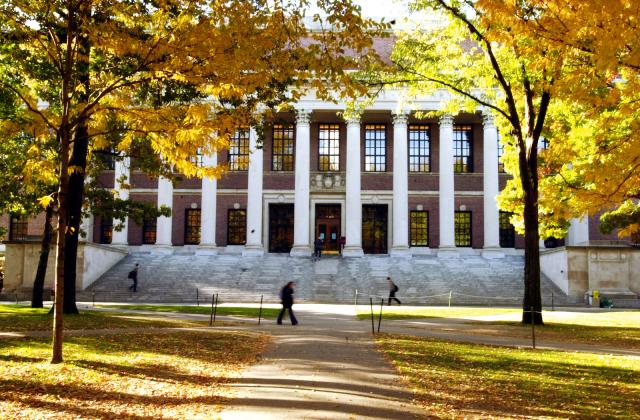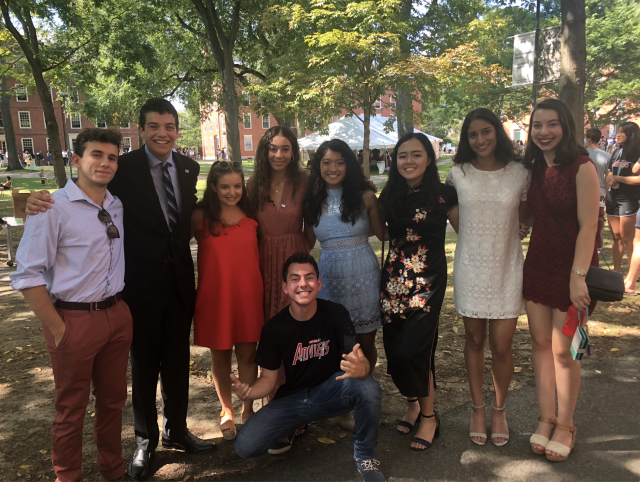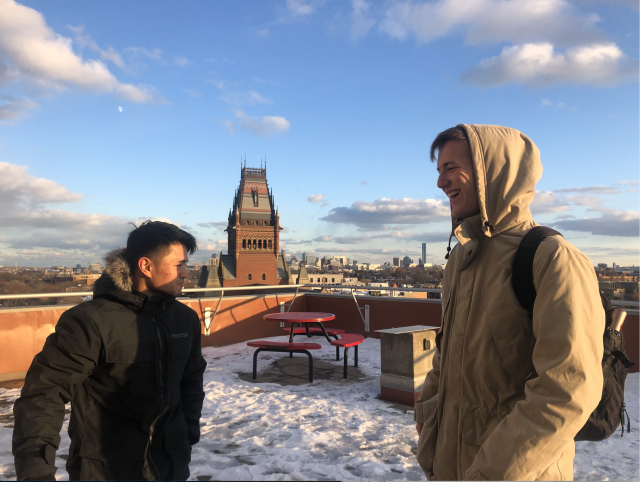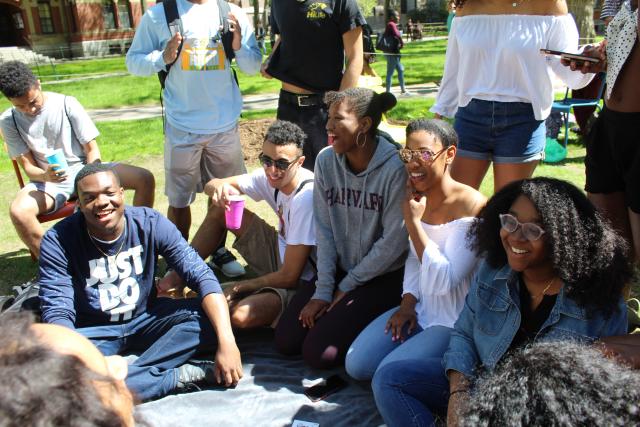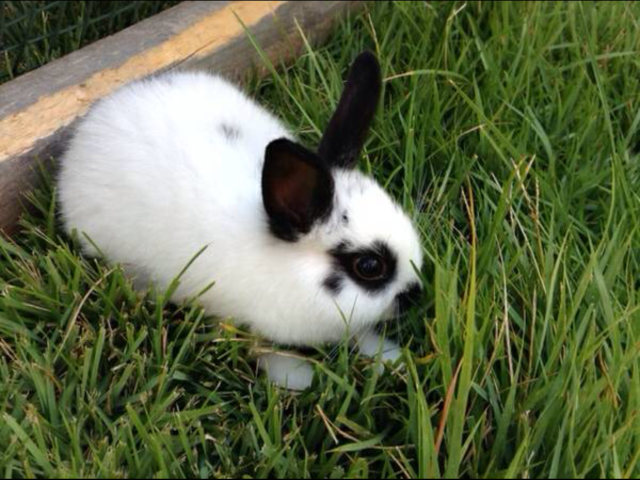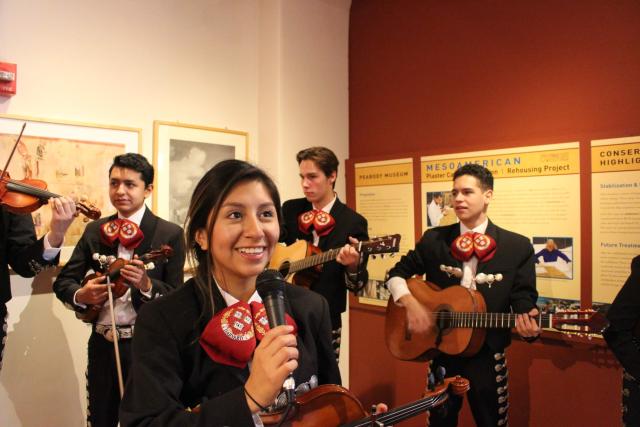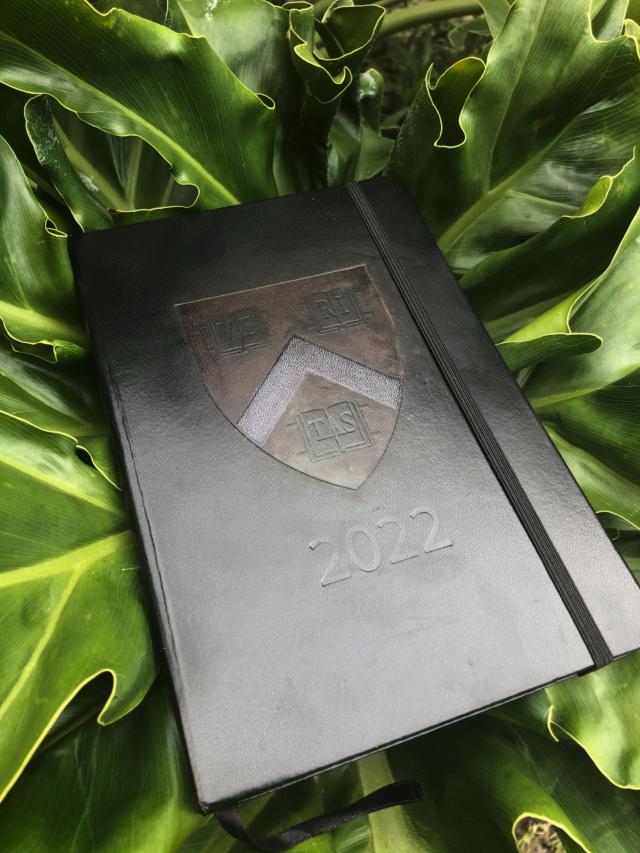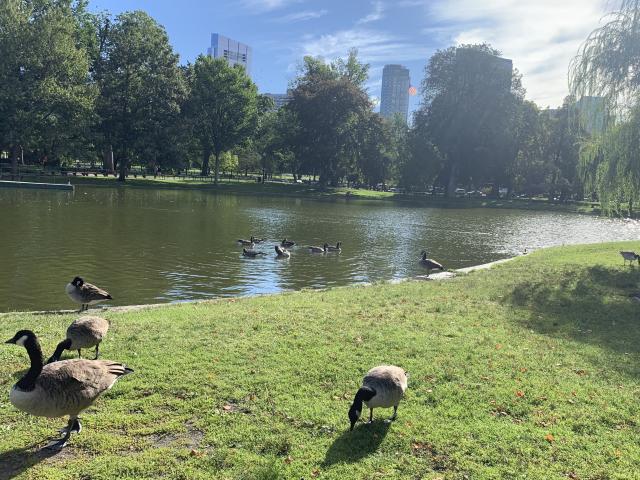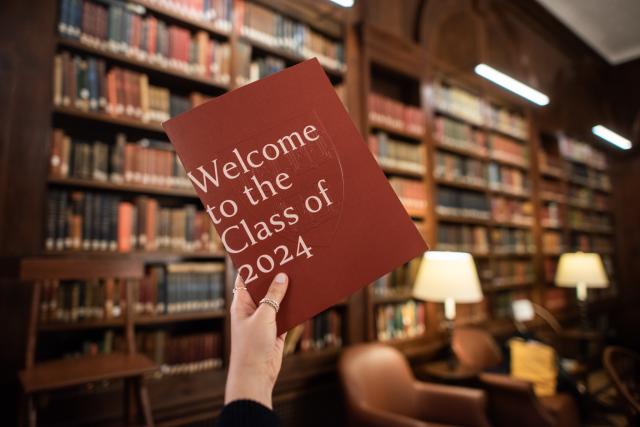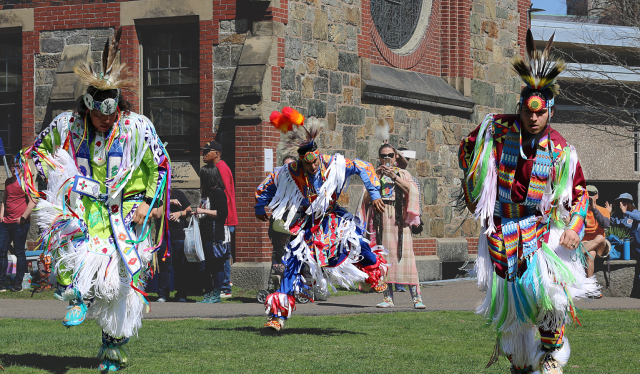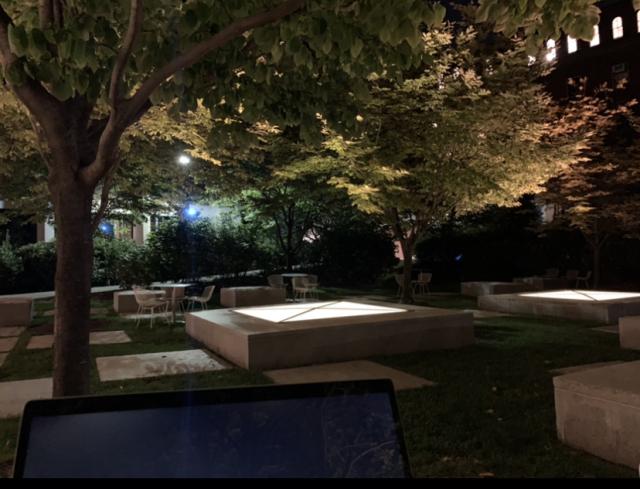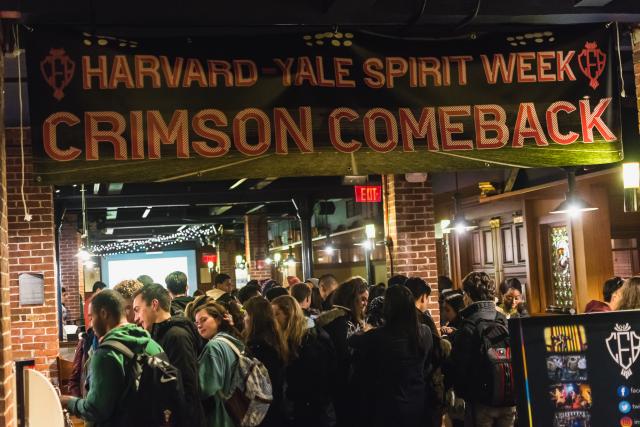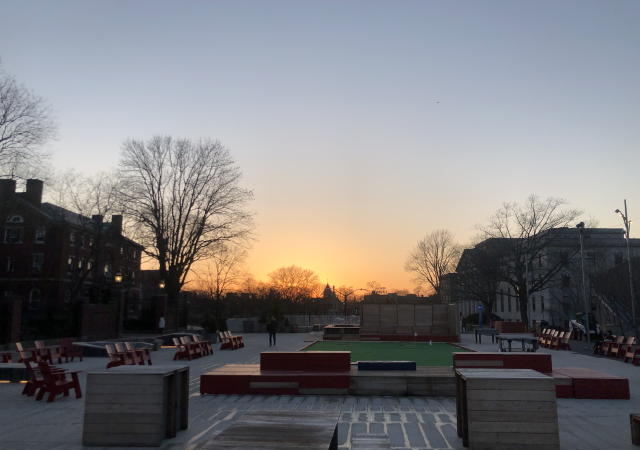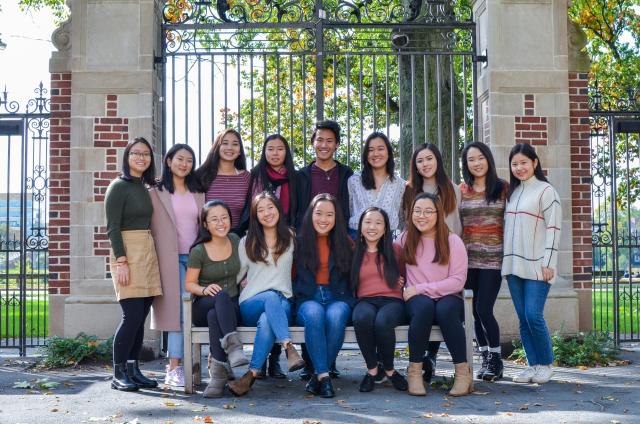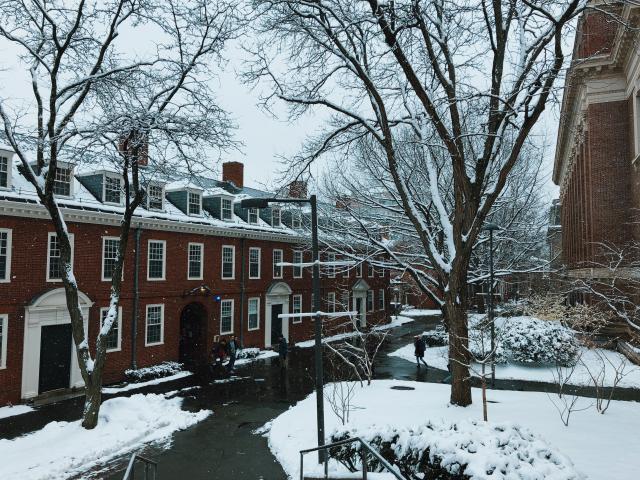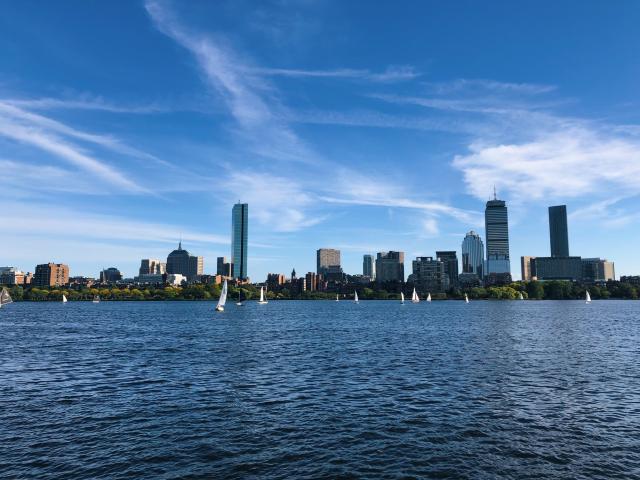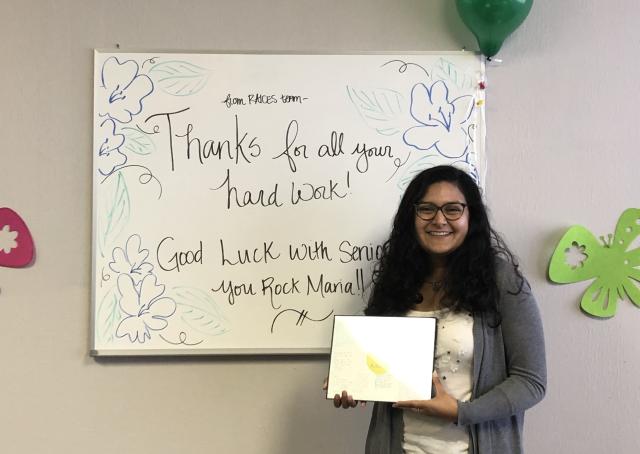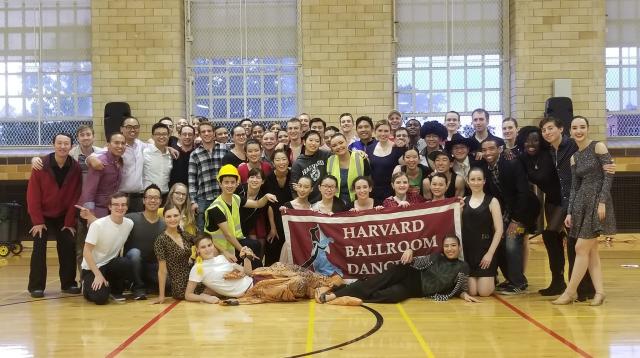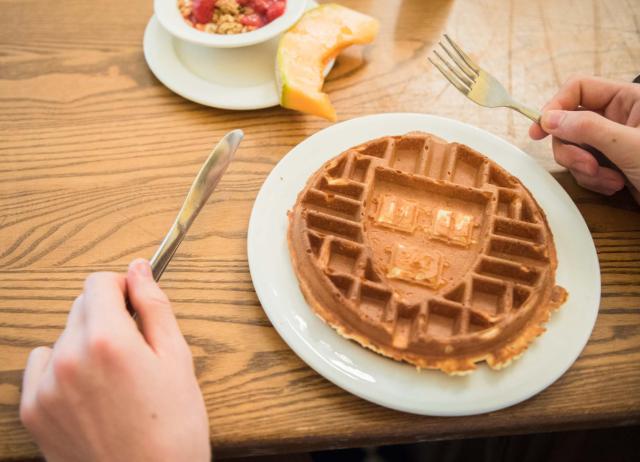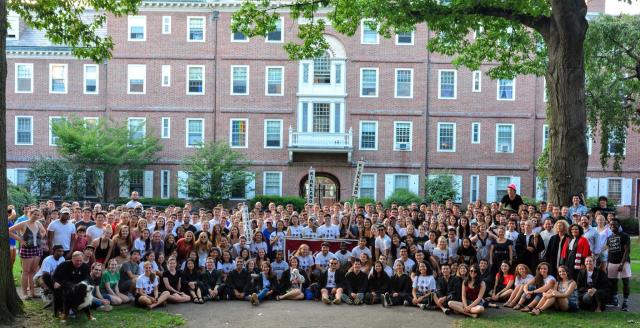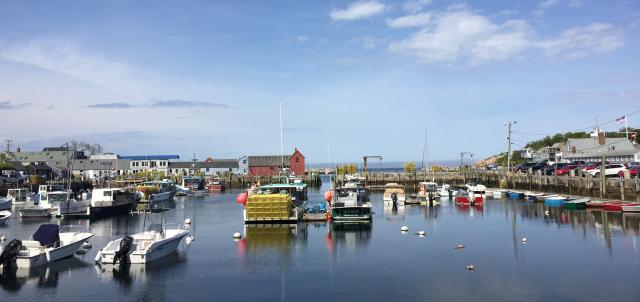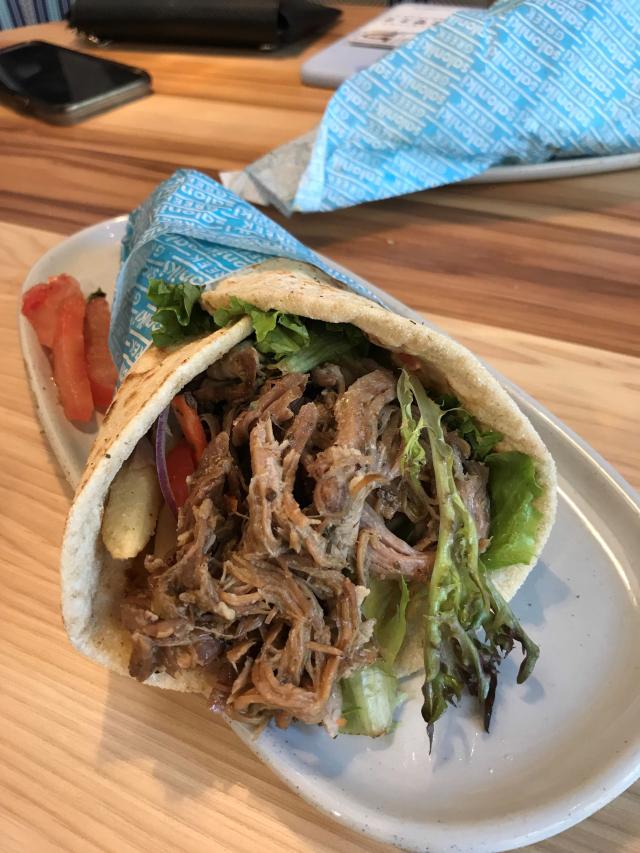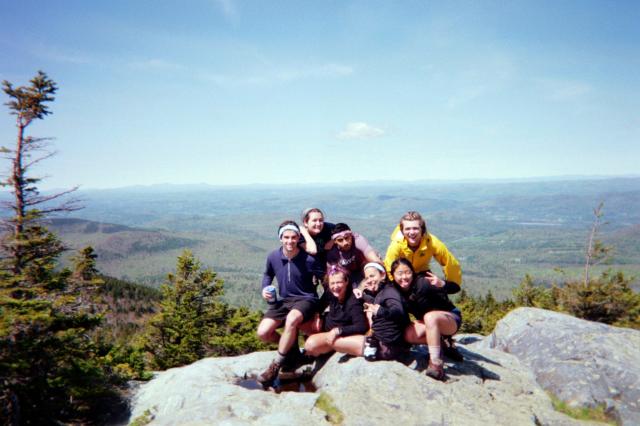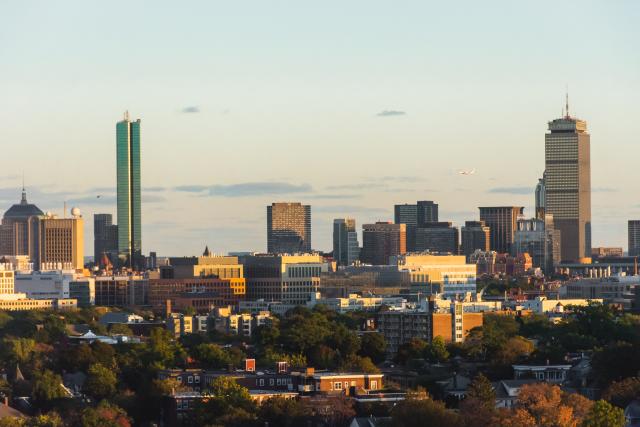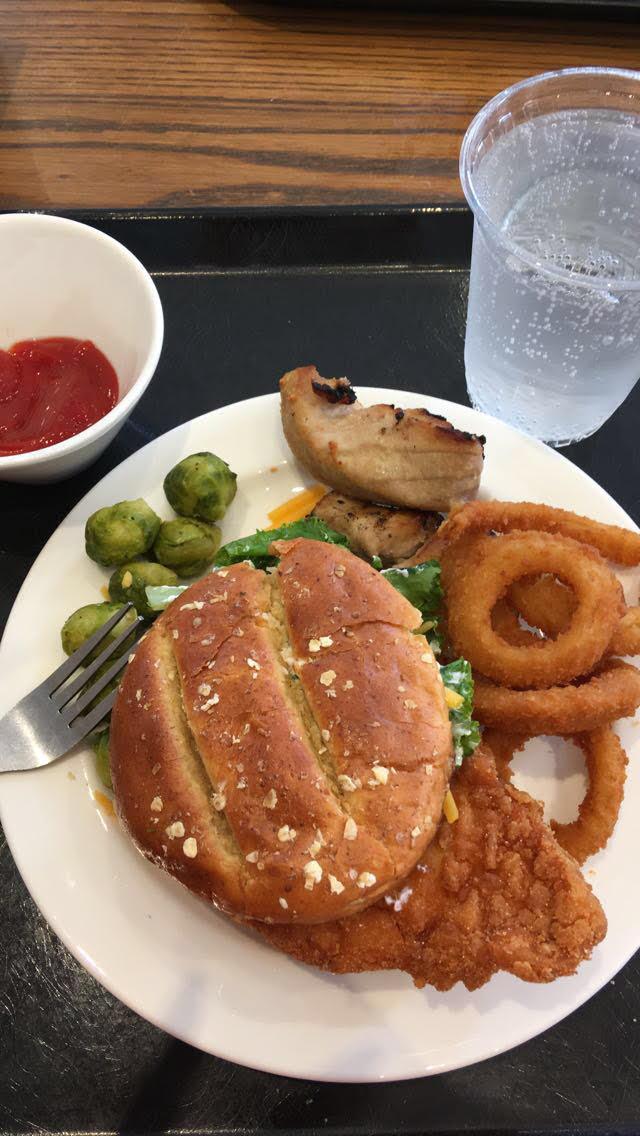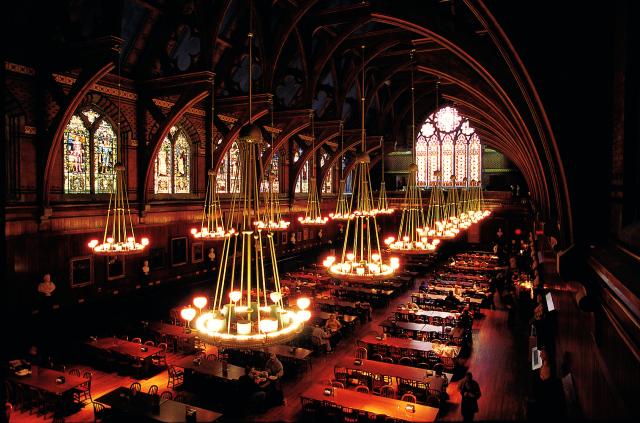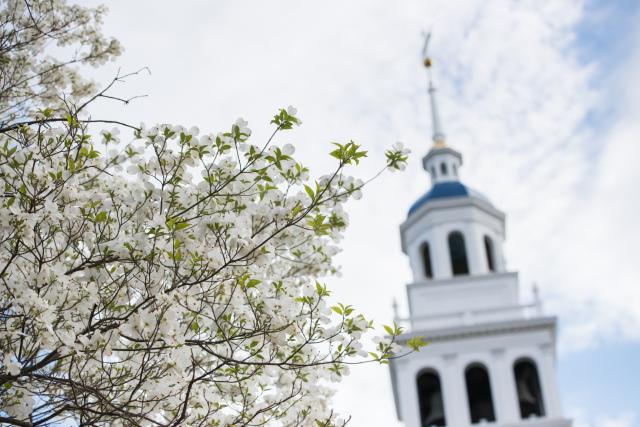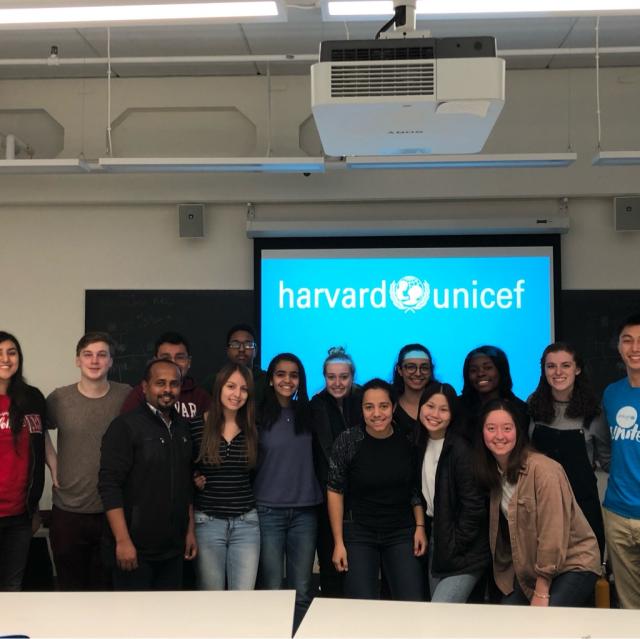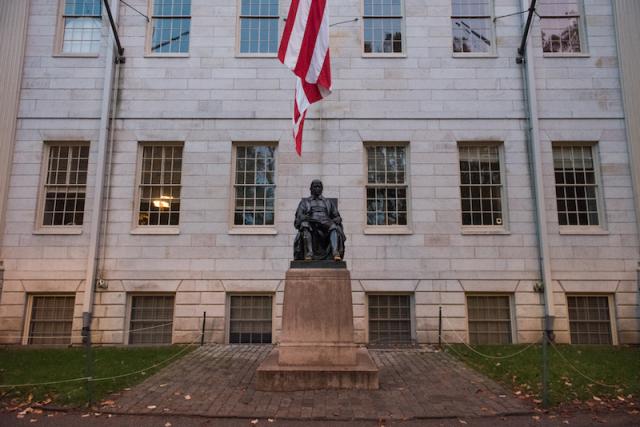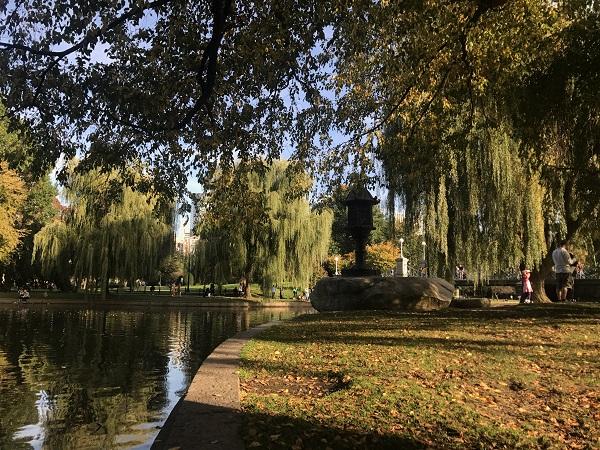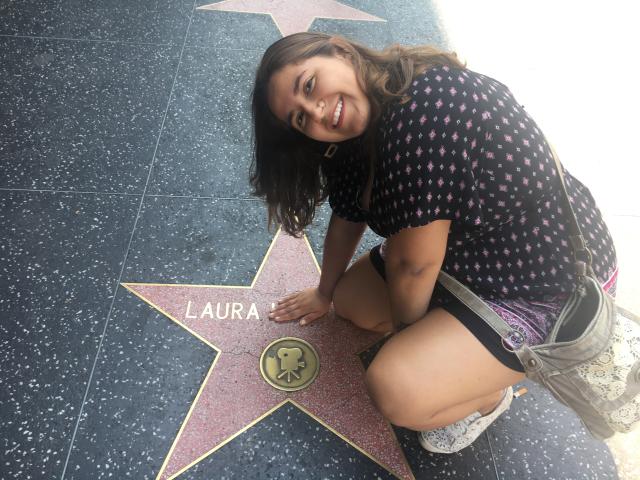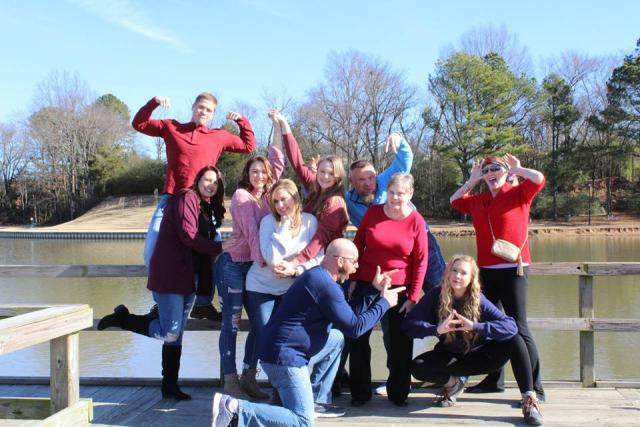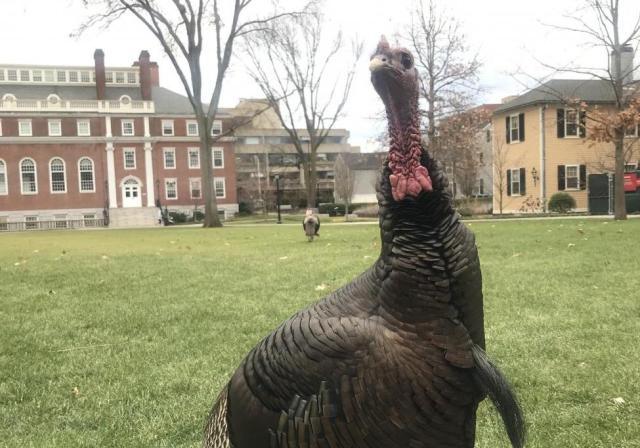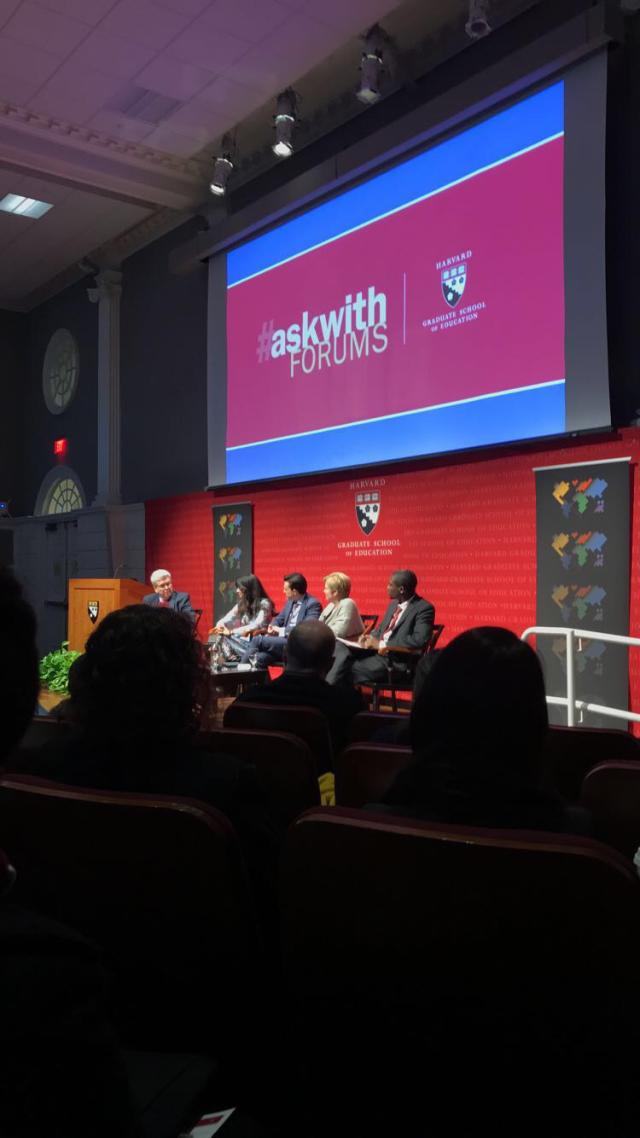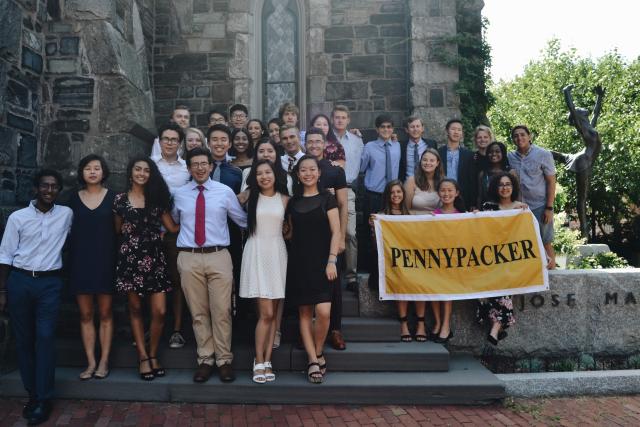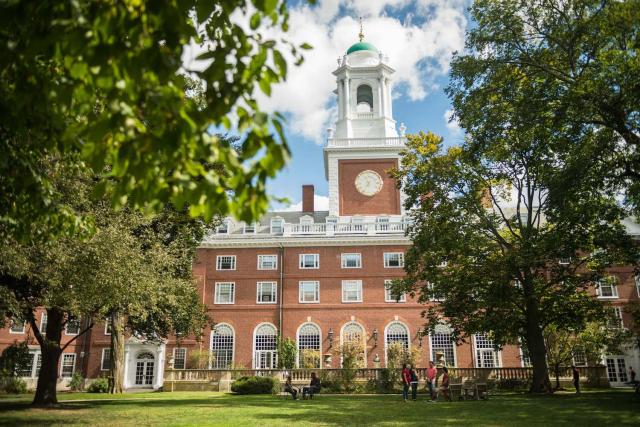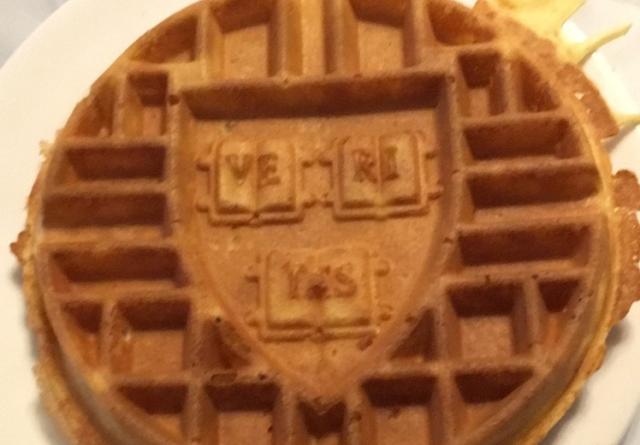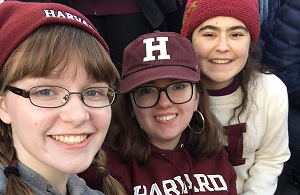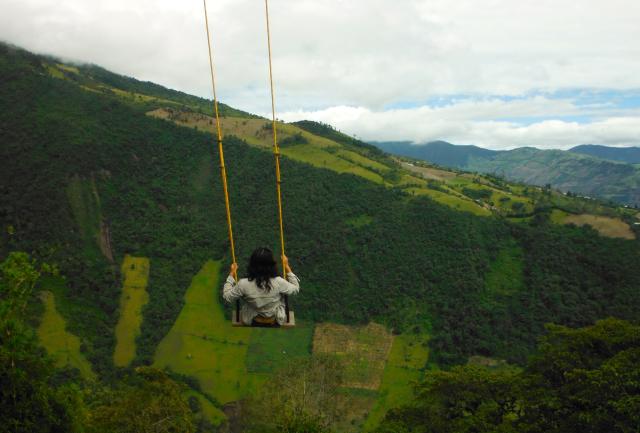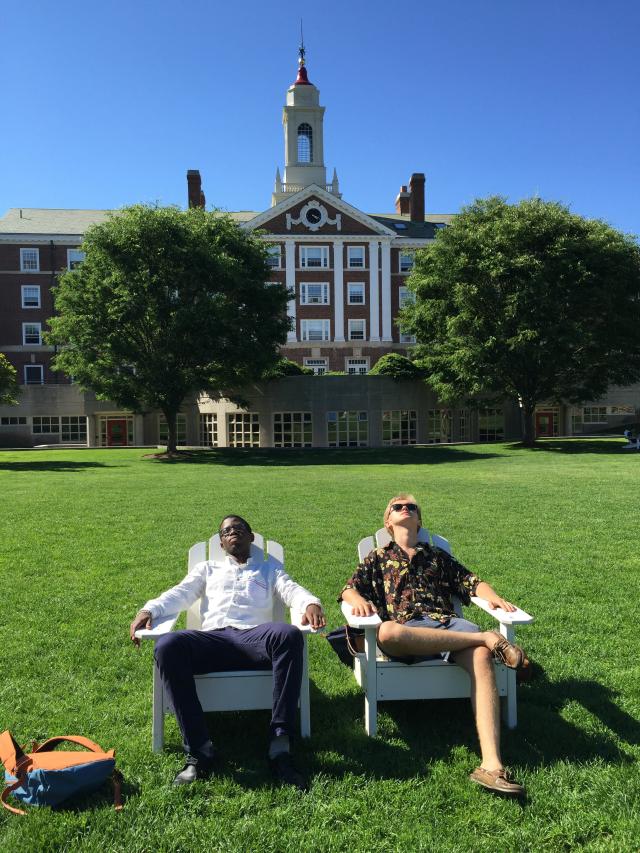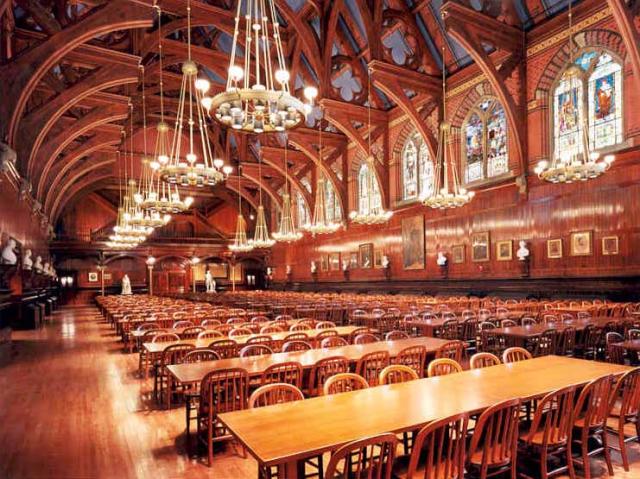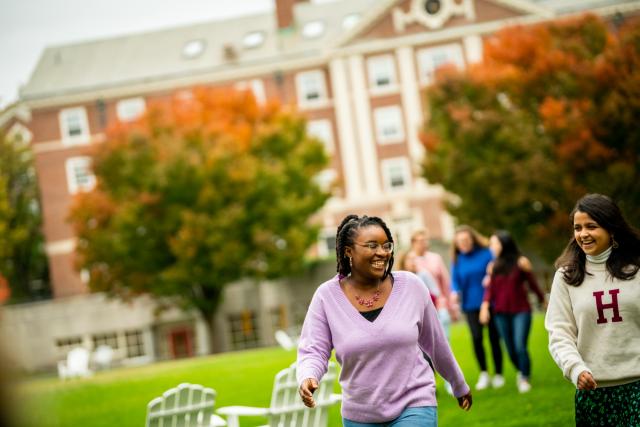Do you love amethysts? Fossils? Sharks?
If you answered yes to any or all of these, then you’re in luck: the Harvard Natural History Museum’s got them all!
The Harvard Natural History Museum in all its beauty and splendor is one of my favorite places at Harvard. One of Harvard’s many museums, the Harvard Natural History Museum has everything from colorful hummingbird displays to glass flowers that look more realistic than real flowers.
Located between the Science Center and the Northwest Building, the museum is a short walk from the heart of campus. The best part is, the Harvard Natural History Museum is FREE to students. Students can even bring a guest for free—what a perk!
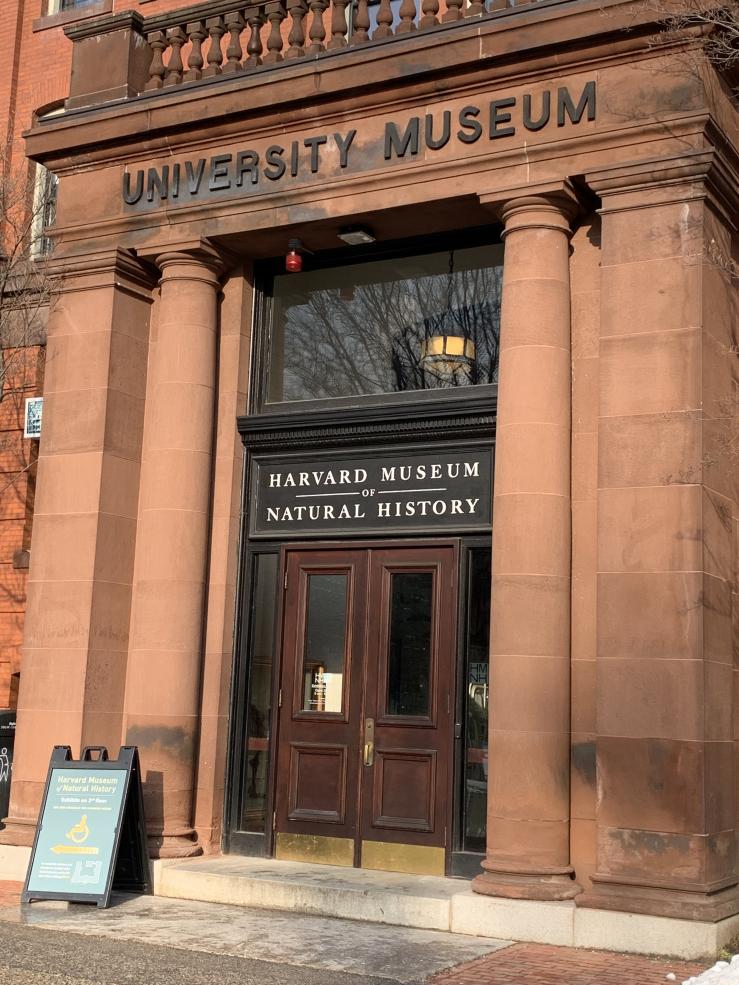
Welcome to the Harvard Natural History Museum!
Located at 26 Oxford St, Cambridge, MA 02138.
The truth is, I would spend all day at the Harvard Natural History Museum if I could. In this blog, I will share with you eight of my favorite exhibits at the Harvard Natural History Museum and some of the cool things I've learned from them!
8. Our Earth (and natural disasters)
As a kid, I loved reading about natural disasters. Every time I went to the library, I would find myself staring at pictures of tornadoes or trying to pronounce the word "tsunami."
Located to the right of the Harvard Natural History Museum, the Earth and natural disaster displays always impress me. Interested in learning about trends in atmospheric carbon dioxide levels, the physics behind hurricanes, and Argo Floats (read more about Argo Floats below)?
If yes, then you’d love this exhibit!

The Science of Climate Change
Rising carbon dioxide levels have been correlated with rising atmospheric temperatures.
Fun Fact #1: Argo Floats are cool!
Argo Floats are devices designed to measure information about our oceans at different depths. They periodically rise and fall—collecting information about temperature, salinity, pressure, and water currents at different ocean levels—then float to the surface to transmit their information to researchers. Thousands of them are deployed in oceans across the map and provide scientists with important data about ocean trends and climate change!
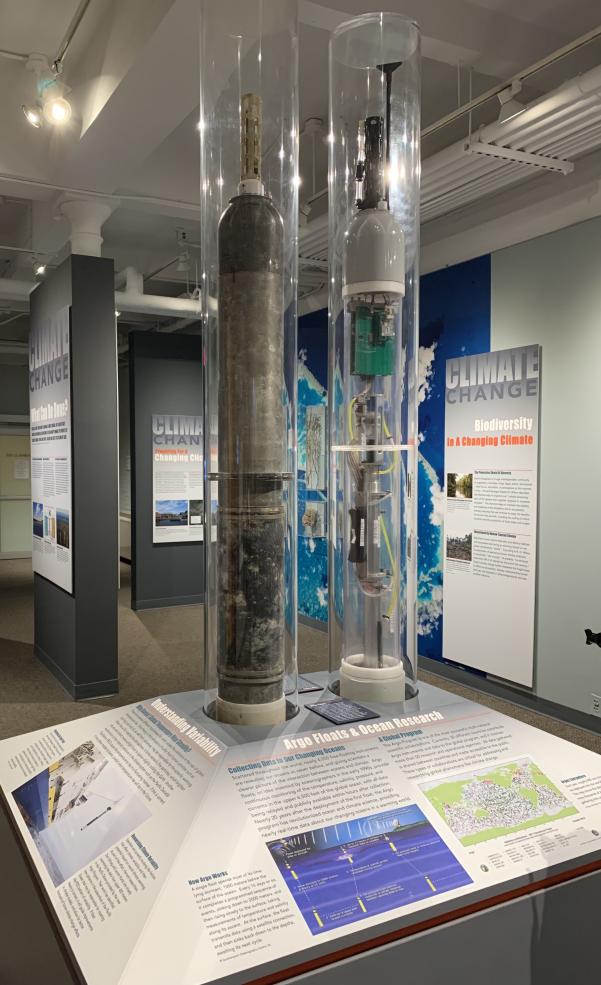
Argo Floats
Thousands of Argo Floats are scattered across the world's oceans, giving scientists useful information about the atmosphere.
7. Dinosaurs and Prehistoric Creatures
What's a natural history museum without dinosaurs?
The Harvard Natural History Museum has many fossils of dinosaurs and prehistoric creatures on display. Notably, the museum houses the first Triceratops skull ever discovered, the only hanging skeleton display of a marine reptile called Kronosaurus, and a HUGE turtle shell.
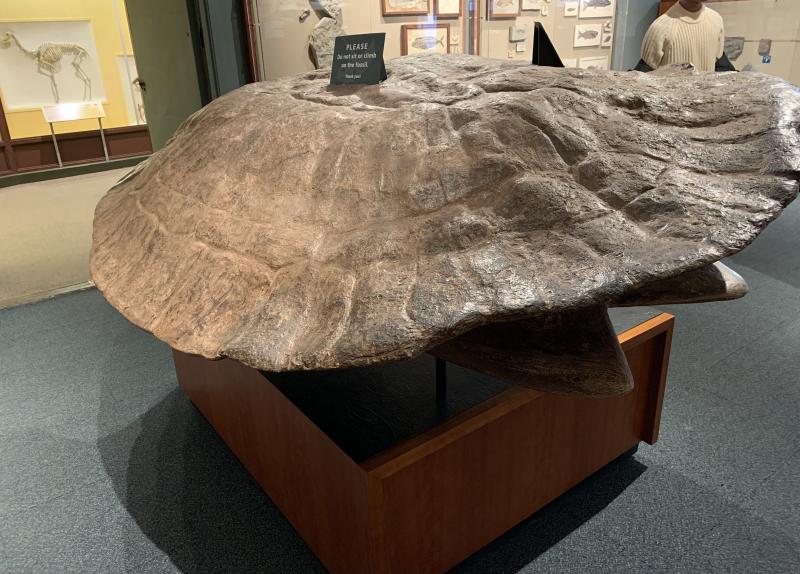
Giant Turtle
A cool giant turtle shell...don't climb on it!
Fun Fact #2: The coelacanth is an ancient fish that has pretty much stood the test of time.
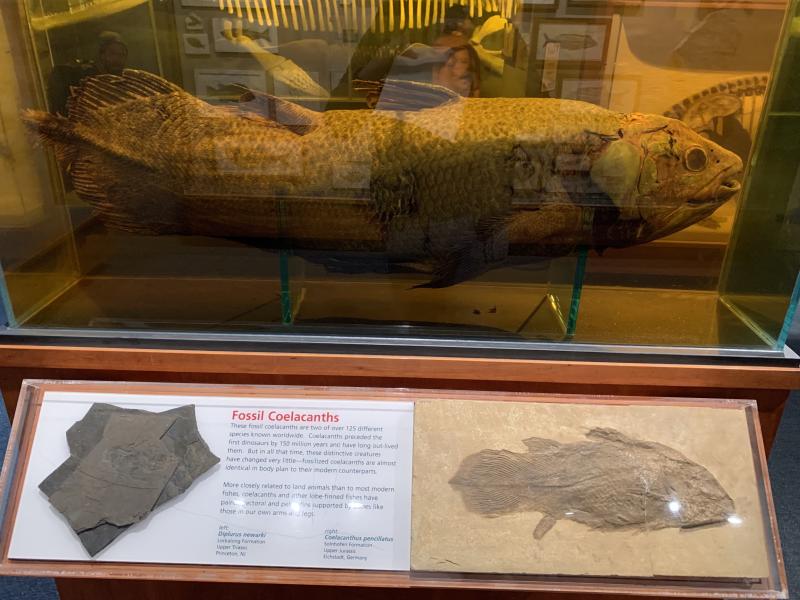
An Ancient Specimen!
One of the coolest fish alive, the coelacanth is almost a living prehistoric fish!
Once thought to be extinct, the coelacanth was found in South Africa in the 1930s. Certainly, it’s like a living dinosaur!
6. Warm-Blooded Friends
I love birds and capybaras, so I was particularly happy when I found them at the museum.
The Harvard Natural History Museum houses many life-like models of warm-blooded animals, and birds are among them! The museum contains a wonderful bird exhibit and a room with models of primates, hippos, giraffes, deer, gazelles, the infamous capybara, and many more!
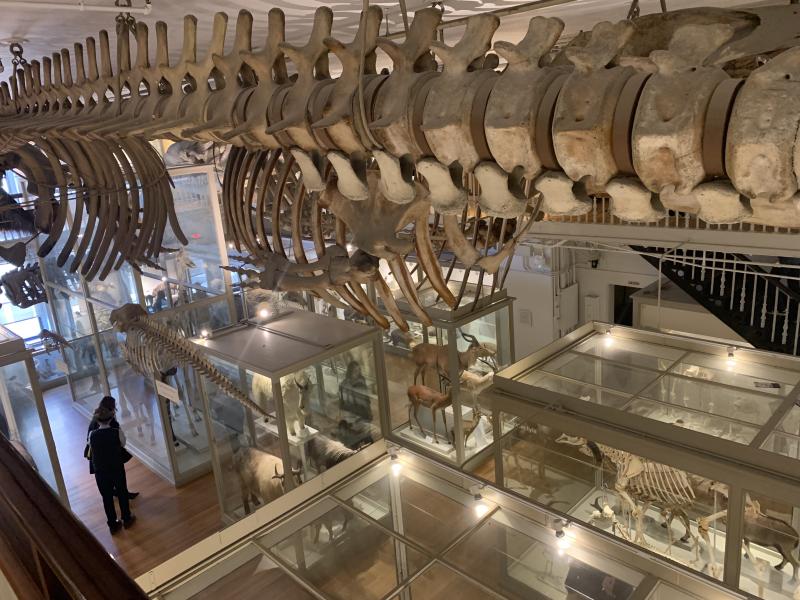
Cool Bones, Impressive Mammals
Among the exhibits are countless displays of mammals and even a hanging skeleton of a whale!
Fun Fact #3: There are hummingbirds in all shapes, sizes, and colors.
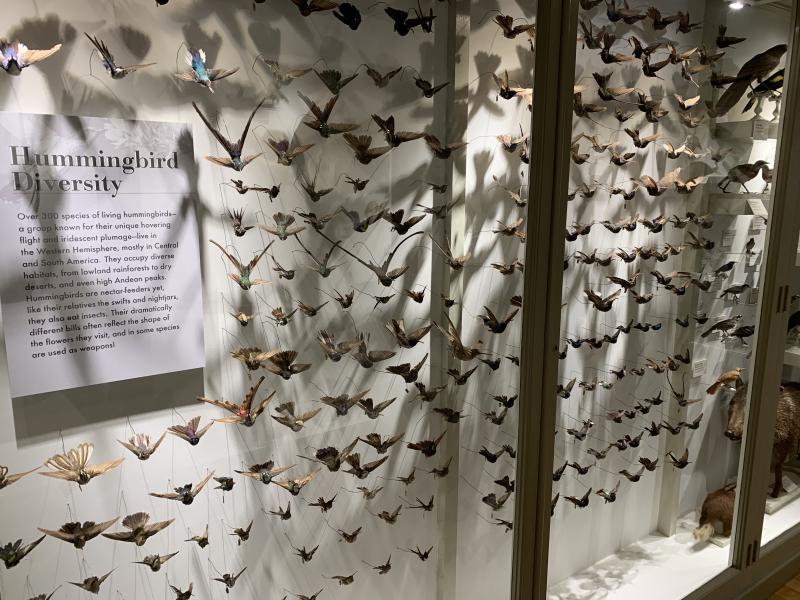
Hummingbirds!
There are so many beautiful variations of them!
There are so many varieties of these little nectar-sippers, and they are all incredibly beautiful.
5. Forests, Fungi, and Symbiosis
Forests are diverse environments filled with a huge variety of plants, animals, and fungi. What better way to learn about them than to listen, see, and touch them?
The various forest, fungi, and plant displays throughout the museum were outstanding. Like many of the other exhibits, the forest exhibit was designed to be interactive and simulate natural symbiosis.
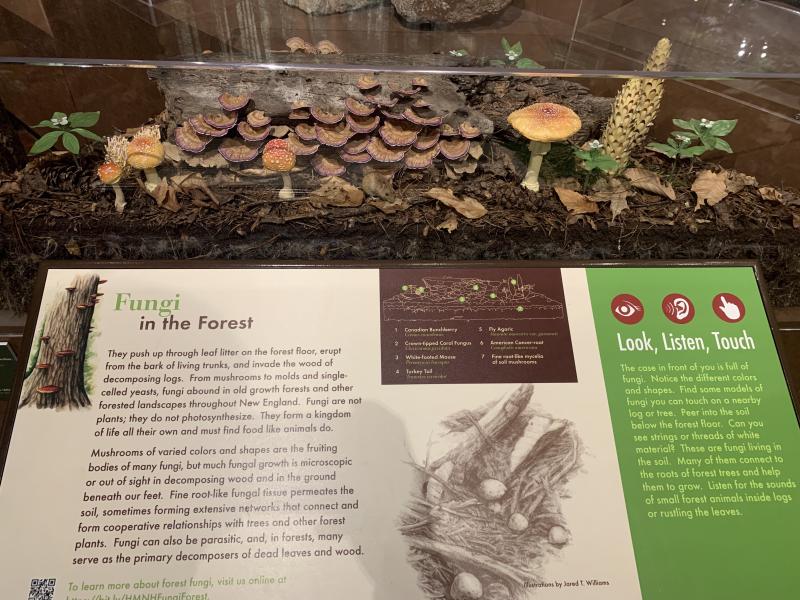
Look, Listen, Touch
Interactive displays like this one were very informative!
Fun Fact #4: “Side leaflets like mittens will itch like the dickens.”
Can you guess the plant? It’s poison ivy! You probably know that poison ivy is not a fun plant to touch, but did you know that its vine is irritating like its leaves? I sure didn’t. I learned a lot about poison ivy, including that their bushy vines climb up tree trunks and that rising atmospheric carbon dioxide levels have led poison ivy to proliferate. What’s worse? Rising carbon dioxide levels have also made their oil more irritating—watch out!
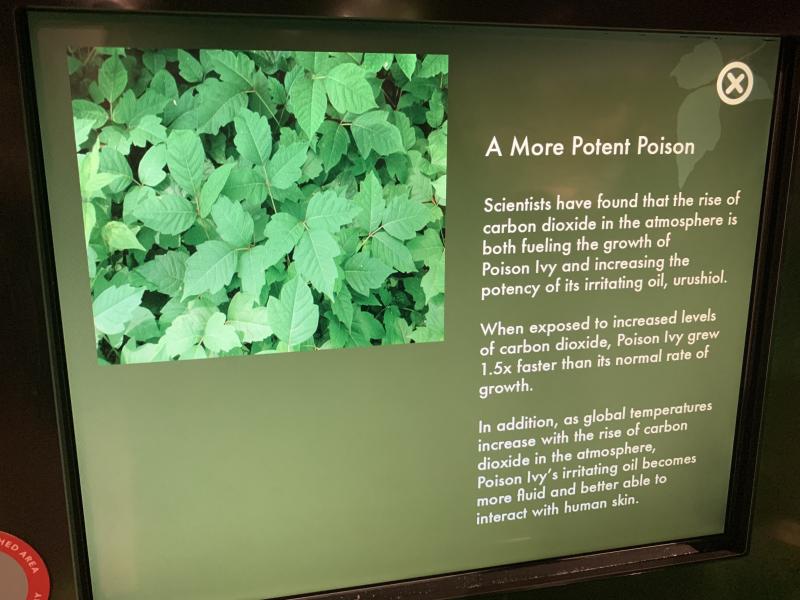
Poison Ivy and Carbon Dioxide
Did you know that carbon dioxide levels directly affect poison ivy populations? I sure didn't!
4. Diamonds, Chalcopyrite, and other Cool Minerals
Rocks. Some are shiny, some are not. Some are smooth, some are crystalline (and can form mineral cities). They come in all shapes and sizes, and you’ll find so many different kinds of them in the Harvard Natural History Museum!
You’ll find everything from meteorites to diamonds. You’ll even find sculpture-like mineral formations, jewelry, and light-sensitive minerals!
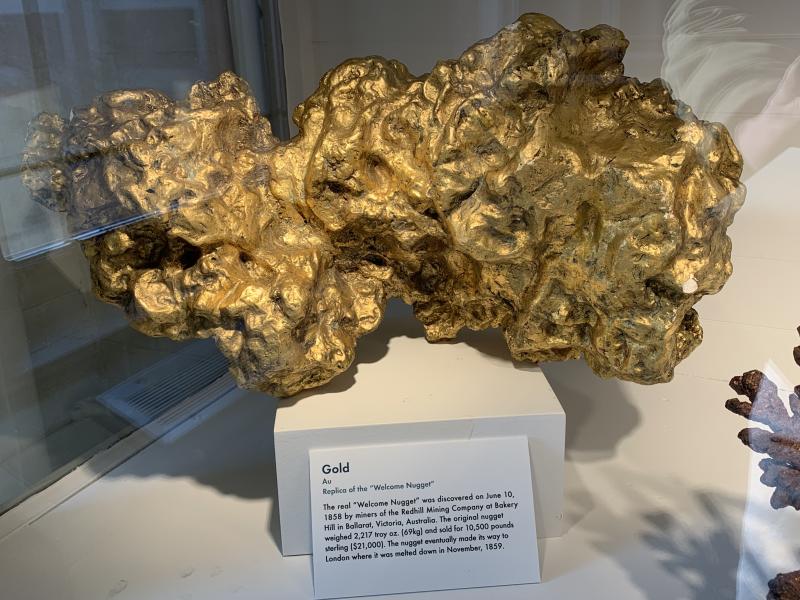
Welcome Nugget
Read about this replica of the massive "Welcome Nugget," which weighed 69kg!
Fun Fact #5: Geodes can get BIG.
Have you ever bought one of those break-your-own-geodes? They’re cool and fun but they’re small. Curious, I asked someone at the gift shop how geodes form. Geodes form when lava hardens around an air bubble, forming a pocket. Water can enter this pocket, depositing various minerals that crystallize after the water evaporates. Not all geodes are small, though. This geode is definitely NOT small…
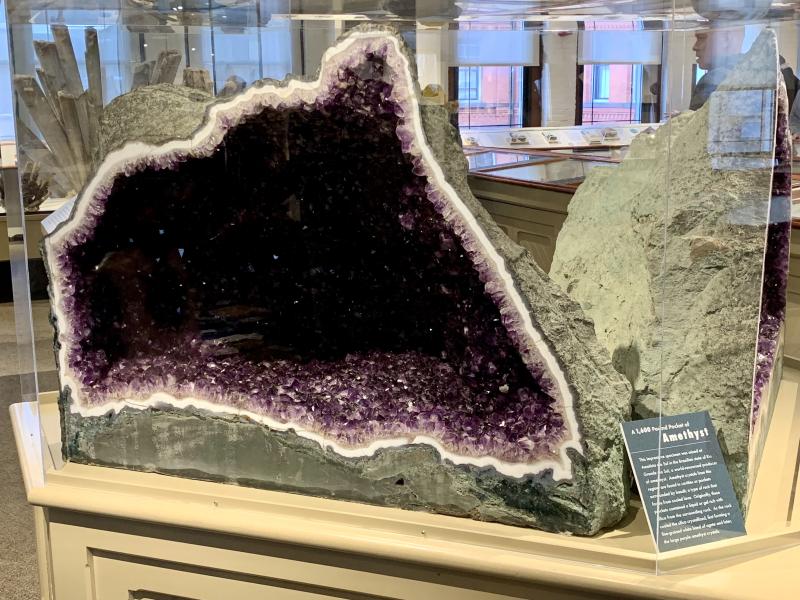
A Massive Geode
This amethyst geode is breath-taking!
3. SHARKS (and other aquatic animals)
What’s not to love about sharks? Their speed, sheer strength, and intimidating stance make them a creature to reckon with!
Here’s how large they can get:
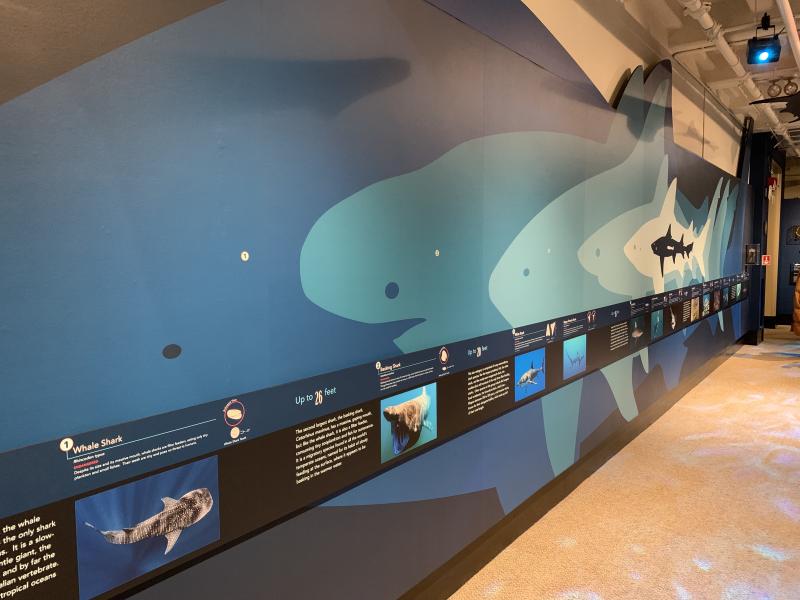
Sharks!
Big or small, sharks are cool.
If you’re like me and love sharks, you’ll absolutely love this display. The Swimming with Sharks exhibit has shark jaws, a cool video, and a shark skin demonstration on display.
If you’re interested in other aquatic creatures, you won’t be disappointed. You'll also find displays of everything from colorful fluorescent jellyfish to nautiluses (or nautili), my favorite animal.
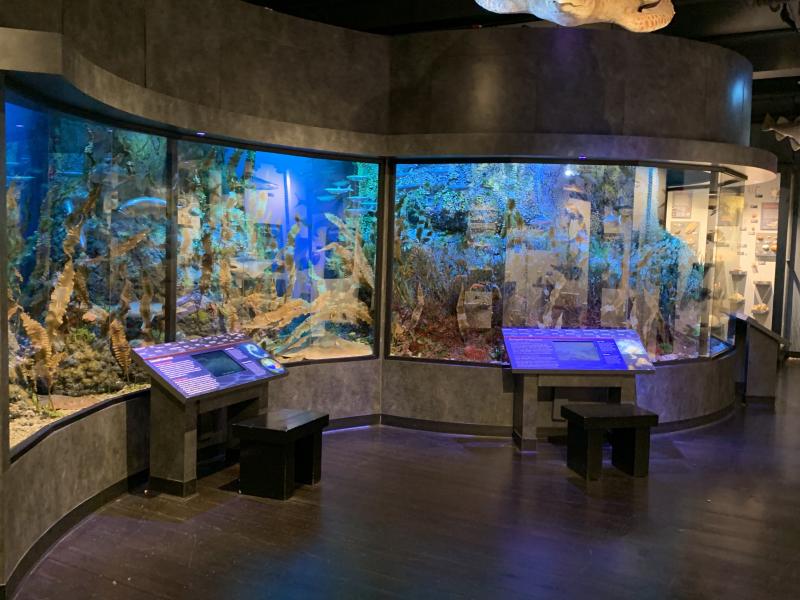
Beauty of Aquatic Life
Want to see fish and other cool sea creatures? The Harvard Natural History Museum's got you covered!
Fun Fact #5: Shark skin has evolved to make sharks aquadynamic beasts.
Sharks are covered in scale-like dermal denticles, whose parallel organization allows water to glide past them as sharks swim through the water. Similar to scaly fish skin, if we were to rub our fingers across shark skin, it would feel smooth in one direction and like sandpaper in the other. Engineers have used this design to make modern swimsuits more aquadynamic—cool right?
2. Bugs, Bugs, Bugs! (and bug-like creatures)
How do you define a bug? A creepy-crawly? Any small creature with six or more legs? Organisms that belong to the Hemiptera order? Not always an insect?
I can’t tell you which answers are correct, but I can tell you the Harvard Natural History Museum has collections upon collections of creatures that were bugs or that looked like bugs!
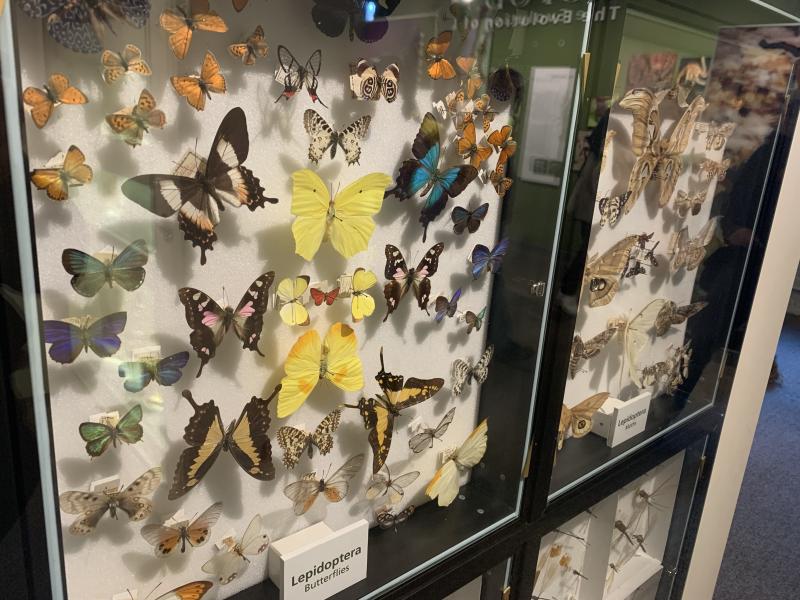
Insecta
Butterflies and other insects (organisms in the class Insecta) are varied and stunning!
Fun Fact #6: There are a LOT of different kinds of bug-like creatures, and many of them are not actually “true bugs”!
Spiders, like other arthropods such as scorpions and centipedes, are not considered true bugs, which are organisms in the Hemiptera order. Spiders are arachnids, which means they are not insects either! On the other hand, while butterflies, beetles, bees, and other creatures that don’t start with “b” are not bugs, they are insects. Whether they’re bugs, insects, or neither, they are all beautiful (and sometimes kinda creepy)!
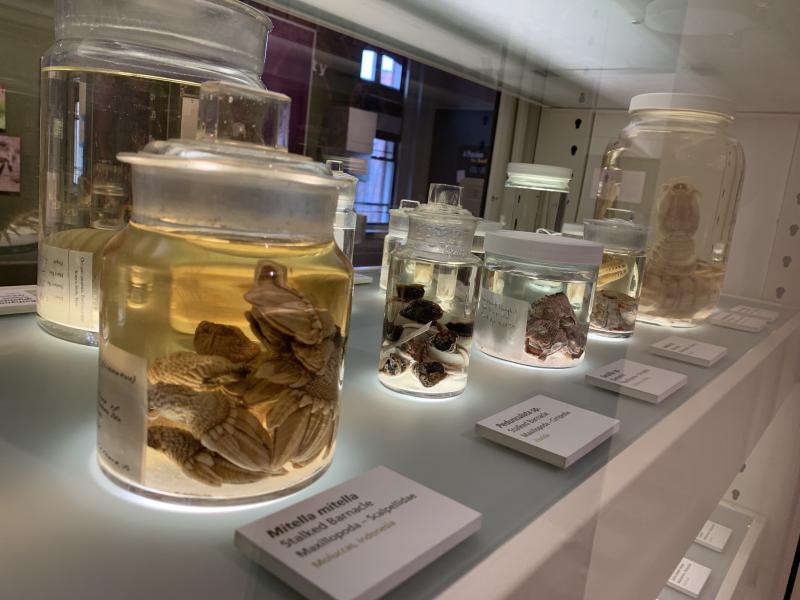
Shrimp, Barnacles, and Centipedes
What do they have in common? They're all crustaceans!
1. The Glass Flowers
While you won’t be able to smell any roses, the delicate, detailed glass sculptures of flowers in the museum’s Ware Collection of Glass Models of Plants—aka the “Glass Flowers”—will not fail to captivate you.
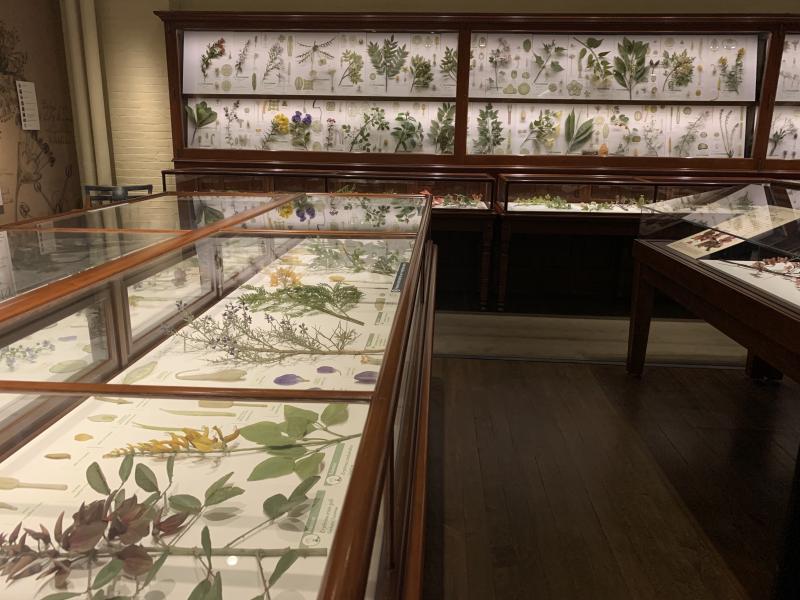
Wonders of the Glass Flowers
My favorite exhibit at the Harvard Natural History Museum, the Glass Flowers never fail to impress.
Situated at the center of the Harvard Natural History Museum, the Glass Flowers exhibit contains hundreds if not thousands of glass models of flowers crafted by glass artists and scientists, Leopold and Rudolph Blaschka. The father-son duo from Böhmisch Aicha, a town in the area we now call the Czech Republic, came from a family of glass artists and developed a passion for creating scientific models of invertebrates and other organisms. In 1886, Harvard Botanical Museum Director George Goodale convinced Leopold and his son to produce a set of glass flowers for Harvard University. Then, in 1890, the Blaschka brothers signed a contract with Harvard University to produce the rest of the flowers in the Glass Flowers collection!
The only way to become a glass modeler of skill…is to get a good great-grandfather who loved glass." – Leopold Blaschka, June 26, 1889
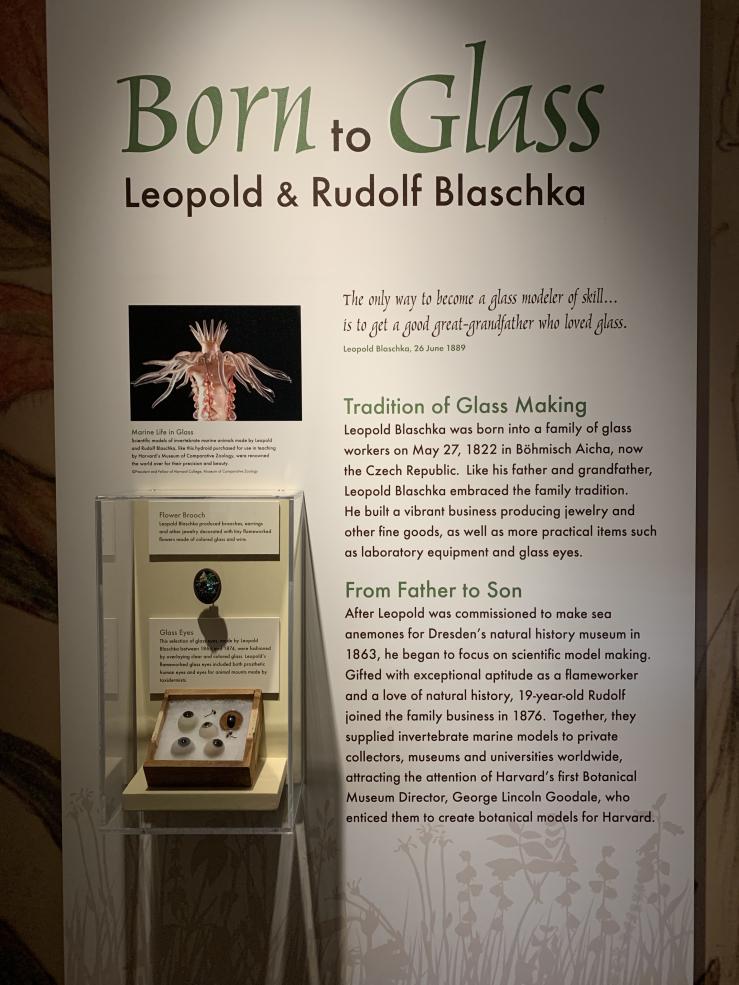
The Blaschkas, the Artists behind the Glass Flowers
Read about the life stories of Leopold and Rudolf Blaschka here!
The Glass Flowers is by far my favorite exhibit. The plants are beautiful and their biological accuracy is uncanny, but I especially love the exhibit because I’ve had a lifelong love of plants. This exhibit, as well as those at the Harvard Herbarium and the Arnold Arboretum, is what I call a “plant-lovers playground”—it’s got everything plant enthusiasts like me need to stay entertained for days!
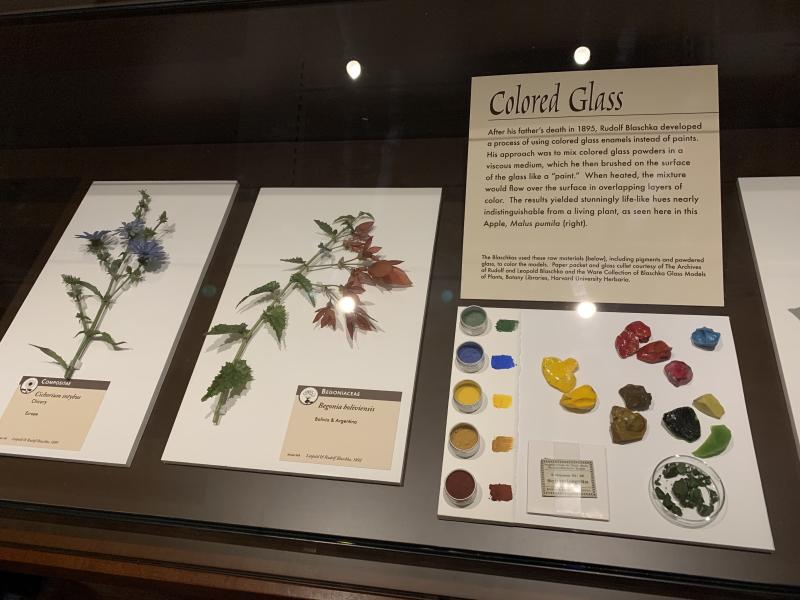
Learning something new every day!
Rudolf Blaschka experimented with pigmented glass, which allowed him to create hues indistinguishable from those of real flowers. How cool!
If you have not been to the Harvard Herbarium or the Arnold Arboretum, I would highly recommend checking those out as well. Read more about these facilities in my blog on a class called Tree!
Leaving the Museum
Now that I’ve told you about all my favorite parts of the museum, I’ll tell you about my least favorite part: leaving.
The first time I went with my friends, I stayed for hours and only got through the Glass Flowers and rock collection. The museum was astounding! I left only because the museum was closing. The next time I went, I finally got to see the rest of the museum.
Every time I go, I visit the gift shop.
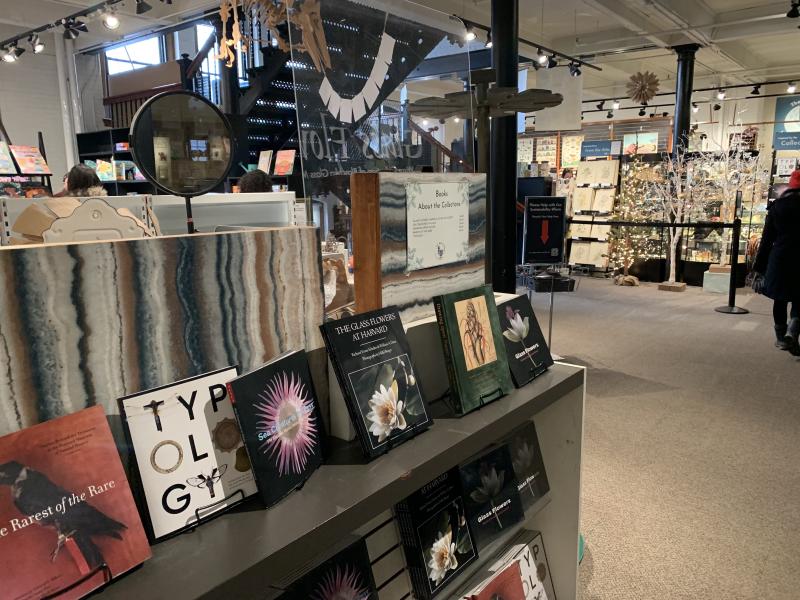
Gift Shop!
My favorite place to visit before leaving a museum, the gift shop has plant prints, mineral mushrooms, mugs, and more!
With every visit comes new insights. With every visit comes new experiences and viewpoints. I realized the Harvard Natural History Museum is as inspiring as it is educational. In summary, here are my top 3 takeaways:
- The Harvard Natural History Museum is awesome
- The Harvard Natural History Museum has countless interactive displays, cool exhibits, and a neat little gift shop that will make sure you never want to leave
- The Harvard Natural History Museum is awesome
Have fun exploring the Harvard Natural History Museum!
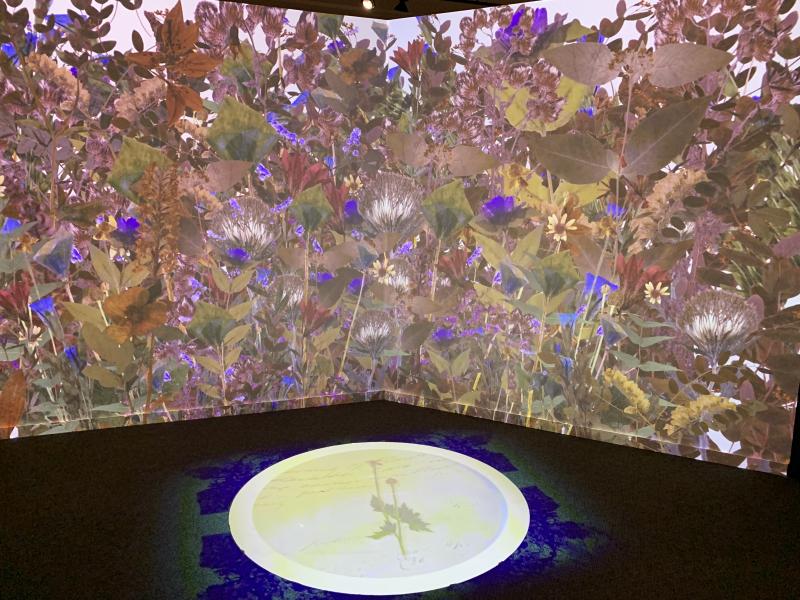
The End
To see displays like this for yourself, go visit the Harvard Natural History Museum, open 9AM-5PM!
Check out these resources to learn more about the Harvard Natural History Museum:
- Harvard Museum of Natural History website - Harvard University
- Harvard Square - Harvard Museum of Natural History
- Harvard Museum of Natural History Facebook
- @HarvardMuseumofNaturalHistory on YouTube
- @harvardmuseum on Instagram
Also, check out these resources to learn about the incredible Glass Flowers!
- Glass Flowers: The Ware Collection of Blaschka Glass Models of Plants
- The Glass Flowers - Harvard University Herbaria & Libraries
- From the Hands of the Makers - Harvard Museum of Natural History on YouTube
- “A Brief History of Harvard's Glass Flowers Collection and Its Development” - Journal Article, JSTOR, Susan M. Rossi-Wilcox
- Virtual Glass Flowers Tours - Harvard Museum of Science & Culture
